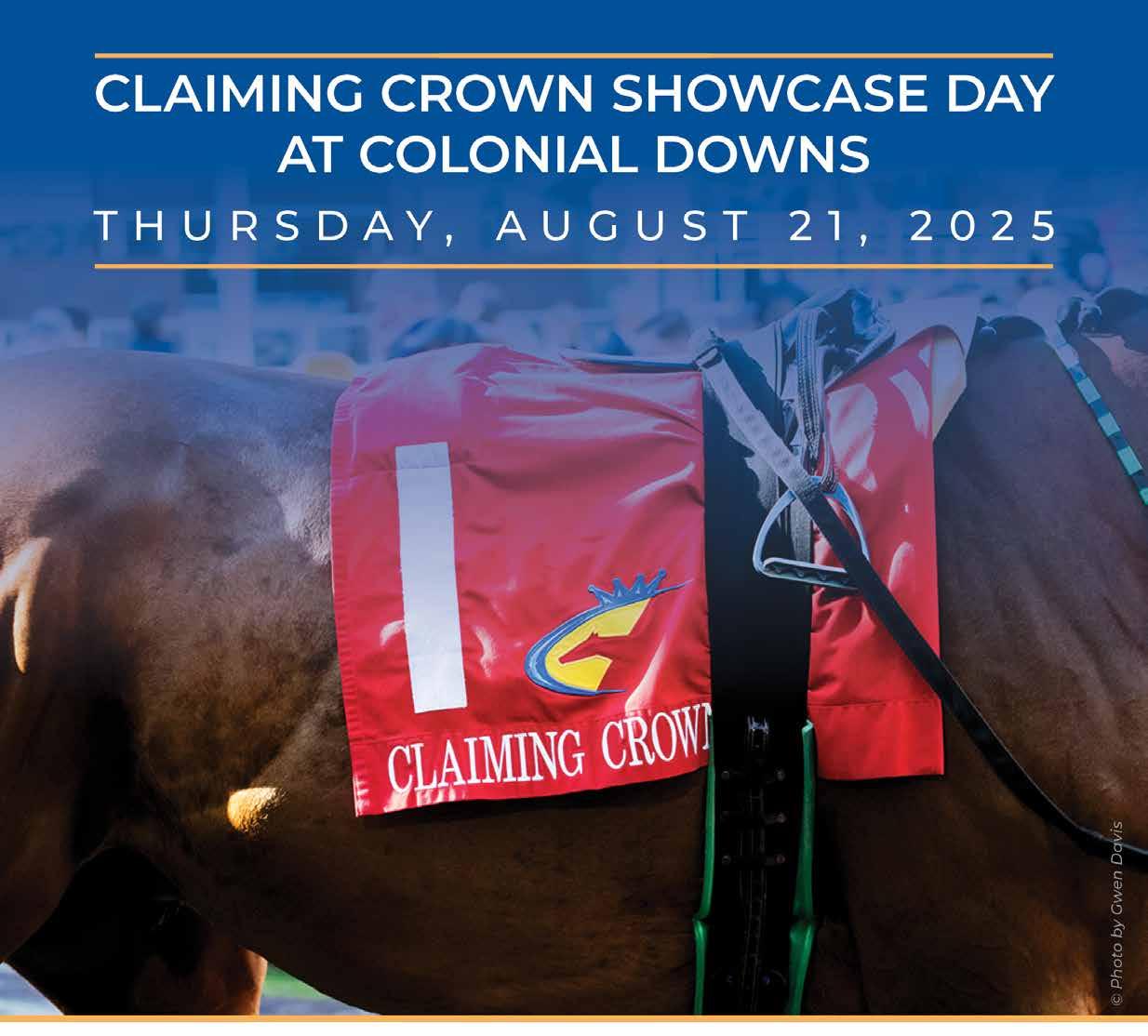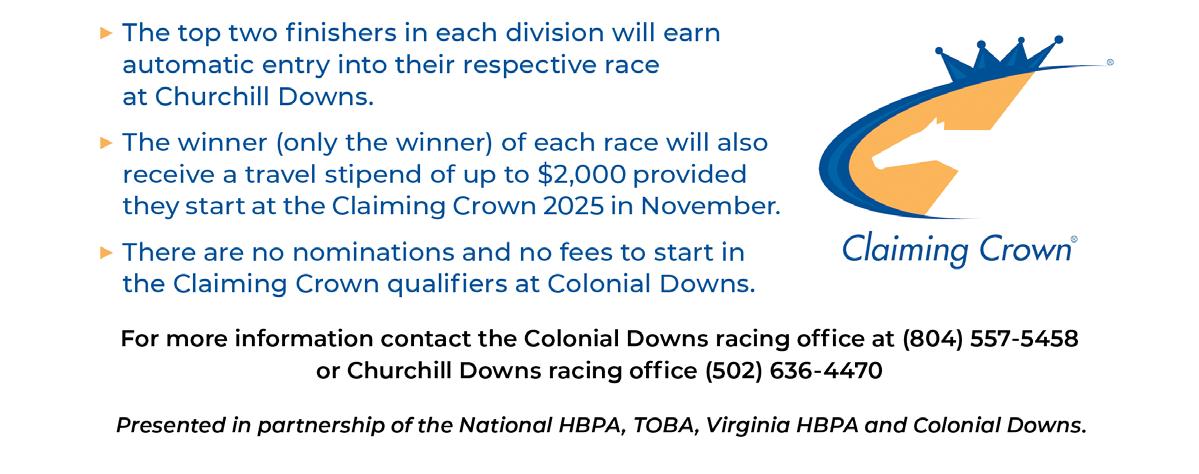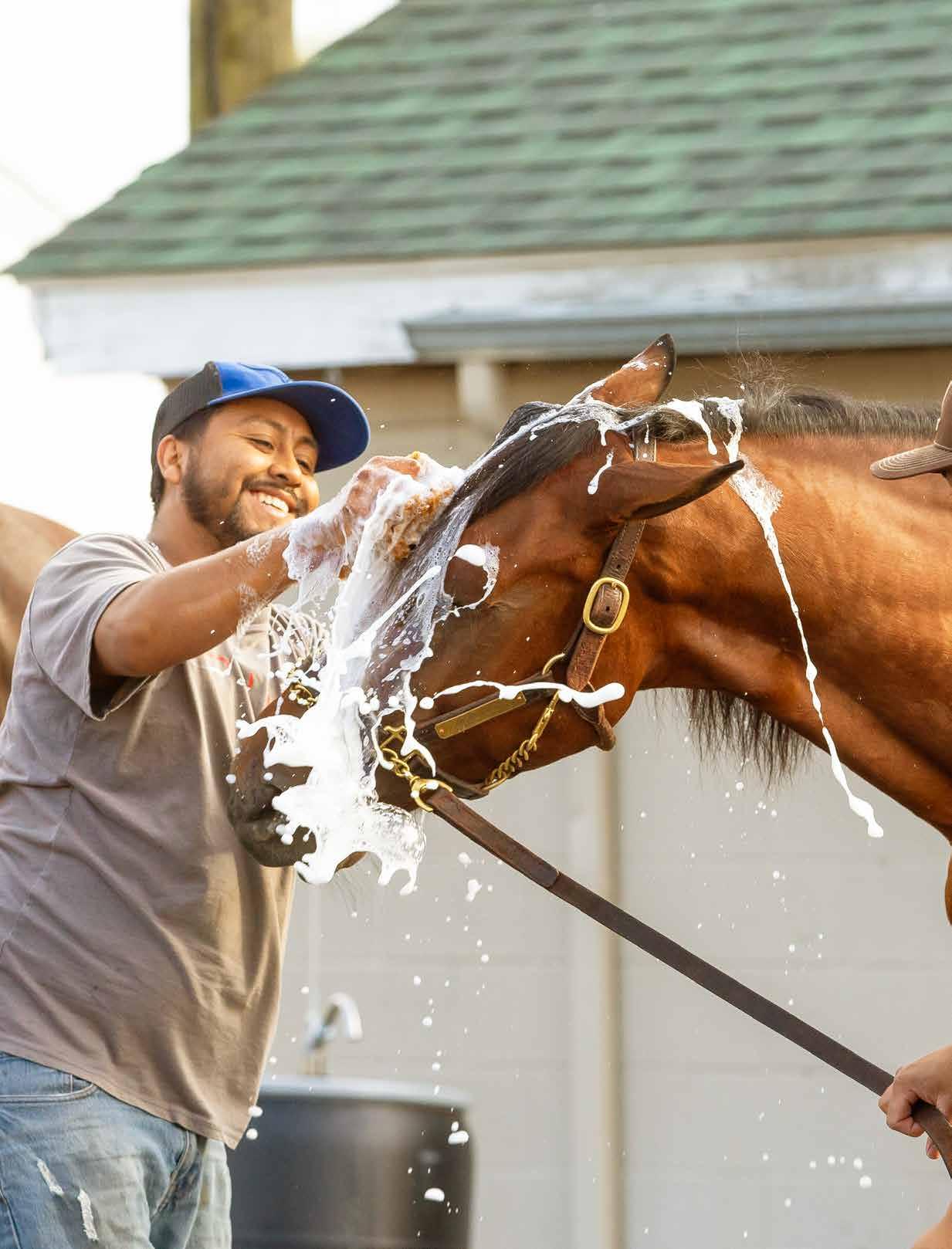

HORSEMEN’S
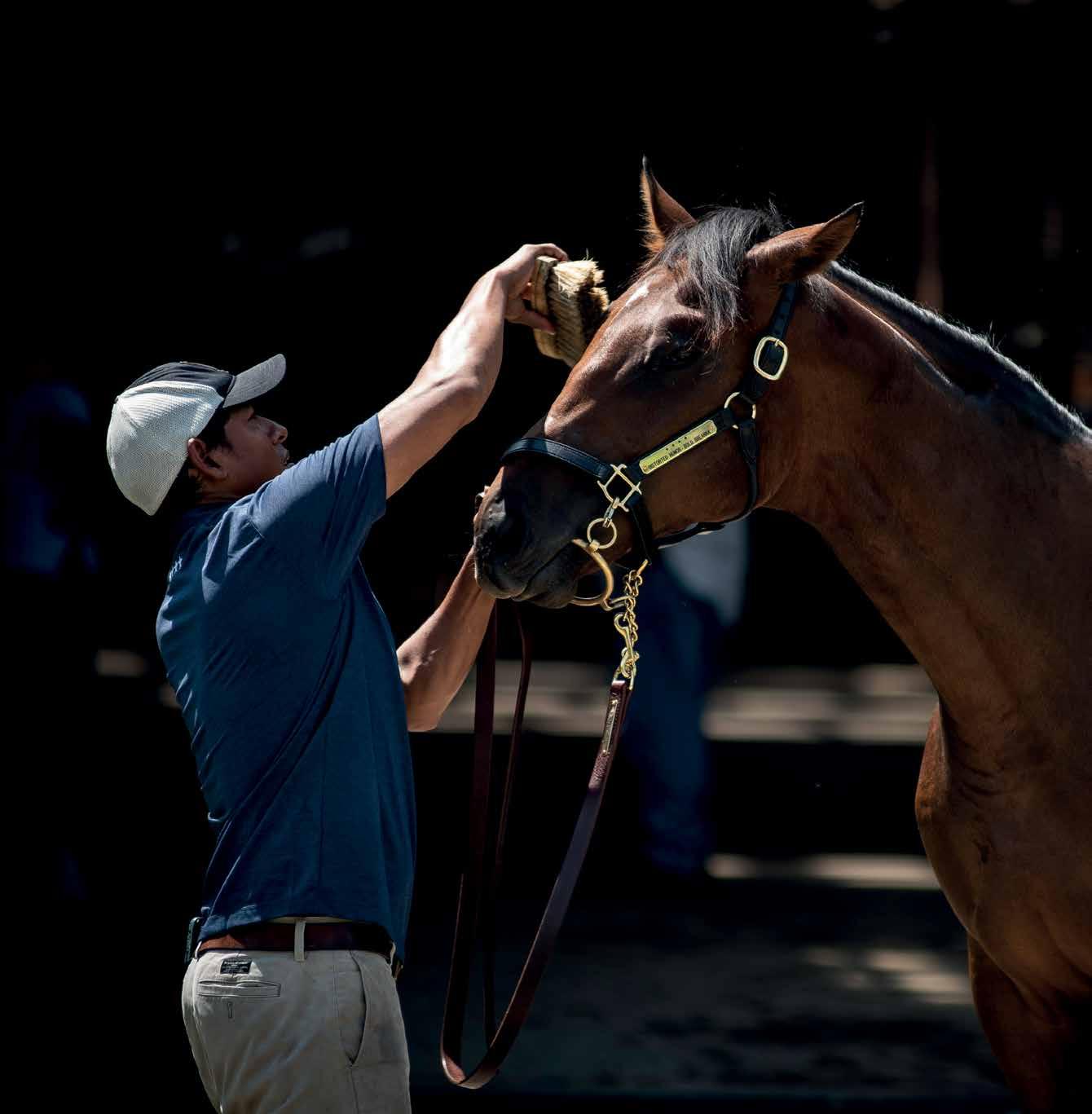





THE HORSEMEN’S JOURNAL
CONTENTS | SUMMER 2025 | VOLUME 72/#2
DEPARTMENTS
Message from the National HBPA
FEATURES
18 Big Questions
Horse racing’s $342 per-start charge and escalating budget: Can the industry afford HISA’s 2025 compliance curve?
22
What a Dude, What a Mess!
The story of a classic perivascular Lasix “bleb” injection
28
“We’re just getting going” Ron Winchell talks about the success, goals and future plans for Kentucky Downs
32 True Team Effort
Cooperation and communication between the horsemen, the racetrack and the racing commission are paying dividends for safety at Horseshoe Indianapolis
36
Aftercare on a Global Scale
The International Forum for the Aftercare of Racehorses draws crowd in return to the U.S.
40 Day in the Life
Former jockey Melinda Vest thrives in her role as Kentucky’s horse identifier
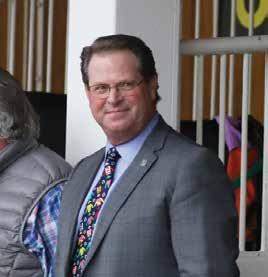
NATIONAL HBPA
3380 Paris Pike
Lexington, KY 40511
P (859) 259-0451
F (859) 259-0452
racing@hbpa.org www.hbpa.org
PRESIDENT/ CHAIRPERSON OF THE BOARD
Dr. Doug Daniels
SECRETARY/ TREASURER
Lynne McNally
CHIEF EXECUTIVE OFFICER
Eric J. Hamelback
VICE PRESIDENT SOUTHERN REGION
Rick Hiles
VICE PRESIDENT CENTRAL REGION
Joe Davis
VICE PRESIDENT WESTERN REGION
J. Lloyd Yother
VICE PRESIDENT EASTERN REGION
Naomi Long
MESSAGE FROM THE CEO
REAL RACING REFORM MUST BE CONSTITUTIONAL— THAT’S WHY CONGRESS SHOULD BACK THE RHSA
A
s the Triple Crown season captured the nation’s attention, so too did the renewed debate over how best to ensure the safety, integrity and future of horse racing. This critical conversation reached the halls of Congress where Sen. Tom Cotton (R-AR), Rep. Clay Higgins (R-LA), Rep. Tom Cole (R-OK) and Rep. Don Davis (D-NC) introduced the Racehorse Health and Safety Act (RHSA, S.1770/H.R.3378) in May. The bill proposes a constitutionally sound path forward for regulating the sport and addressing longstanding concerns.
Let’s be clear: The Horseracing Integrity and Safety Act (HISA) has been declared unconstitutional twice by the 5th U.S. Circuit Court of Appeals. Not once but twice. That’s not speculation or political opinion; that’s settled constitutional law from a federal appellate court.
HISA’s structure, which empowers a private corporation to exercise federal regulatory authority, violates core principles of democratic governance. And now the law is headed for review by the Supreme Court.
No amount of favorable press or selective praise can change this fact: HISA is widely viewed as unconstitutional.
The RHSA is designed to restore legal enforcement, accountability and collaboration among all stakeholders in racing’s regulation. It does so by establishing the RHSA as an interstate compact with federal authorization for states to participate. Compacts are a well-established constitutional tool that allows states to work together within the bounds of federalism. Additionally, the RHSA returns enforcement authority to state racing commissions, where it rightfully belongs under our system of government. It provides the uniformity the sport needs without repeating the fatal mistake of delegating power to an unaccountable private entity.
Critics have been quick to dismiss the RHSA as a “zombie” bill, attacking it with rhetorical contempt that overlooks both legal reality and the need for practical reform. These arguments don’t just miss the mark; they sidestep the core issue at stake: the rule of law.
HISA defenders argue that the law has made racing “safer.” But that’s a public relations narrative, not verified science. For many horsemen and women, the reality under HISA has been confusion, excessive cost, fear of arbitrary enforcement and a growing sense of cynicism with a system that seems more focused on control than care.
Moreover, the idea that state commissions are incapable of enforcement is a convenient myth used to justify federal overreach. The real issue prior to HISA was not incompetence or enforcement; it was the inconsistency of regulations. The RHSA doesn’t disrupt our stakeholder-vetted uniform rules under the Association of Racing Commissioners International Model Rules. Instead, it provides for legal, state-based enforcement.
As the Supreme Court prepares to weigh in on HISA’s legality, Congress still has time to act ahead of the decision. Lawmakers should support the RHSA, not just because it’s constitutional but because it offers real reform driven by genuine industry input.
The path forward isn’t more federal overreach; it’s federal respect—respect for the Constitution, for the states and for the horsemen and women who make horse racing what it is.
If we truly want to preserve the sport for future generations, it’s time for both the industry and Congress to back the Racehorse Health and Safety Act. Let’s fix what HISA broke and improve racing the right way.
SINCERELY, ERIC J. HAMELBACK
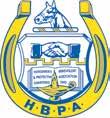





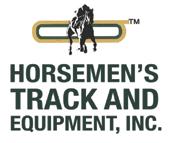



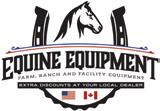
AFFILIATES
BOARD OF DIRECTORS - AFFILIATES
Dr. David Harrington, Alabama
Lloyd Yother, Arizona
Bill Walmsley, Arkansas
James Miller, Charles Town
Kim Oliver, Colorado
Mike Lecesse, Finger Lakes
Jim Watkins, Illinois
Joe Davis, Indiana
David McShane, Iowa
Dale Romans, Kentucky
Benard Chatters, Louisiana
Jason Uelmen, Michigan
Justin Revek, Minnesota
Garald “Wally” Wollesen, Nebraska
Anthony Spadea, New England
Paul Jenson, DVM, New Mexico
Joe Poole, Ohio
Joe Offolter, Oklahoma
Ron Sutton, Oregon
Sandee Martin, Pennsylvania
Mike Dini, Tampa Bay Downs
David Ross, Virginia
Pat LePley, Washington
David Milburn, HBPA of British Columbia
Sue Leslie, HBPA of Ontario
Dan Hurley, HBPA of Alberta
Blaine McLaren, HBPA of Manitoba
Eddie Esquirol, HBPA of Saskatchewan
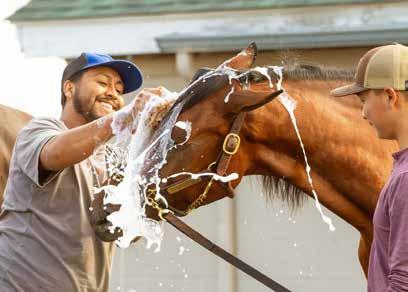
The opinions, representations and viewpoints expressed by the authors in the articles contained in The Horsemen’s Journal do not necessarily reflect the opinions, representations and viewpoints or the official policies or positions of The Horsemen’s Journal, National Horsemen’s Administration Corporation or National Horsemen’s Benevolent & Protective Association Inc. and its affiliates (collectively “HJ”). HJ is not responsible for, and expressly disclaims all liability for, damages of any kind arising out of use, reference to or reliance on any information contained within this issue. Information in this issue may become outdated due to the rapidly changing nature of the horse industry. The publication of any advertisements or articles should not be construed as an endorsement of any product, service or position unless specifically stated.
The Horsemen’s Journal, Volume 72 #2.
Postal Information: The Horsemen’s Journal (ISSN 0018-5256) is published quarterly by the National Horsemen’s Administration Corporation, with publishing offices at 3380 Paris Pike, Lexington, KY 40511. Copyright 2025 all rights reserved.
The Horsemen’s Journal is the official publication for members of the Horsemen’s Benevolent & Protective Association, a representative association of Thoroughbred owners and
CONTRIBUTORS
Denis Blake
Dr. Kimberly Brewer
Dr. Levent Dirikolu
Dr. Clara Fenger
Dr. Andreas Lehner
Renee Mancino
Jennie Rees
Jen Roytz
Dr. Thomas Tobin
PHOTOGRAPHERS
Lianne Adams
Denis Blake
Grace Clark-Sweet Breeders’ Cup/Todd Buchanan
Coglianese Photo
Coady Photography
Coady Photography/Ashley Phillips
Coady Photography/John Gallagher
Coady/Renee Torbit
Hodges Photography/Kimmy Burrow
Jack Coady Photography
Shawn Coady
Gwen Davis/Davis Innovation
Jim McCue/Maryland Jockey Club
Stacie Clark Rogers
Cynthia Rush
Vassar Photography
Brittlan Wall
J.J. Zamaiko Photography
STAFF
Tom Law
Editor P (859) 396-9407
hj@hbpa.org
Michelle McShane Advertising Director P (515) 508-1811 info@hbpa.org
Limb Design www.limb.co
Graphic Design
THE HORSEMEN’S JOURNAL 3380 Paris Pike Lexington, KY 40511 P (859) 259-0451 F (859) 259-0452 hj@hbpa.org
HBPA WEBSITE www.hbpa.org
COVER PHOTO Gwen Davis/Davis Innovation
trainers. HBPA is a non-profit 501(c)6 Kentucky corporation. Members receive The Horsemen’s Journal as a benefit of membership paid by the national office from affiliate dues. Annual nonmember subscriptions are $25. Single-copy back issues, if available, are $7. Canadian subscribers add $6. All other subscriptions outside the U.S. add $20 payable in U.S. funds. To order reprints or subscriptions, call (859) 259-0451.
The HBPA National Board of Directors has determined that the publication of this periodical is necessary in the transaction of the public business required of the association. Views and opinions expressed are those of the authors and/or advertisers and do not necessarily represent the opinion or policy of the publisher or HBPA board or staff. Query the editor prior to sending any manuscripts.
Periodicals Postage Paid at Lexington, Kentucky and additional mailing offices.
CANADA POST: Publications mail agreement no. 41530527. Return undeliverable Canadian addresses to: P. O. Box 503, RPO West Beaver Creek, Richmond Hill, ON L4B 4R6.
POSTMASTER: Send address changes to The Horsemen’s Journal, 3380 Paris Pike, Lexington, KY 40511.
What is it?
A program to protect your assets in case of an injur y or damage to proper ty arising from your equine activities (breeding, racing, sales, training). This is not a substitute for workers’ compensation coverage .
What is it?
What is it?
What Does It Cover?
A program to protect your assets in case of an injur y or damage to proper ty arising from your equine activities (breeding, racing, sales, training). This is not a substitute for workers’ compensation coverage .
A program to protect your assets in case of an injur y or damage to proper ty arising from your equine activities (breeding, racing, sales, training). This is not a substitute for workers’ compensation coverage .
• Liability claims arising from injuries to participants (non-employee jockeys and exercise riders)
What Does It Cover?
• Contractual liability (i.e . hold harmless in Race Track Stall Agreements)
Does It Cover?
• Liability claims arising from injuries to participants (non-employee jockeys and exercise riders)
• Premises and Operations liability coverage for all equine operations including breeding, boarding, training, and racing.
• Liability claims arising from injuries to participants (non-employee jockeys and exercise riders)
• Contractual liability (i.e . hold harmless in Race Track Stall Agreements)
How Much Does It Cover?
• Premises and Operations liability coverage for all equine operations including breeding, boarding, training, and racing.
• Contractual liability (i.e . hold harmless in Race Track Stall Agreements)
• Premises and Operations liability coverage for all equine operations including breeding, boarding, training, and racing.
How Much Does It Cover?
How Much Does It Cover?
Each member additional insured has their own $1,000,000 coverage for each occurrence or offense and $2,000,000 general aggregate . Damage to premises rented to you or occupied by you with the permission of the owner is provided with a limit of $50,000. Medical payments coverage applies as well in the amount of $5,000 per person.
Each member additional insured has their own $1,000,000 coverage for each occurrence or offense and $2,000,000 general aggregate . Damage to premises rented to you or occupied by you with the permission of the owner is provided with a limit of $50,000. Medical payments coverage applies as well in the amount of $5,000 per person.
Each member additional insured has their own $1,000,000 coverage for each occurrence or offense and $2,000,000 general aggregate . Damage to premises rented to you or occupied by you with the permission of the owner is provided with a limit of $50,000. Medical payments coverage applies as well in the amount of $5,000 per person.
May 1st)
Cost: $50 Per Horse / $100 Minimum Premium (Beginning May 1st)

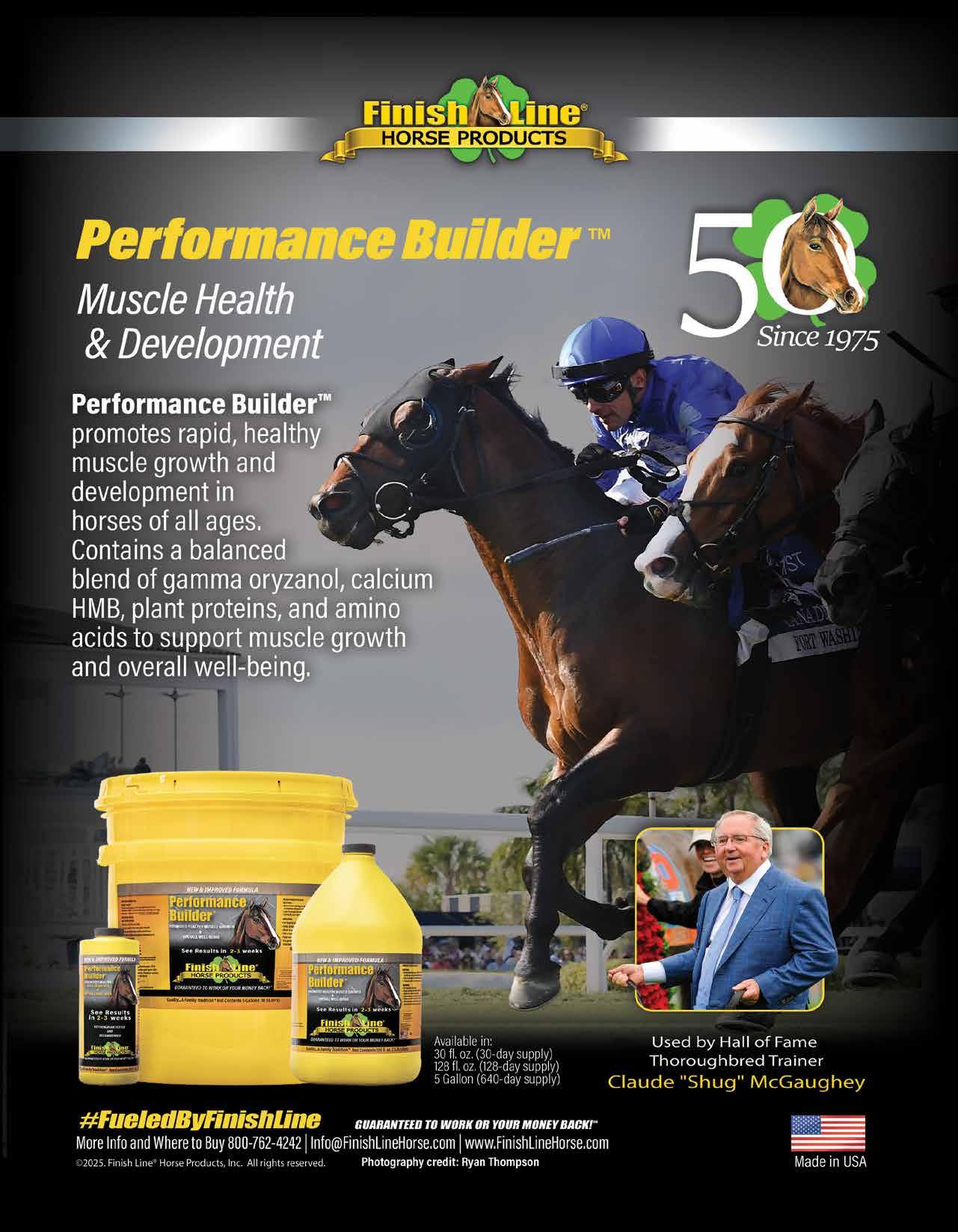

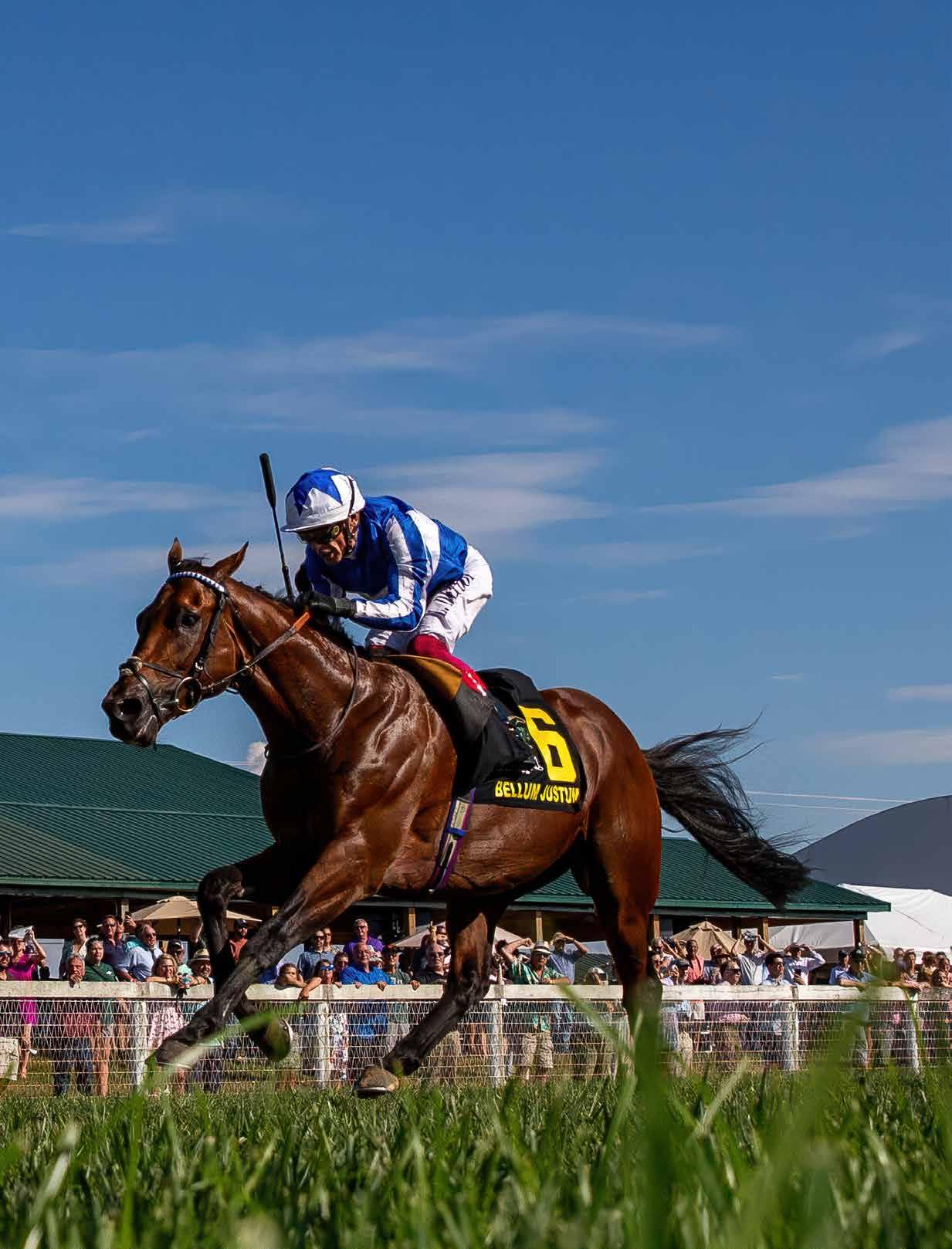
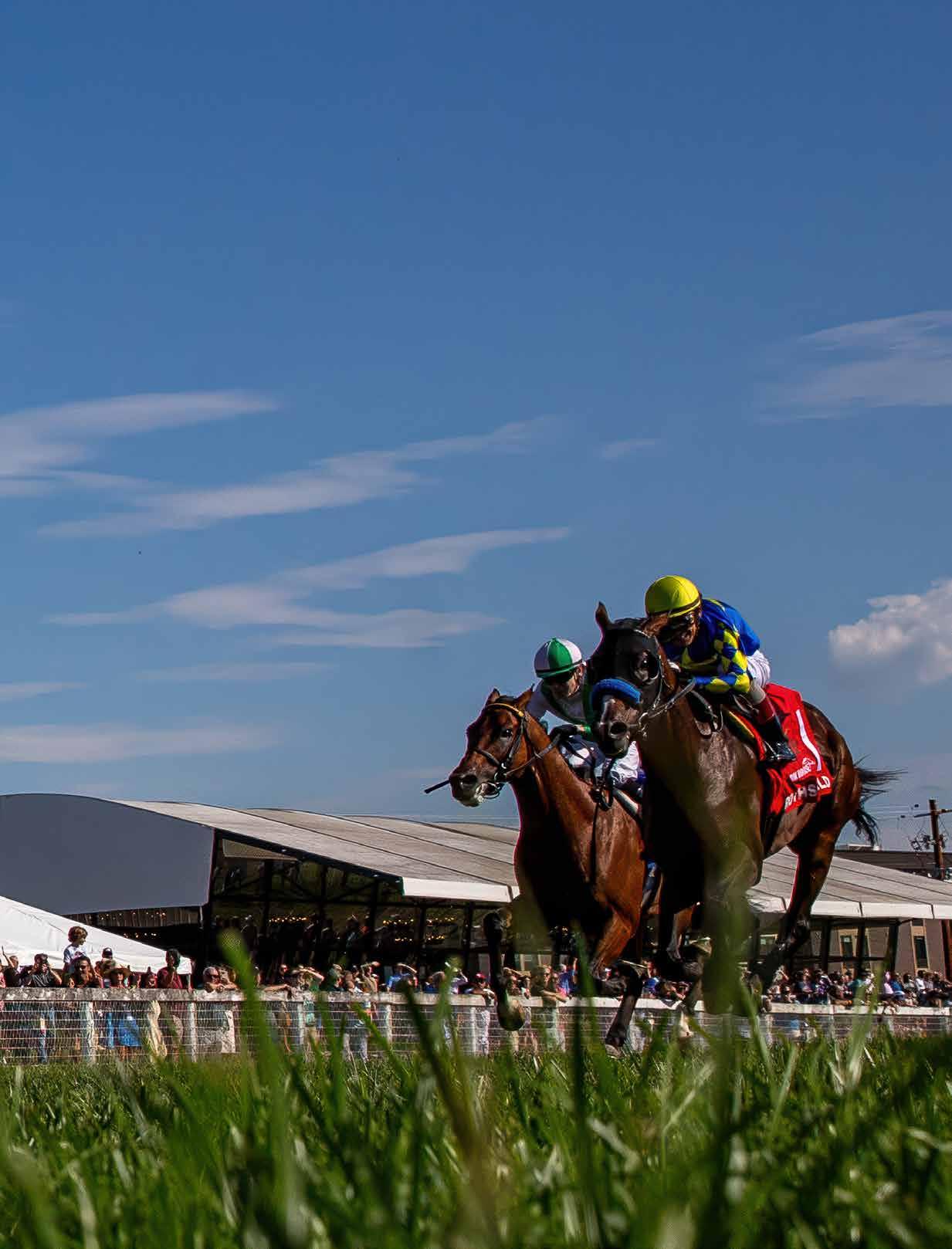
EUROPEAN SHIPPER BELLUM JUSTUM ROLLS TO VICTORY IN LAST YEAR’S $3.1 MILLION, GRADE 3 DK HORSE NASHVILLE DERBY INVITATIONAL, THE RICHEST RACE IN THE HISTORY OF KENTUCKY DOWNS. THE 2025 KENTUCKY DOWNS MEET, FEATURING 18 STAKES WITH PURSES OF MORE THAN $30.5 MILLION, RUNS AUGUST 28, 30 AND 31 AND SEPTEMBER 4, 6, 7 AND 10.
SMARTY JONES HEADLINES 2025 HALL OF FAME CLASS
Champion Smarty Jones, who electrified the racing world during his run for the Triple Crown in 2004, topped the group of seven new members elected for induction into the National Museum of Racing’s Hall of Fame for 2025.
Smarty Jones, a finalist for the first time after being eligible since 2010, is the lone selection in the contemporary category. He joins racehorses Decathlon and Hermis and trainer George H. Conway, who were chosen by the 1900–1959 Historic Review Committee, and Edward L. Bowen, Arthur B. Hancock III and Richard Ten Broeck, who have been elected by the Pillars of the Turf Committee.
Smarty Jones was the only contemporary candidate to appear on the majority of ballots submitted (50% plus one vote is required for election). A total of 157 voters (90.2%) participated from the 171 eligible to cast ballots in the election. The candidates in the Historic Review and Pillars of the Turf categories were required to receive 75% approval from the respective committees to earn election.
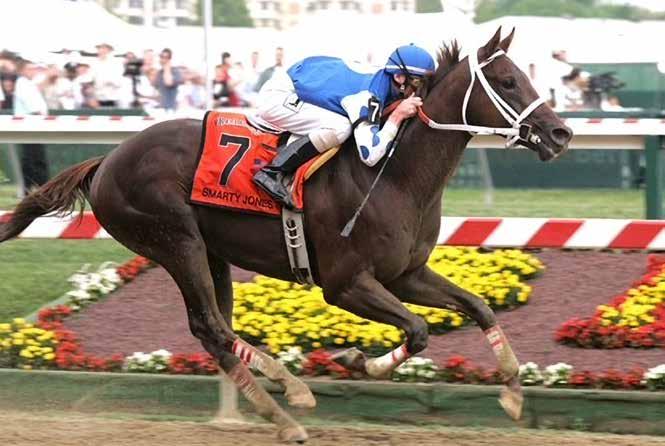
The 2025 Hall of Fame class will be enshrined at 10:30 a.m. ET Friday, August 1, at Fasig-Tipton Co.’s Humphrey S. Finney Sales Pavilion in Saratoga Springs, New York. The ceremony will be broadcast live on the museum website at racingmuseum.org. The event is open and free to the public. Tom Durkin will serve as the master of ceremonies.
SMARTY JONES, DOMINATING WINNER OF THE PREAKNESS STAKES (PICTURED HERE) AND KENTUCKY DERBY IN 2004, EARNS INDUCTION INTO RACING’S HALL OF FAME THIS SUMMER.
Oceanport, New Jersey, Conway also conditioned Hall of Fame member Crusader as well as standouts Speed Boat, War Glory and War Hero, among others.
Bred in Pennsylvania by Someday Farm, Smarty Jones raced from 2003 through 2004, winning eight of his nine career starts, including the Kentucky Derby and Preakness Stakes in his sophomore season, and was voted champion 3-year-old male in 2004. Owned by Roy and Pat Chapman under their Someday Farm banner, Smarty Jones was trained by John Servis and ridden exclusively by Stewart Elliott. His lone defeat came to Birdstone in the 2004 Belmont Stakes, ending his chances for the Triple Crown sweep. Smarty Jones was retired after the Belmont with a record of 8-1-0 from nine starts and earnings of $7,613,155.
Decathlon raced from 1955 through 1957, compiling a record of 25-8-1 from 42 starts and earnings of $269,530. Purchased at Keeneland in 1954 for $15,500 by Robert J. Dienst (the president of Ohio’s Beulah Park) and campaigned under his River Divide Farm banner, Decathlon was trained by Rollie Shepp. In his three years of racing, he won 18 stakes and was twice named champion sprint horse (1956, 1957).
Hermis raced from 1901 through 1905 with a record of 28-8-6 from 55 starts and earnings of $84,155. Hermis was trained by Charles Hughes (July 1901 through August 1902), Jack McCormick (August 1902 through October 1902) and Alexander Shields (June 1903 through July 1905). He raced for a variety of owners, including H.M. Ziegler, L.V. Bell and Edward R. Thomas (who paid a record $60,000 for the horse), among others. Hermis was retrospectively recognized by The Blood-Horse-published book The Great Ones as Horse of the Year in 1902 and 1903, champion 3-year-old male in 1902 and champion older male in 1903 and 1904.
Conway (1873–1939) is best known for training Hall of Famer War Admiral to a sweep of the 1937 Triple Crown and to an overall record of 21-3-1 from 26 starts and earnings of $273,240 from 1936 through 1938. A native of
Bowen (1942–2025) was a prolific racing journalist and historian for more than 60 years and served the sport in various other capacities, including 24 years as president of the Grayson-Jockey Club Research Foundation. A native of Welch, West Virginia, Bowen was an Eclipse Award-winning journalist, editor-inchief of The Blood-Horse, author of 22 books about horse racing and chair of the National Museum of Racing’s Hall of Fame Nominating Committee from 1987 through 2024.
Hancock was born in Nashville, Tennessee, and for six decades has been a significant presence in American racing and breeding through his establishment of Stone Farm in 1970 in Paris, Kentucky. A member of one of the sport’s most distinguished families, Hancock is a grandson of Claiborne Farm founder Arthur B. Hancock Sr., while his father, Arthur B. “Bull” Hancock Jr., expanded the business to where it became arguably the most important breeding farm in the U.S. during the 20th century. Hancock bred and raced 1982 Kentucky Derby winner Gato Del Sol with longtime client Leone J. Peters. Hancock and Peters also teamed up to breed Risen Star, winner of the 1988 Preakness and Belmont. Through H-G-W Partners, Hancock owned and raced Hall of Fame member and 1989 Horse of the Year Sunday Silence, whose wins included the Kentucky Derby, Preakness Stakes and Breeders’ Cup Classic. Hancock also co-bred 2000 Kentucky Derby winner Fusaichi Pegasus. Hancock raised and sold a second Horse of the Year, Bricks and Mortar (2019).
Ten Broeck (1811–1892) was one of American racing’s most prominent and accomplished figures in the 19th century, enjoying success as a racehorse and racetrack owner, Thoroughbred breeder and international racing pioneer. Ten Broeck was a native of Albany, New York, and his family traced its American roots to the Revolutionary War, as both his grandfathers served with distinction in the fight for independence.
RACEHORSE HEALTH AND SAFETY ACT REINTRODUCED
Republican Rep. Clay Higgins of Louisiana, Democratic Rep. Don Davis of North Carolina and Republican Sen. Tom Cotton of Arkansas introduced the Racehorse Health and Safety Act (RHSA), a bipartisan, bicameral effort to deliver a constitutional solution to safety regulation in the horse racing industry, in mid-May. Republican Rep. Tom Cole of Oklahoma also was listed as a cosponsor. The legislation—H.R.3378 and S.1770—is backed by industry organizations representing tens of thousands of horsemen and is endorsed by the National Horsemen’s Benevolent and Protective Association, United States Trotting Association, North American Association of Racetrack Veterinarians and others.
The RHSA would establish an interstate compact to develop national rules governing scientific medication control and racetrack safety for horse racing. The RHSA would replace the Horseracing Integrity and Safety Act of 2020 (HISA), which has been found unconstitutional by the 5th U.S. Circuit Court of Appeals and awaits a decision on whether the Supreme Court will take up the case.
“Government should be a partner to Americans, not a predator,” Higgins said. “While the federal government initially passed HISA with the intention of bringing uniformity to the horse racing industry, it proved to be a well-intentioned disaster that plagued the industry with confusion and disruption. The Racehorse Health and Safety Act is a solution to the problem. It is rooted in science and draws from industry experts. It is of horsemen, by horsemen and for horsemen. This legislation protects horses and horsemen while reasserting state sovereignty and pushing back against federal oppression.”
The RHSA establishes the Racehorse Health and Safety Organization (RHSO), with a board of directors appointed by state racing commissions. Five board members will be appointed by the racing commissions in the
states with the most racing days, and four members will be appointed by racing commissions in the remaining states. The RHSO board will establish three scientific medication control committees, one for each racing breed: Thoroughbreds, Standardbreds and Quarter Horses. Committee members will be selected by industry associations and the board.
The RHSO board will establish a racetrack safety committee composed of board- and industry-appointed members that will recommend breed-specific rules to the board. The board will have the final say on all rules adopted, but it must justify its decisions with scientific evidence. The RHSO will be granted the power to investigate rule violations, but the state racing commission of each participating state will retain enforcement power unless it requests the RHSO to assist with enforcement. The RHSO will be funded through annual fees from the participating state racing commissions, with the fees specific to each breed. Because enforcement will be returned to state racing commissions, the RHSA will drastically reduce the fees placed on horsemen.
“As a veterinarian, I believe the Racehorse Health and Safety Act is a critical step toward ensuring a scientifically sound and constitutionally valid regulatory framework for horse racing,” said National HBPA President Doug Daniels, DVM. “We must prioritize equine health and welfare through veterinary, evidence-based research into medication control and racetrack safety standards. The RHSA will provide the industry with the stability it needs. It is our responsibility—as horsemen, veterinarians and racing commissions—to collaborate in protecting both the integrity of the sport and the welfare of our human and equine athletes.”
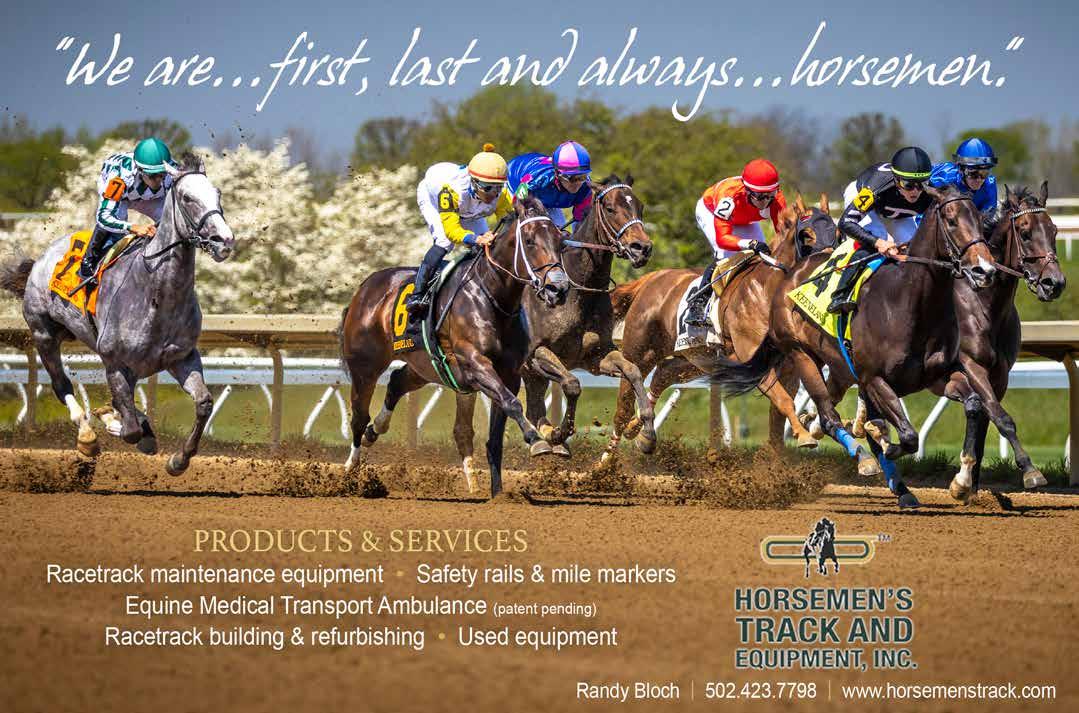

FLORIDA DECOUPLING EFFORTS DEFEATED IN 2025
The Florida Legislature concluded its policy discussions for the 2025 regular legislative session in early May, effectively killing the proposed decoupling provisions of three bills that the Florida Senate declined to approve for final passage.
Decoupling would have cleared the way for racetracks that offer slot machines and card tables to operate gaming businesses separate from live racing. Florida law requires racetracks to run live races in order to have a permit for slot machines or card tables. The effort to decouple licenses for Thoroughbred tracks was led by 1/ST Racing, a part of The Stronach Group and owners of Gulfstream Park.
Lonny Powell, CEO of the Florida Thoroughbred Breeders’ and Owners’ Association, commended Florida leaders who stood with the state’s Thoroughbred industry while emphasizing the importance of continued collaborative efforts to preserve and strengthen this vital industry.
“The conclusion of Florida’s regular legislative session brings encouraging news for our beloved Thoroughbred legacy and the thousands of Floridians who dedicate their livelihoods to this proud tradition,” Powell said. “The FTBOA— and the many horsemen groups, individuals and elected officials who joined our efforts—once again defended our industry from an ill-advised attempt at decoupling, just as we did in 2012, 2016, 2018 and 2021.
“We are deeply grateful to the many breeders, owners, trainers, vets and horsemen who traveled to Tallahassee to share their heartfelt opposition with lawmakers,” he continued. “Your voices had a clear impact and made a real difference. We also thank the lawmakers who championed our industry’s values, engaged thoughtfully with our members and stood firm against proposals that threatened the foundation of Florida’s $3.24 billion Thoroughbred industry.
“As the Legislature continues to consider matters related to the state budget in the coming weeks, we will remain firm in our opposition to any effort to weaken Florida’s Thoroughbred industry. We look forward to continuing our work with Florida’s leaders and stakeholders on long-term solutions that preserve and grow this vital industry for years to come.”
Horsemen’s groups, including the Tampa Bay Downs HBPA and newly formed Thoroughbred Racing Initiative (TRI), were among the leaders of the efforts to stop decoupling. The TRI was founded by Ocala Stud general manager
David O’Farrell, owner and breeder Jon Green of D.J. Stable, Aron Wellman of Eclipse Thoroughbred Partners, Hall of Fame trainer Mark Casse and veterinarian and Eisaman Equine owner Dr. Barry Eisaman. Leading industry organizations also were brought in, including the National HBPA.
“With our industry-wide coalition apparently successful in defeating decoupling this legislative session, we know our work is just beginning,” said TRI senior advisor Damon Thayer. “All we asked for was the opportunity to be heard, to explain what was at stake and to get the time to formulate a comprehensive and lawful plan that is equitable to stakeholders and allows for Florida’s Thoroughbred racing and breeding industry to thrive for decades to come.
“We have been informed that the decoupling issue is going nowhere in the Florida Legislature’s current session,” Thayer continued. “We want to thank Sens. Danny Burgess, Jason Brodeur, Stan McClain and others for taking the time to listen to our coalition, our concerns and the historical context where gaming licenses were forged from a partnership between racetracks and the horsemen. We embrace the hard work that lies ahead. We remain committed to a collaborative effort, working together on a legislative package that will be a victory for the future of Florida racing.”
40TH TOBA AWARDS DINNER SET FOR SEPTEMBER AT FASIG-TIPTON KENTUCKY
The Thoroughbred Owners and Breeders Association announced that the 40th anniversary of its National Awards Dinner will be held Saturday, September 6, at Fasig-Tipton Kentucky in Lexington. Hosted by FanDuel’s Scott Hazelton, the evening will include a special live Bluegrass music concert.
The National Awards Dinner honors owners and breeders from 20 states and Canada. Also recognized are the National Owner of the Year and National Owner of the Year finalists, National Breeder of the Year and National Breeder of the Year finalists, Small Breeder of the Year, Broodmare of the Year, Cot Campbell Racing Partnership of the Year, Dr. J. David Richardson Industry Service Award, Rood & Riddle Sport Horse of the Year, Claiming Crown Horse of the Year and the recipient of the Robert N. Clay Award.
“It is a tremendous honor and privilege for us to celebrate the achievements of our sport’s leading Thoroughbred owners and breeders,” said TOBA President Dan Metzger. “We are grateful to Fasig-Tipton for hosting a special and unique TOBA National Awards Dinner and look forward to what promises to be a fun and memorable evening for our award winners and guests.”
This year’s celebratory event will feature a more informal feel in terms of the recommended “blue jeans, boots and bling” attire, open seating dining, signature Bluegrass music and a Kentucky bourbon experience.
As part of the awards’ 40th anniversary, noted cartoonist Remi Bellocq created a signature illustration focusing on the theme of “Cheers to 40 Years” and the informality of this year’s celebration. Having drawn cartoons for nearly 40 years and focusing his humor primarily on the world of horse racing, Bellocq provides feature cartoons to the National HBPA, BloodHorse, Thoroughbred Daily News, Florida Horse and Daily Racing Form as well as private commissions.
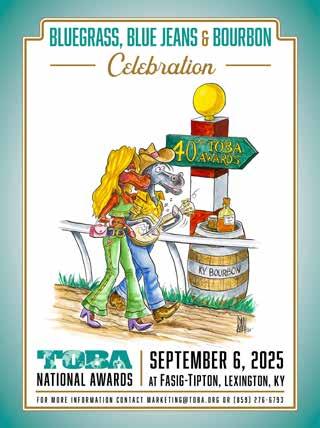



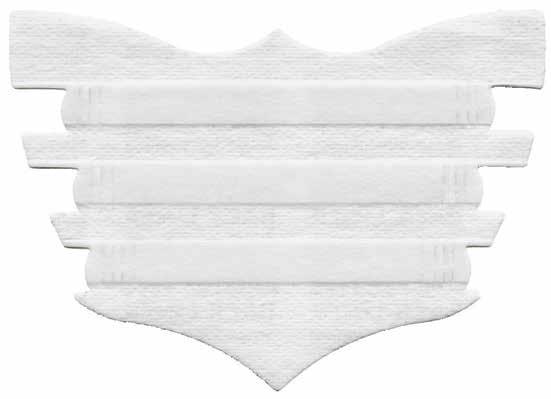
HJ EDITOR LAW WINS OLD HILLTOP AWARD AT PREAKNESS
Award-winning turf journalist Tom Law, editor of The Horsemen’s Journal and managing editor of ST Publishing, is the 2025 recipient of the Maryland Jockey Club’s Old Hilltop Award for excellence and distinction in covering Thoroughbred racing. Law was among those feted at the Preakness Stakes’ annual Alibi Breakfast May 15 at Pimlico Race Course.
“We are blessed to benefit from outstanding editors for The Horsemen’s Journal with Tom building on the foundation Denis Blake restructured through his strong work,” said Eric Hamelback, CEO of the National HBPA, publisher of the quarterly magazine. “The Old Hilltop Award couldn’t have a better recipient, and the words ‘excellence and distinction’ sum up Tom perfectly. He’s hardworking, creative, an exceptional writer—and smart enough to build fat into our submission deadlines.”
A two-time Eclipse Award winner, Law is an integral part of ST Publishing’s The Saratoga Special and thisishorseracing.com. The native and current resident of Saratoga Springs, New York, also is a contributing writer for Mid-Atlantic Thoroughbred. Law started covering Thoroughbred racing at The Saratogian newspaper in 1994 and worked for the celebrated but too short-lived Thoroughbred Times in Lexington, Kentucky. He served two six-year stints as president of the National Turf Writers and Broadcasters, has earned the Red Smith Kentucky Derby Writing Award and David F. Woods Memorial Preakness Writing Award and is a two-time Joe Hirsch Memorial Belmont Stakes Writing Award winner.
“It’s an incredible honor to receive the Old Hilltop Award, joining my friend and colleague Joe Clancy and so many others on the list of recipients,” Law said. “So many people have helped my career through the years, from writers and editors at The Saratogian, Thoroughbred Times and now with ST Publishing and Mid-Atlantic Thoroughbred, and I can’t thank them enough. A special thanks to all the horsemen and horses I’ve had the pleasure to write about and interact with through the years. They are, and always will be, the true stars of the show, and it never gets old seeing the best of the best.”
Jennie Rees
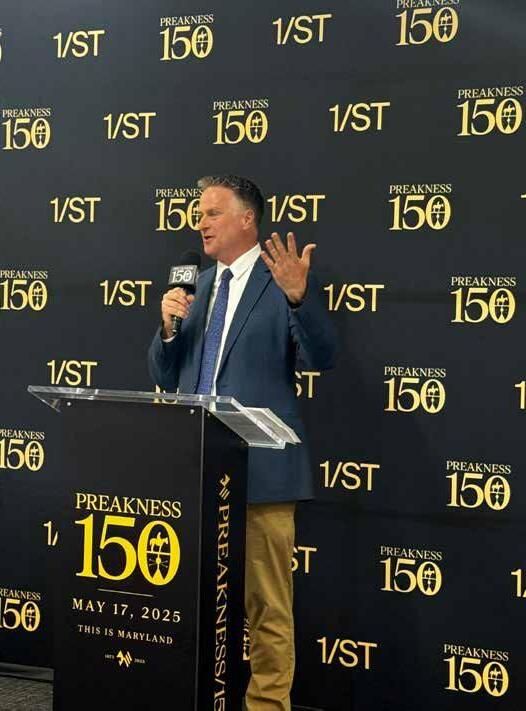
KEENELAND, STABLE RECOVERY LAUNCH MAINTENANCE COHORT
The Keeneland Association and Stable Recovery, a groundbreaking peer-driven program that offers recovering addicts the opportunity to learn the skills needed to find meaningful employment in the Thoroughbred industry, are teaming to launch a dedicated Maintenance Cohort at Keeneland Race Course.
The Maintenance Cohort will be a specialized extension of the existing 90-day Taylor Made School of Horsemanship, which focuses on practical skills, job readiness and character development through hard work and accountability. The cohort will work with Keeneland’s maintenance team to gain the hands-on experience necessary to contribute to the track’s operation. Keeneland will be the first racetrack nationally to provide on-site housing and full-time employment for the eight men participating in the new initiative.
“Keeneland is excited to support the life-changing work being done by Stable Recovery,” Keeneland President and CEO Shannon Arvin said. “Stable Recovery and Keeneland share a commitment to social responsibility and to
bettering the quality of life in our community. Together, we can create a legacy that transforms lives and strengthens our equine industry.”
The Stable Recovery program works with the Taylor Made School of Horsemanship to provide an environment where men live, work and recover together while attending 12-step meetings, additional support groups and horsemanship skills groups led by top professionals in the industry. Life skills such as accountability, structure, discipline and responsibility are taught, as are employable skills aimed at providing these men with the opportunities for a second chance.
In addition to trade skills, the Maintenance Cohort curriculum will include hands-on horsemanship and stable management training, track maintenance and safety procedures, equine care and veterinary basics, and professional development focused on the unique demands of Keeneland. The program begins August 1.
THE HORSEMEN’S JOURNAL EDITOR TOM LAW RECEIVES THE OLD HILLTOP AWARD FROM THE MARYLAND JOCKEY CLUB PRIOR TO THIS YEAR’S 150TH PREAKNESS STAKES.
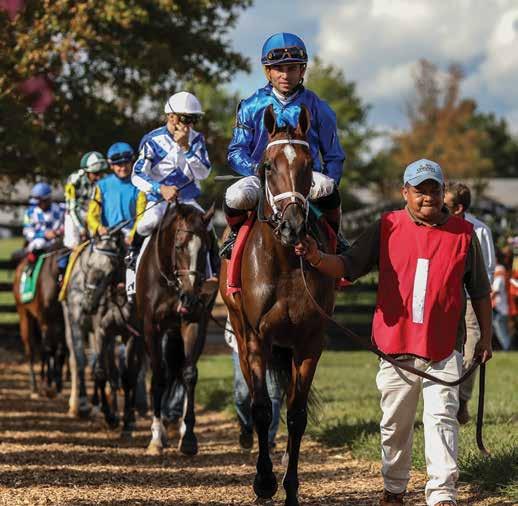

KTDF is the amount included for Kentucky-breds | *Restricted to horses that have not won a stakes in 2025. **BC-denotes a Breeders Cup “Win and you’re in” race
HORSEMEN’S NOTES: Kentucky Thoroughbred Development Fund (KTDF) supplements are included in stakes purses. Nominations for Aug. 28-31 stakes close Monday Aug. 18, except for the Nashville Derby Invitational and the Bowling Green Gold Cup Invitational, for which invite requests are due Saturday Aug. 16 by emailing stakeinvites@kentuckydowns.com. Nominations for the stakes held Sept. 4-Sept. 7 close August 20, except for the Kentucky Turf Cup Invitational, Mint Millions Invitational and Kentucky Downs Ladies Marathon Invitational, for which invite requests are due by Aug. 23. Requests for an invite to the Dueling Grounds Oaks are due by Aug. 26.
KEENELAND, BELMONT PARK TO HOST FUTURE BREEDERS’ CUPS
The Breeders’ Cup World Championships will return to New York for the first time since 2005—and be held in a state other than Kentucky or California for the first time since 2007—when the new Belmont Park hosts the event in 2027. Belmont was announced as the host during a May 28 event in New York City during which Keeneland Race Course was unveiled as the 2026 site as well.
Keeneland and Belmont are both in the midst of extensive capital construction projects, demonstrating dedication to remaining at the forefront of the sport.
“The Breeders’ Cup, Keeneland and Belmont Park share many core values, including a steadfast commitment to excellence and Thoroughbred racing, and there is no better way to showcase that partnership than through hosting the World Championships at these iconic venues in 2026 and 2027,” said Drew Fleming, president and CEO of Breeders’ Cup Ltd. “Enhanced by their latest capital improvements, both venues, each with their own unique legacy, will set the stage for our thrilling two-day festival that celebrates the pinnacle of Thoroughbred racing and everything the equestrian lifestyle has to offer.”
Keeneland is undergoing a more than $100 million capital construction project, the largest in its 89-year history, that exemplifies the track’s investment in the future. Anchoring the development plan is the three-level paddock building, which extends the entire length of the saddling paddock and walking ring and is scheduled to open this fall. The paddock building will provide new ticketed experiences for more than 1,000 fans during race meets, including traditional sit-down dining, new bar concepts and access to a paddock lawn on the north side of the saddling paddock. New jockeys’ quarters within the building will give patrons a unique experience when riders walk directly through one of the dining venues before and after each race. A reconfigured saddling paddock, with saddling stalls housed on the lower floor of the paddock building, will provide the safest environment possible for horses and human participants and give fans an unmatched view of the pre-race pageantry.
The 2026 running will mark the fourth time that Keeneland will host the Breeders’ Cup after 2015, 2020 and 2022. The Breeders’ Cup at Keeneland will take place October 30-31, 2026.
“Keeneland is honored to host the Breeders’ Cup World Championships in 2026, and we’re thrilled to share this global racing celebration with fans from all over the world and with the Lexington community,” Keeneland President and CEO Shannon Arvin said. “We are especially excited to host guests in our new paddock building with further enhanced hospitality experiences. In addition, we look forward to holding our third annual championship sale the Wednesday before Breeders’ Cup, a dynamic way to help kick off the week’s festivities. Keeneland and Breeders’ Cup share a strong commitment to showcasing the very best of Thoroughbred racing, and we look forward to helping deliver another spectacular event.”
New York state and the New York Racing Association’s $455 million redevelopment of Belmont Park will result in a world-class racing and entertainment destination on Long Island. Centered around a 300,000-squarefoot, five-storey building featuring the modern amenities and hospitality offerings sports fans have come to expect, the new facility will unlock the massive Belmont Park infield to provide fans and the community with more green space than ever before. In addition, NYRA is completely renovating the existing main dirt track and two turf courses while adding an all-weather synthetic surface. NYRA will open the new Belmont Park in September 2026.
“A new Belmont Park is taking shape on Long Island because of the leadership and vision of Gov. Kathy Hochul, whose support for horse racing and understanding of its positive economic impact have paved the way for the return of the Breeders’ Cup World Championships to New York in 2027,” said David O’Rourke, NYRA president and CEO. “New York’s racing fans and participants have longed to host this event since it was last held at Belmont in 2005, and we thank the Breeders’ Cup for making that a reality.”
In a return more than 20 years in the making, Belmont will welcome the Breeders’ Cup in 2027 for a fifth time after hosting in 1990, 1995, 2001 and 2005. The next Belmont Park edition will be held October 29-30, 2027. HJ
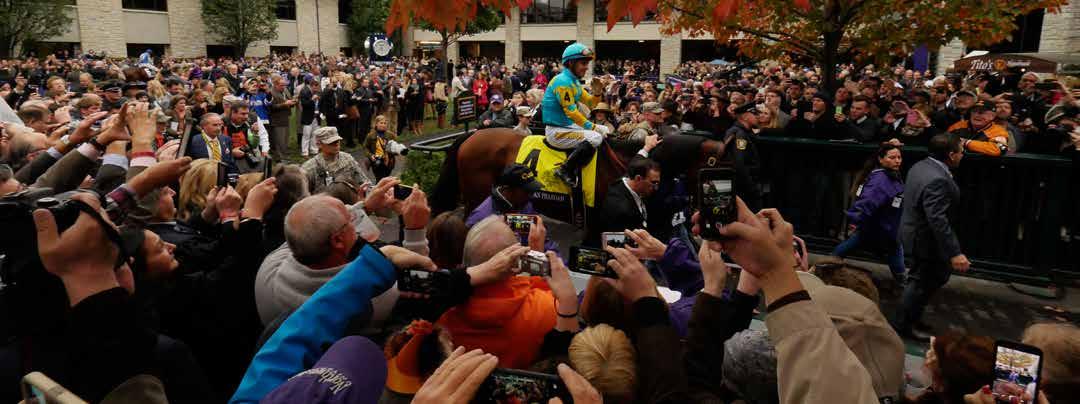


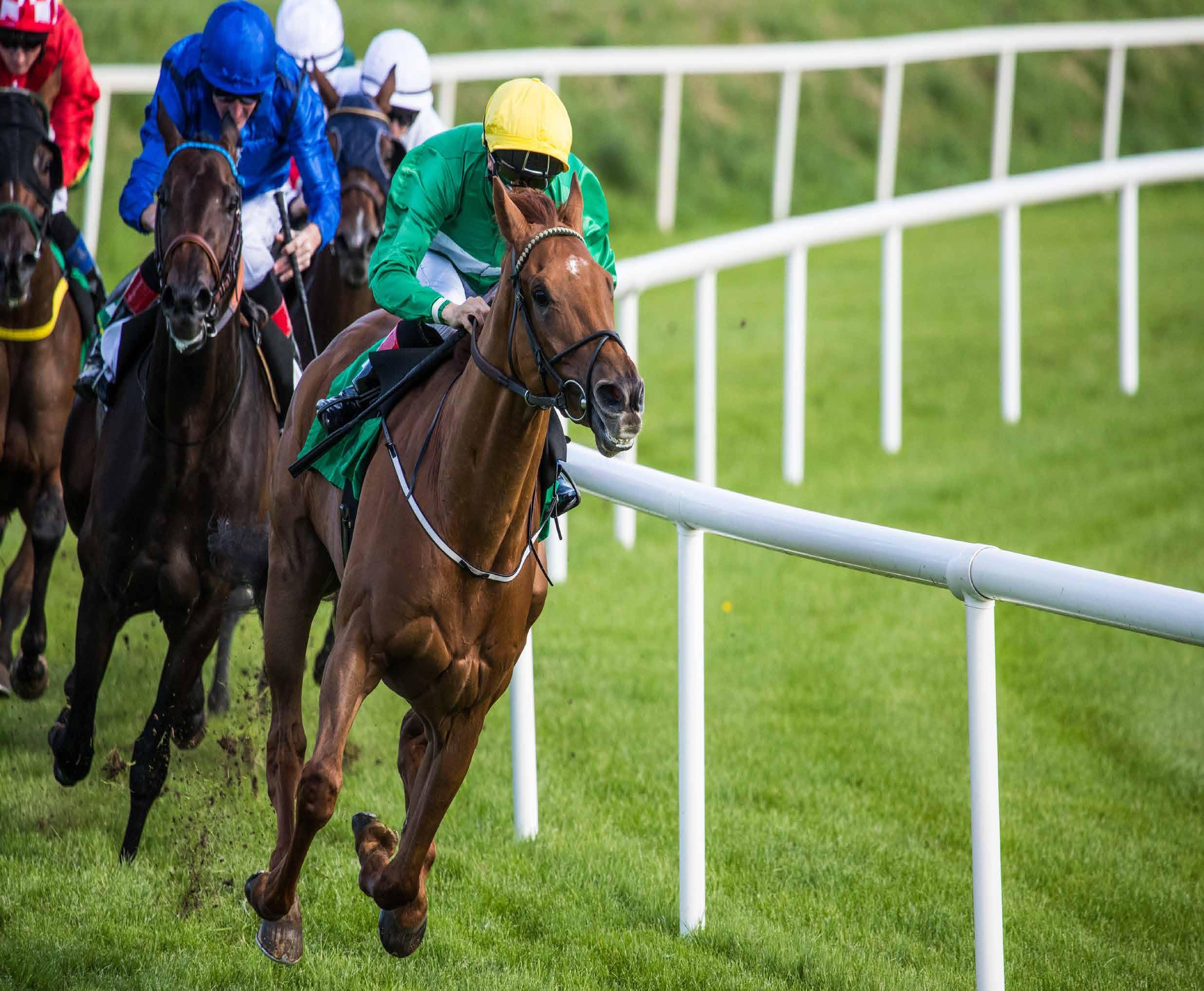
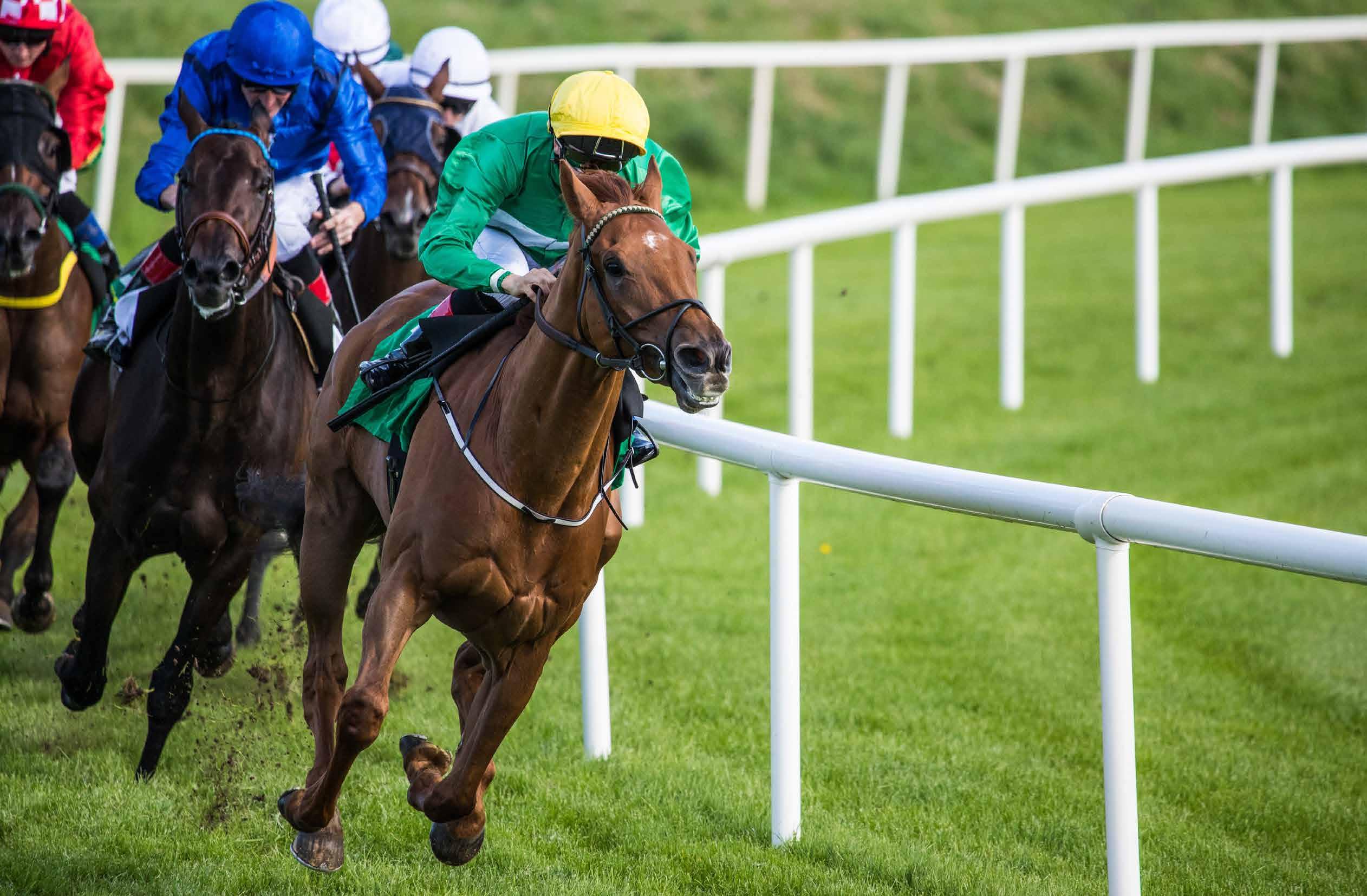

LIKE A SALTSHAKER EARNS CLAIMING CROWN HORSE OF THE YEAR
“Man, did he dig in! What an awesome horse!”
That was trainer Brittany Vanden Berg as she watched the replay of then-6year-old gelding Like a Saltshaker’s finish in last fall’s $140,000 Claiming Crown Rapid Transit. Vanden Berg was speaking before she actually knew who won, with the official result finally showing that 13-1 Like a Saltshaker and jockey Chris Emigh had nipped 16-1 Keen Cat on a head bob at Churchill Downs.
That performance earned the Pennsylvania-bred Like a Saltshaker the Claiming Crown Horse of the Year from Claiming Crown co-founders National Horsemen’s Benevolent and Protective Association and Thoroughbred Owners and Breeders Association.
“It’s a thrill just to talk about it,” said Mike Marsico, who with his brothers campaigned Like a Saltshaker after claiming the gelding for $10,000 in May 2023. “I’m still shaking from that finish, watching him come around the turn and seeing that Chris had a lot of horse and he just needed to find a hole—and he did. That was something.
“It’s hard to find horses such as Like a Saltshaker, who can win eight or nine races over two years,” Marsico continued. “When you find one of those, they’re really special, because every time they get out on the track, you know they’ll give their all.”
Created to give blue-collar workhorses their own championship day on the lines of the Breeders’ Cup, the eight-race Claiming Crown is held as big-money starter-allowance races for horses that have competed for a certain claiming level, or cheaper, during a designated time frame. The event is staged each year by the National HBPA and TOBA in conjunction with the host track and with an assist from the state HBPA affiliate. Like a Saltshaker will be honored at the annual TOBA National Awards Dinner September 6 at Fasig-Tipton in Lexington.
The Claiming Crown Horse of the Year is selected by the National HBPA’s Industry Awards Committee chaired by Todd Mostoller, the Pennsylvania HBPA’s executive director.
“The way Like a Saltshaker and Keen Cat battled to the wire vividly demonstrates the heart of the claiming horse,” Mostoller said. “Selecting a Claiming Crown Horse of the Year out of eight worthy Claiming Crown winners is always difficult. Call it another close decision for Like a Saltshaker based on the dramatic finish. Both horses closed in a full field of 12 to hook up in the final sixteenth-mile—Like a Saltshaker getting through traffic on the inside and Keen Cat coming six-wide on the outside—with the outcome determined by the narrowest of margins.
“While the focus of the Claiming Crown Horse of the Year is on the horse, the award can also take into account the people,” he continued. “Brittany and the Marsico brothers showed the unabashed joy of having a hard-trying claiming horse while encapsulating what the Claiming Crown is all about.”
Vanden Berg and the Marsico brothers were Claiming Crown fans going in but not surprisingly are even more enthusiastic about the event now.
“I said to Eric, ‘You don’t realize how much this means to us,’ ” Vanden Berg said, referring to when National HBPA CEO Eric Hamelback told her Like a Saltshaker won the award. “Because we are claiming owners and claiming trainers. This is our Breeders’ Cup. This is what we strive for when we look to claim. ‘Can this horse maybe be a future Claiming Crown horse?’ To have a horse

TRAINER BRITTANY VANDEN BERG MEETS HER HUSBAND, JOCKEY CHRIS EMIGH, AND LIKE A SALTSHAKER AFTER LAST YEAR’S CLAIMING CROWN RAPID TRANSIT VICTORY AT CHURCHILL DOWNS.
that actually goes out there, does it and wins just makes every goal, everything we had put together for the season come together. When you achieve that, it’s almost like winning the Super Bowl. In racing, there are always a hundred things that can go wrong and one thing that can go right to make it all come together. It just made it that much more special, to do it with a horse that we’ve loved for so long.”
And now Mike Marsico has a new goal.
“We want to have a starter in every Claiming Crown race this year,” he said. “I don’t know if we will, but that’s the goal.”
The 2025 Claiming Crown, totaling $1.1 million in purses, will be held November 15 at Churchill. Colonial Downs is hosting an eight-race Claiming Crown Showcase Day with $550,000 in purses Thursday, August 21. The top two finishers in those races will receive an automatic berth in the corresponding Claiming Crown race in Louisville. The winner of each race also will receive a travel stipend from the Virginia HBPA of up to $2,000, provided the horse starts in the Claiming Crown championship race.
—Jennie Rees
COADY MEDIA JOINS NATIONAL HBPA AS CORPORATE SPONSOR
The National HBPA has announced that Coady Media has become a corporate sponsor of North America’s largest horsemen’s association.
Coady Media serves as the official photographer at 25 racetracks, including the entire Kentucky circuit of Turfway Park, Keeneland Race Course, Churchill Downs, Ellis Park and Kentucky Downs. Coady Media also serves Colonial Downs, Oaklawn Park and Presque Isle Downs and recently became the official photographer of Ruidoso Downs and Wyoming Downs.
“The newly formed Coady Media is focused on merging horse racing photography, social media, marketing and media,” said Kurtis Coady, owner of Coady Media. “We are very excited to partner with NHBPA and look forward to working with them.”
Coady Media is a Kurtis Coady Photography company and not affiliated with Jack Coady Photography or Coady Racetrack Services.
“We are extremely happy to welcome Coady Media as a corporate sponsor of the National HBPA,” said Eric Hamelback, CEO of the National HBPA. “Kurtis and his team have a reputation for excellence in racetrack photography.
Everything Coady Media puts forth aligns perfectly with our mission to support horsemen from coast to coast. We appreciate their commitment to the industry and look forward to a strong partnership.” HJ
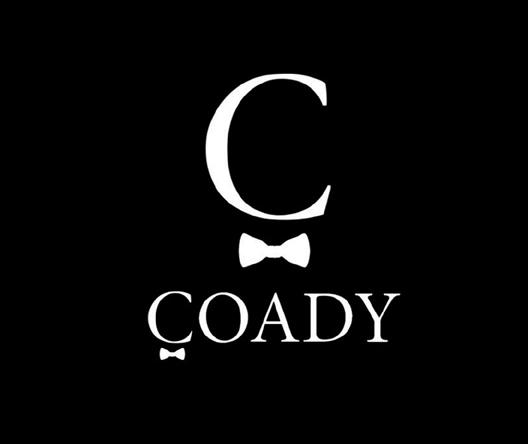


The standard of equestrian excellence since 1929

HISA COMPLIANT VICTORY RACING PLATES
VICTORY RACING PLATES
VICTORY MODEL ALL SURFACES DIRT
SPORT QUEENS FRONT & HIND
EC QUEENS FRONT & HIND
SPORT QUEENS FRONT & HIND
EC QUEENS FRONT – SOLID HEEL
EC QUEENS FRONT & HIND
EC QUEENS WEDGE FRONT & HIND
EC QUEENS 3-DEGREE WEDGE HIND
EC QUEENS FRONT - SOLID HEEL
RX FRONT & HIND
VICTORY MODEL DIRT

EC QUEENS WEDGE FRONT & HIND
SPORT XLT HIND
equestrian excellence nce 1929
EC QUEENS 3-DEGREE WEDGE HIND
SPORT XLT WEDGE HIND
RX FRONT & HIND
EC XLT HIND
SPORT XLT HIND
MODEL
EC XLT 3-DEGREE WEDGE HIND
RX XLT HIND
QUEENS FRONT & HIND
SPORT XLT WEDGE HIND
The standard of equestrian excellence since 1929
EC QUEENS FRONT - SOLID HEEL
EC XLT HIND ALL SURFACES
EC QUEENS WEDGE FRONT & HIND
EFFECTIVE DATE FOR THE HISA SHOEING RULES AND THE “NON-ENFORCEMENT” GUIDANCE – AUGUST 1, 2022 VISIT HISAUS.ORG FOR UPDATED INFORMATION
EC XLT 3-DEGREE WEDGE HIND
EC QUEENS 3-DEGREE WEDGE HIND
RX XLT HIND
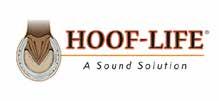



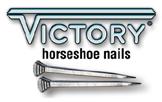

EFFECTIVE DATE FOR THE HISA SHOEING RULES AND THE "NON-ENFORCEMENT" GUIDANCE - AUGUST 1, 2022

G FOR UPDATED INFORMATION
GUIDANCE - AUGUST 1, 2022
VISIT HISAUS ORG FOR UPDATED INFORMATION
VICTORYRACINGPLATE.COM
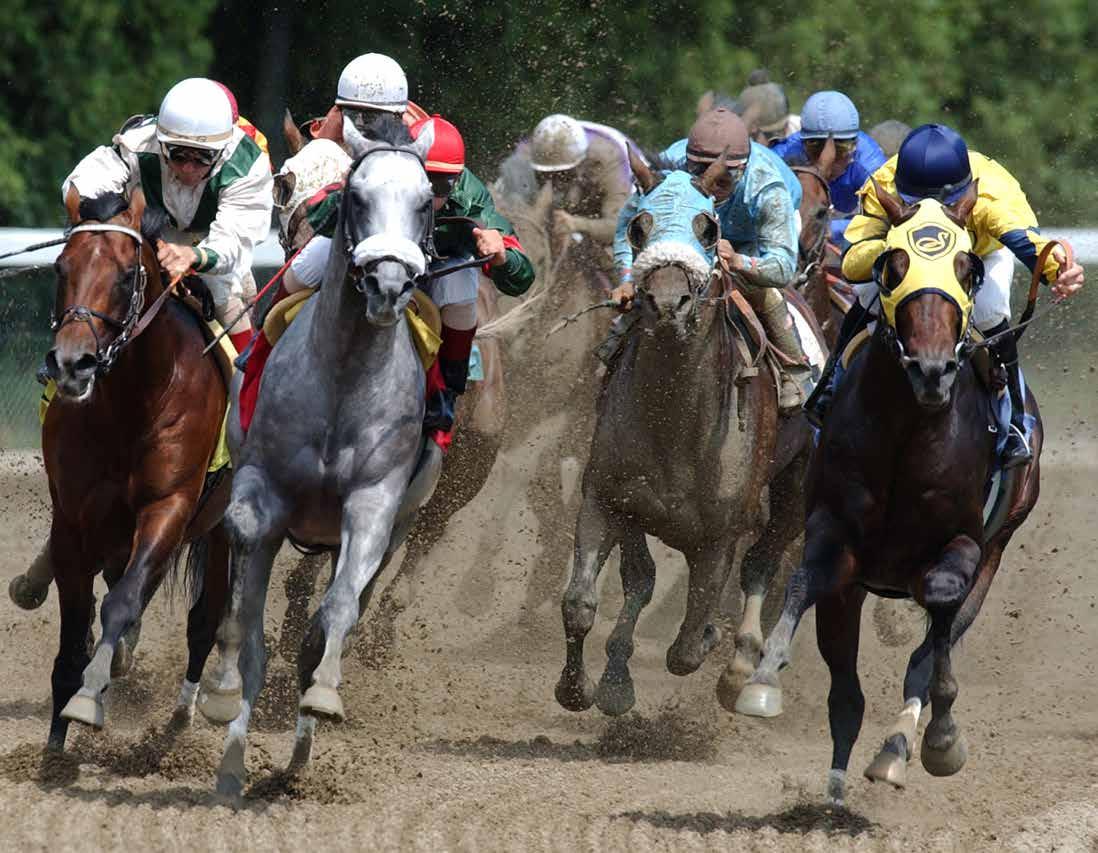
Big Questions
Horse racing’s $342 per-start charge and escalating budget: Can the industry afford HISA’s 2025 compliance curve?
As the horse racing industry gallops into 2025, it does so under the weight of an unprecedented regulatory cost structure.
With the Horseracing Integrity and Safety Authority (HISA) now fully operational and entering its third budget year, the net cost of compliance has reached $342.28 per start. This marks a 72.8% increase since 2023 and raises critical questions for state commissions, racetracks and horsemen alike: Can the industry sustain this trajectory, or is reform needed before financial strain undermines the promise of national uniformity?
By Renee Mancino, Esq.
The Price Tag of Integrity: HISA’s Expanding Net Budget HISA’s financial footprint continues to expand with each fiscal year.
These figures are net of jurisdictional credits, meaning that while some states and tracks receive offsets for providing personnel or infrastructure, the aggregate industry-wide spend is increasing materially year over year.
The $342 Per Start: What’s Included and What Isn’t
The $342.28 per-start cost is calculated by dividing the projected net budget by the expected total number of covered race starts nationwide. This figure includes:
• Regulatory staffing and enforcement
• Laboratory testing, sampling and veterinary services
• Technology systems and data integration
• Administrative adjudication and education
• National accreditation and oversight
However, this per-start figure does not encompass several significant direct-to-industry expenses that fall outside of HISA’s central budget but are mandated under its rules.
These additional industry-borne costs include:
• Void-claim testing fees: Horsemen who claim a horse must pay for post-race testing for claims under HISA’s void-claim protocols.
• Split sample testing: Horsemen cited for controlled or prohibited substance violations must pay for the testing of the “B” sample if they exercise their due process right to challenge the result.
• Necropsy fees: Owners of covered horses that perish are billed directly for the mandatory necropsy costs.
These costs are not reimbursable, not credited and don’t appear to be included in the central HISA assessment structure, yet they are direct financial obligations that materially impact owners, trainers and claiming horsemen.
Rule 8500 and the Allocation Framework
Currently under HISA’s Rule 8500 series (pending amendment with the Federal Trade Commission in response to litigation from high-purse racing jurisdictions), the net budget is apportioned across jurisdictions based on (1) total number of race starts per location and (2) total purse amounts paid within each location.
This is touted to ensure proportionality but can impose outsized burdens on locations with extensive live racing schedules or higher-purse venues, such as the following examples:
• Gulfstream Park paid $5.57 million across 14,980 starts.
• Churchill Downs paid $1.47 million on 4,689 starts.
• Hawthorne Race Course paid $1.55 million for 5,380 starts.
Policy Responses:
Legislative Lifelines and Pending Proposals
Some states have responded to these rising costs with targeted legislation. Florida permanently enacted a state tax credit allowing HISA fees to be offset against taxes owed. Minnesota proposed a currently pending doubling of advance deposit wagering regulatory fees to help subsidize HISA costs. Washington advanced a business and occupation tax credit proposal that stalled in committee but is expected to be reintroduced in 2026.
These state-level offsets may help institutional stakeholders, but the individual horsemen and owners who face direct costs under HISA protocols often receive no such relief.
The Broader Burden: Beyond the Budget
What emerges is a dual-tiered compliance burden:
1. Structural costs imposed via the net per-start assessment; and
2. Personal and procedural costs arising from rule-mandated processes borne directly by covered persons.
These combined costs reshape the economics of participation and ownership, particularly for those operating without large stable networks or institutional backing.
Regulatory Goals Must Meet Economic Realities
HISA’s mission to ensure integrity and uniform safety is both necessary and overdue, but if compliance becomes cost-prohibitive, particularly through unbudgeted, out-of-pocket mandates, its implementation risks deterring the very participation it seeks to regulate.
The question for 2025 and beyond is not whether regulation is necessary, but whether it is economically sustainable, reasonably and substantially related to the stated purpose under the law and equitably distributed.
Compliance in the Dark: What HISA’s 2025 Data Tells Us and What It Doesn’t
While HISA provides cost metrics in the aggregate and its enforcement figures are prolific, meaningful transparency, particularly regarding direct industry impact, remains elusive. As mentioned earlier, the $342.28 per-start cost for 2025 does not include several direct-to-horsemen costs imposed outside HISA’s budget. These charges fall exclusively on individual owners, trainers and claimants, and no data has been released to show the aggregate burdens on stakeholders, such as:
• Aggregate cost of unfunded mandates (e.g., void-claim testing fees, split sample testing fees, necropsy fees)
• Incidence rates (e.g., how many voided claims, split sample requests, necropsies)
• Burden allocation (e.g., impact on small versus large stables)
• Any affordability analysis or waiver policy for indigent licensees
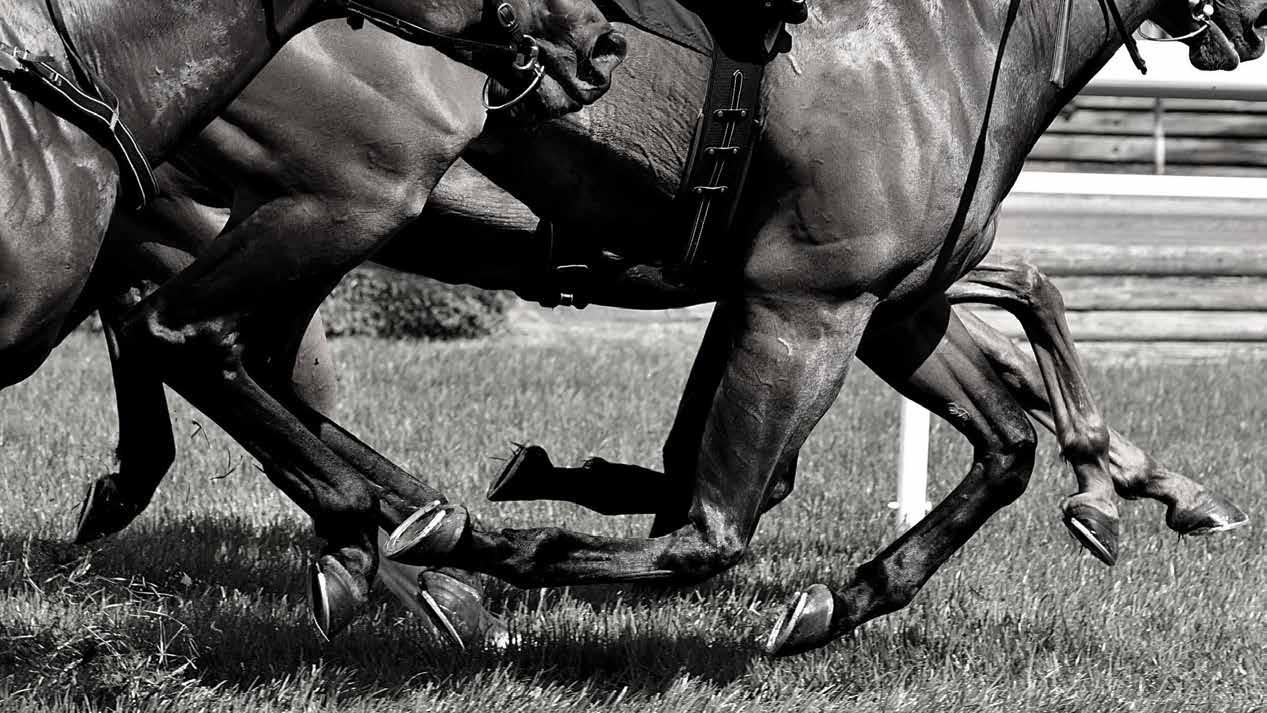


There is no information on offset to horsemen for these costs analogous to what is granted to racetracks or racing commissions. Other areas where financial transparency is missing include:
• Line-item breakdowns (e.g., lab contracts, legal fees, IT infrastructure, travel)
• Testing costs per sample or per violation
• Administrative overhead ratios
• Actual versus projected start counts with reconciliation adjustments
• Reserves, surplus or carryover funding uses
• Direct reimbursement or offsets for licensee-paid costs (e.g., split samples, necropsies)
Enforcement Activity and Case Resolution Data
HISA Reports Extensive Enforcement Volume
Substance-Level Breakdown Lacks Context and Analysis
HISA’s 2024 Adverse Analytical Findings Include:
Crucially, HISA has not disclosed the data that links enforcement activities, such as sample collection, adverse analytical findings (AAFs) and barn searches, to their outcomes, which prevents stakeholders from assessing whether enforcement is effective, proportionate or fair.
Items of missing enforcement transparency include:
• Final disposition of each AAF: upheld, withdrawn, pending or reversed
• Outcomes of barn search and possession cases
• Penalties versus dismissals
• Tip conversion rate: how many tips led to formal action
• Number of cases resolved by hearing versus settlement
Without this linkage between inputs (tips, tests) and outputs (enforcement actions), it is impossible to assess the efficacy or fairness of enforcement.
In addition, procedural due process data is hidden behind the process. In 2023, 238 enforcement notices were filed, and for cases initiated in 2024, 398 notices were filed by March 15, 2025. The average case resolution time was approximately 70 days for cases originating in 2023. Resolution times were similar or slightly improved for 2024-origin cases as of March 2025.
Despite the volume of notices, no public data explains how many resulted in penalties versus dismissals. The process remains largely opaque despite HISA’s reporting operational rigor.
The following are among due process metrics lacking transparency:
• Number of cases with counsel (private versus pro bono)
• Rate of split sample requests and outcomes
• Number of appeals filed and granted
• Public access to hearing decisions or redacted rulings
• Rate of suspensions versus educational remedies or warnings
A regulatory classification breakdown for the most common substances detected in 2024 included:
• Dexamethasone (40 findings)
• Methocarbamol (26)
• Lidocaine (17)
• Methamphetamine (12)
• Metformin (10)
• Phenylbutazone, flunixin, omeprazole and boldenone in smaller numbers
This confirms that the majority of findings involve potential contamination and therapeutic medications—not illicit doping agents. But HISA does not report trace thresholds, contamination risk or biologic plausibility.
That leads to a lack of scientific context in the following areas:
• Detection thresholds and margins of error
• Environmental contamination protocols
• Proportion of findings due to accidental exposure
• Data on split sample reversals or contradictions
Accreditation and Testing Data
As of January 1, 2025, HISA’s Equine Analytical Laboratory program formally accredits participating labs, which must pass annual proficiency tests involving 15 single-blind samples and five double-blind samples.
Four labs are currently accredited:
• University of California, Davis (Kenneth L. Maddy Lab)
• Industrial Laboratories (Denver)
• Ohio Department of Agriculture Analytical Toxicology Lab
• Pennsylvania Equine Toxicology Lab (University of Pennsylvania)
This accreditation ensures testing reliability but further contributes to rising compliance costs. HISA, however, has not disclosed pass/fail rates for blind samples, the cost per test under new accreditation standards, inter-lab consistency or error disputes, independent scientific audits or third-party reviews.
Numbers Are Not Accountability
HISA’s publications are thick with numbers but thin on meaning. Budget totals are provided, but economic burdens are concealed. Enforcement volumes are highlighted, but outcomes are undisclosed. Testing expansion is praised, but procedural context and scientific thresholds are absent.
To earn industry trust and regulatory legitimacy, HISA must begin disclosing:
• Final case outcomes
• Participant-level financial burdens
• Scientific thresholds and contamination data
• True enforcement effectiveness
• Procedural fairness metrics
• Stakeholder impact analysis
Until then, stakeholders are asked to fund a system they cannot fully see and comply with standards they cannot fully scrutinize. Without answers to those questions, cost transparency remains illusory, and due process remains unevenly accessible. HJ
Renee Mancino is managing attorney of Mancino Law, an equine, racing and gaming consulting law firm in Ohio.



WHAT A DUDE, WHAT A MESS!
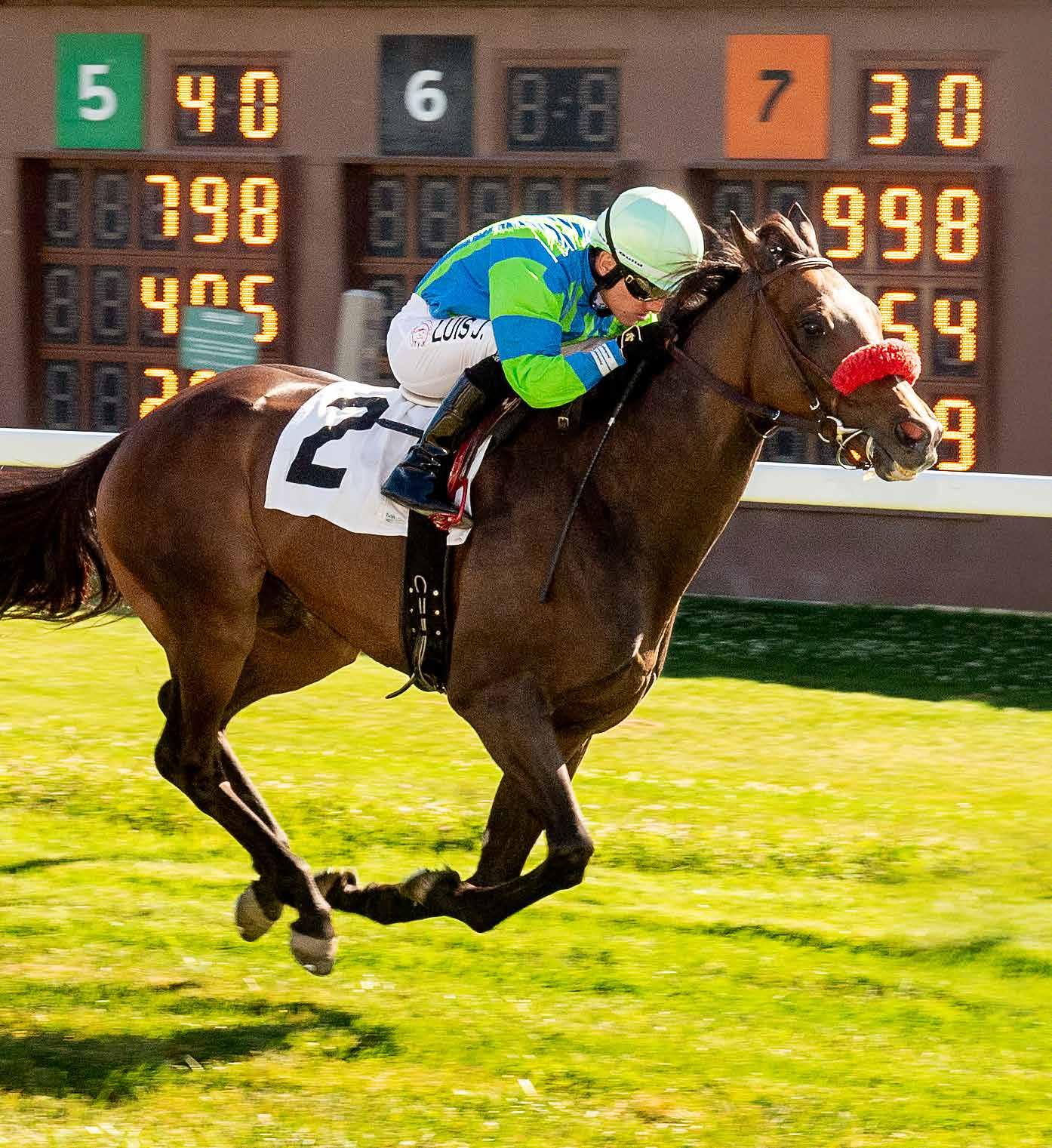
The story of a classic perivascular Lasix “bleb” injection
By Kimberly Brewer, DVM, MSc; Clara Fenger, DVM, PhD, DACVIM; Andreas Lehner, PhD; Levent Dirikolu, DVM, PhD; and Thomas Tobin, MRCVS, PhD, DABT

Trainer Doug O’Neill did not anticipate that a routine pre-race Lasix injection on a $12,500 claimer running at Santa Rosa would become a problem, yet it did. The two-time Kentucky Derby-winning trainer not only frequents the “big stage” with such wins as the 2024 Godolphin Mile at Meydan Racecourse in Dubai but he also runs horses at fairground tracks. One such entry was the gelding What a Dude at Santa Rosa on August 16, 2024, and it spurred a contested charge for a Lasix/furosemide overage with the Horseracing Integrity and Welfare Unit (HIWU).
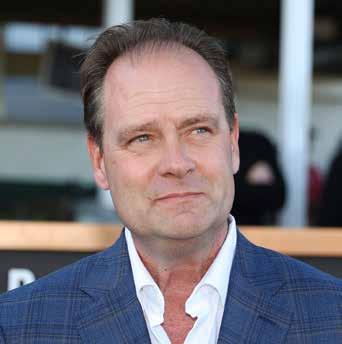
TWO-TIME KENTUCKY DERBY-WINNING TRAINER DOUG O’NEILL FACED SANCTIONS FROM THE HORSERACING INTEGRITY AND WELFARE UNIT FOR A LASIX OVERAGE FROM A WINNER AT SANTA ROSA RACETRACK IN AUGUST 2024.
O’Neill was not even present at Santa Rosa that day, a fact that becomes important as this story unravels. O’Neill requested that his horse What a Dude receive the four-hour pre-race intravenous administration of 5 cc of Lasix that was approved by the California Horse Racing Board (CHRB). What O’Neill did not expect was that the University of California, Davis Kenneth L. Maddy Equine Analytical Chemistry Laboratory would return an astronomical finding of a post-race plasma concentration of furosemide of more than 4,000 nanograms per milliliter (ng/mL), a shockingly high value when you consider the regulatory threshold for Lasix following the above CHRB-supervised administration to be 100 ng/mL.
In September 2024, O’Neill received a formal charge letter from HIWU, an Equine Controlled Medication Notice of an alleged Controlled Medication Rule Violation. If found guilty of these charges, O’Neill faced a $500 fine, 1.5 penalty points and disqualification of his horse, with return of the purse. O’Neill chose to fight the charges and retained the Law Office of Howard L. Jacobs and a veterinary expert.
In his letter to HIWU, O’Neill stated that he does not have Lasix present in his barn, nor does he administer Lasix. The Lasix that What a Dude received was administered by a CHRB employee who was a veterinary technician and not a veterinarian. O’Neill pointed out in his letter to HIWU that he was unsure if the veterinary technician was under supervision as there was an atypical/ uncommon notation on the Lasix horse identification sheet as “w/Calvario.” This turned out to be an important clue that helped investigators put the pieces of this puzzle together.
Based on the testimony of his assistant trainer, O’Neill stated he knew that the pre-race Lasix injection was given on the left side of the horse and that the horse was wearing a cribbing strap. He also stated in his letter that, based on the testimony of his groom, he was aware that the post-race testing samples were taken from the left jugular vein.
Next, what was the notation “w/Calvario” about? As it turns out, the horse was difficult to handle, even attempting to bite the veterinary technician. Calvario was the assistant trainer present at the time of Lasix administration who had to help hold and restrain the horse for the Lasix injection. Things were not going as smoothly as they should have for this very common and routine protocol. A veterinary technician, not a veterinarian, injected the Lasix; the horse was difficult to handle; and most importantly, the same vein was used for both the pre-race Lasix administration and the post-race drug testing sampling. This all yielded the perfect storm for a discovery of perivascular injection of Lasix.
It is reasonable to assume that a difficult horse, moving around, trying to bite or tossing his head, for example, could result in the position of the needle moving and what was supposed to go in the jugular vein did not. The needle went outside the vein. This is much more logical and plausible than concluding it was a purposeful attempt to exceed the blood level limit by 40 times.
The purpose of Lasix is to protect the horse against exercise-induced pulmonary hemorrhage (EIPH), a function of its diuretic action. The blood concentration limit for Lasix is 100 ng/mL in plasma post-race; more Lasix is not better, nor would it produce any increased performance-enhancing or EIPH-protecting effect. So there was no logical reason for this to have been a purposeful or intentional administration of Lasix to reach a very high 4,140 ng/mL concentration.
An exacerbating problem in this matter was the fact that the post-race blood sample was collected from the same vein into which the veterinary technician had attempted to administer the Lasix pre-race. It is standard procedure in scientific research, as it should be for regulatory drug testing, that one never collects analytical samples from the vein into which a medication has been administered. In 1998, a national workshop concluded that drawing a Lasix regulatory sample from the same side or same vein that was used to administer the Lasix can give rise to atypically elevated blood concentrations of Lasix. The atypical elevation is associated with contamination from the vein into which the Lasix has been administered, which also includes the perivascular administration of Lasix.
The graph above shows the blood concentrations of Lasix after its intravenous and intramuscular (i.e., an extravascular or “bleb”) administration. Administered intravenously (IV), the left-hand curves show the average blood concentrations of Lasix dropping rapidly, on average falling well below the four-hour/100 ng/mL regulatory level for Lasix. The right-hand curves show the blood concentrations after intramuscular (IM) administration dropping much more slowly, consistent with the ongoing slow release or trickling of Lasix from the extravascular injection site into the bloodstream of the horse.
If you pull the sample below the Lasix bleb, the Lasix concentration will be unusually high due to direct downstream contamination from it. On the other hand, if you pull the sample upstream of the bleb, the sample will be the actual systemic concentration in the horse...
In the case of a perivascular Lasix administration, there is a “bleb,” or pocket, of Lasix deposited outside of the vein. This extravascular administration creates a situation in which the Lasix is slowly leaking or trickling back into the vein. For example, Lasix is slowly trickling into the vein and also into the horse from this extravascular site. Therefore, when you pull a regulatory blood sample post-race from the vein of an extravascular administration horse, you have two possible scenarios. If you pull the sample below the Lasix bleb, the Lasix concentration will be unusually high due to direct downstream contamination from it. On the other hand, if you pull the sample upstream of the bleb, the sample will be the actual systemic concentration in the horse, likely just a little above the 100 ng/mL regulatory threshold because of the slow trickling of Lasix into the entire horse from the bleb. These Lasix bleb considerations explain the classic sequence of concentrations in the four post-race blood sample concentrations as reported by the UC Davis laboratory, as shown in Table 1, and reviewed by HIWU when O’Neill questioned the origins of the 4,140 ng/mL positive referenced in his original HIWU notification.
Table 1
Tube 1
Tube 2
Tube 3
Tube 4
4,140 ng/mL
460 ng/mL
Blood sample Lasix concentrations in four post-race samples drawn from trainer Doug O’Neill’s horse What a Dude at Santa Rosa, as per HIWU
The data set in Table 1 closely fits the Lasix bleb scenario as presented in Figure 1. The 4,140 ng/mL sample was drawn below the bleb and is therefore directly contaminated with Lasix trickling out of the bleb, accounting for the high concentration. The 172 and 177 ng/mL samples were taken above the bleb and thus are samples of systemic jugular blood coming down the jugular vein, moving toward the bleb and therefore not contaminated by it. The 172 and 177 ng/mL samples are what one would expect the systemic concentrations of Lasix in this horse to be if a portion of the administered dose had been made extravascularly and was slowly leaking back into the vein and from there distributing to the horse. The 460 ng/mL sample was obviously taken in the area of the bleb leakage site but not completely below the site.
This Lasix perivascular administration matter has been carefully researched by our Canadian colleagues as communicated by Stevenson et al.,1997.1 As reported on page 68 of their communication, they administered 250 milligrams of Lasix extravascularly to three horses and collected blood samples 7.5 centimeters (cm) above the injection site, 7.5 cm below the injection site and also samples at the injection site.
Samples collected four hours post-administration at the perivascular injection site showed highly variable concentrations, including 3,700 ng/mL and 3,700 mg/mL in two horses and a 9,700 ng/mL concentration in one horse at five hours post-administration, data consistent with the 4,140 ng/mL value reported in the O’Neill horse.
Samples taken above the perivascular site at four hours postadministration presented between 97 ng/mL and 132 ng/mL, considerably
WE NEED YOUR HELP! IT’S BEEN OVER 6 YEARS SINCE THE LAST ECONOMIC IMPACT STUDY OF
The University of Kentucky’s Community and Economic Development Initiative of Kentucky (CEDIK) has been commissioned to conduct this important study, with support from the IA HBPA, ITBOA, and Prairie Meadows Racetrack and Casino.
WHY IT MATTERS
This survey will help document the value and impact of our industry on the Iowa economy. Your input is essential.
COMPLETELY ANONYMOUS
No identifying info is collected. Your answers are strictly confidential and will take just 15–20 minutes to complete.
IMPORTANT: If you did not race or stable at Prairie Meadows in 2024, please do not complete the survey. Also please do not fill out the breeders survey if you did not own a mare or foal out in 2024. The University of Kentucky is monitoring survey quality closely.
FILL OUT THE SURVEY HERE
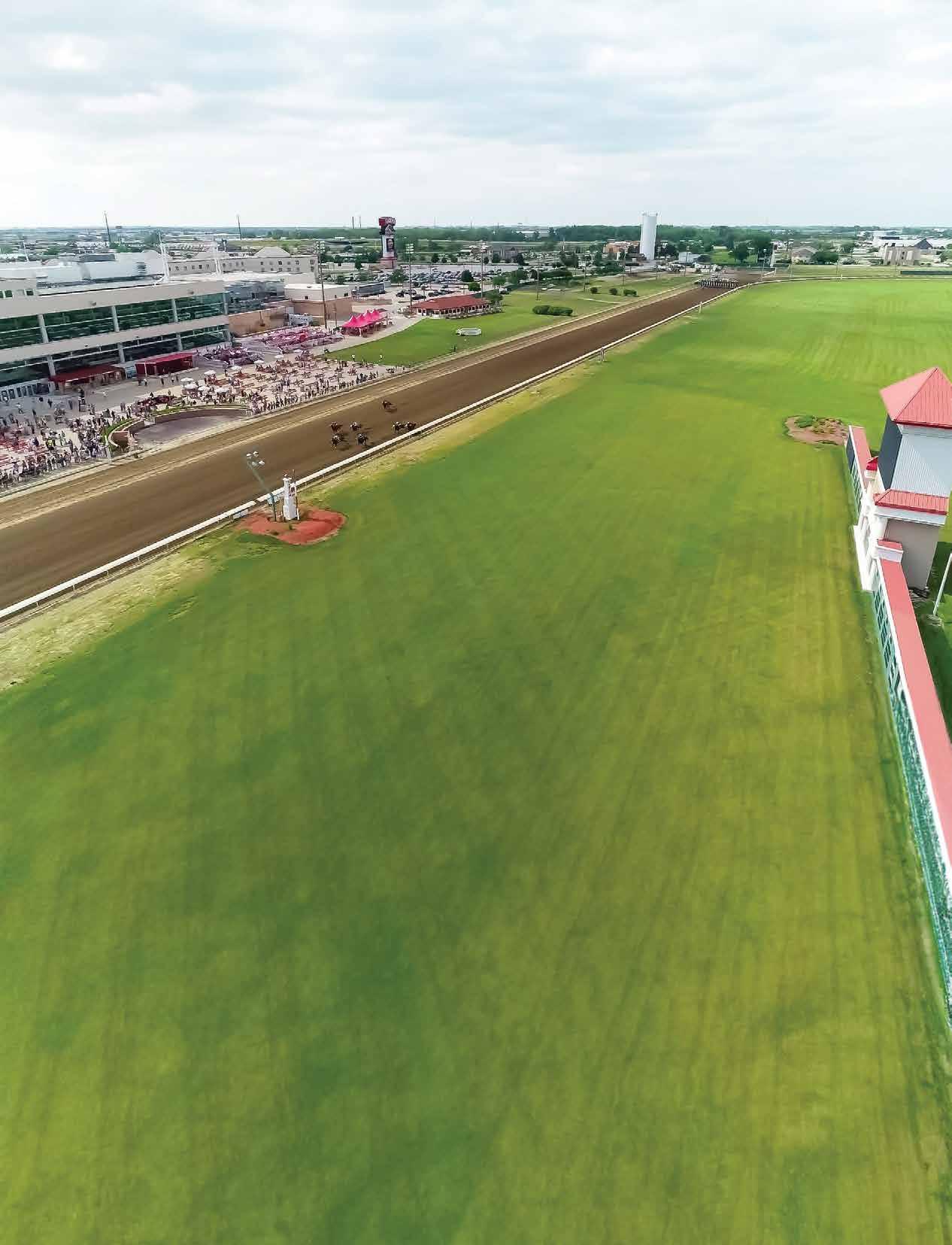
Your participation is greatly appreciated — thank you for supporting the future of racing in Iowa!
above the 15-17 ng/mL values in the control intravenously administered horses and consistent with a longer plasma half-life of furosemide after extravascular injection and approaching the 172 and 177 ng/mL values in the O’Neill horse.
Simply put, the Canadian experimental data support interpretations that the data set presented in Table 1 is consistent with an extravascular administration, with two post-race test samples being drawn above the extravascular site: the 4,140 ng/mL sample being drawn from or just below the extravascular site and the 460 ng/mL sample being drawn close to but not directly from the extravascular administration site.
The first approach to this problem, which should be a mandatory requirement for purposes of HIWU documentation, would be to record which vein was used for the pre-race Lasix administration (right or left jugular vein) and require the post-race samples to be drawn from the other side/opposite jugular vein that was not used to administer the Lasix. This process would ensure that the post-race sample concentration of Lasix measured would be a sample representative of the systemic concentration of Lasix in the horse. As seen in this example, when this process is not followed and the same vein is used, the elevated concentration reflects the contamination of the administration vein and/or leakage from the substance deposited around the vein back into the vein if the administration was perivascular.
The fact that perivascular contamination can give rise to atypically elevated furosemide concentrations became clear to racing regulatory scientists in the 1990s, as presented in the Testing Integrity Program booklet,2 in which regulatory scientists and researchers reviewed the matter of regulating Lasix administration. Their recommendations included that it should be standard procedure for Lasix administration to be on one side of the horse’s neck and post-race blood sample collection to be from the jugular vein on the other side of the horse.
As shown in Figure 1, the correct administration of Lasix into a vein is associated with a terminal plasma half-life in the order of 25 minutes. In comparison, intramuscular administration of Lasix is associated with a 65-minute terminal plasma half-life. Thus, you would expect to see a higher systemic blood concentration of Lasix in horses when the Lasix is deposited outside of the vein, either from an intramuscular injection or from an accidental perivascular administration fully consistent with the 172 and 177 ng/mL concentrations presented in Table 1.
A review of the Association of Racing Commissioners International data for Lasix overages from the years 2019 to 2024 when concentrations were reported showed an average overage amount to be 269 ng/mL. In the O’Neill case, the screening level was 2,110, and the confirmatory sample was more than 4,000 ng/mL. As explained above, this is an atypical finding that deviates from true intravenous administration overages of Lasix and is entirely consistent with a perivascular drug administration.
Further evidence that this case involved perivascular administration in this case comes from the low specific gravity of the urine (a measure of how dilute the urine is), O’Neill’s horse was low at 1.008. It should have been 1.010, if furosemide had been given correctly. With perivascular administration, the Lasix persists longer in the tissues and is not eliminated as quickly from the horse, as shown in Figure 1, and therefore continues to influence the specific gravity of the urine for a longer period of time than would be expected.
Because Lasix administered intravenously is rapidly cleared from the body, to get a purposeful concentration of 4,000 ng/mL, one would have to administer a significantly large dose by a correct administration protocol very close to post time in the horse. The horse would have been under direct scrutiny in the time frame needed to give a huge intravenous dose of Lasix, which is just not a plausible thing to suggest happened, especially with a horse that has proven very difficult to give injections to. Someone surely would have noticed this happening in the saddling paddock if this was truly given intentionally for doping purposes.
While O’Neill had requested Lasix, he did so on the assumption that standard operating procedures meant to protect the integrity of the sampling process would be followed, and in this instance, they were not.
Submission of letters from both a forensic toxicologist and veterinarian in support of Mr. O’Neill confirmed that there was no doubt in those experts’ mind that this was an accidental perivascular administration. Nevertheless, HIWU initially took the position that the error resulted from Lasix administration and that this was a risk O’Neill took when he chose to have Lasix administered. As a result he remained liable for a violation of HISA Rules as the absolute ensurer of the horse’s safety, but ultimately HIWU withdrew the charge against Mr. O’Neill.
While O’Neill had requested Lasix, he did so on the assumption that standard operating procedures meant to protect the integrity of the sampling process would be followed, and in this instance, they were not.
A veterinary technician gave the Lasix injection, not a licensed veterinarian. It was unclear how directly this technician was supervised, but it was made clear by the notation in the Lasix administration document that it was not a straightforward administration. This was seen by the handwritten notation “w/Calvario.” Most importantly, the scientifically correct procedure of administering the injection on one side of the neck and drawing a sample from the other was not followed.
A search of the internet and requests to HIWU for documentation of how Lasix should correctly be administered were fruitless. It does not appear that there is a written HIWU protocol for testing personnel on Lasix administration at this time.
What would be helpful is HIWU making public its written protocol for Lasix administration as related to post-race testing. This would include written documentation on the Lasix administration form of which side the therapeutic medication was administered to as well as the exact time of the administration. We also suggest that there be a written protocol that post-race samples be drawn from the opposite side of the neck on a different blood vein than the one used to administer the Lasix. This should be documented in writing on the testing collection paperwork.
Additionally, if any sort of swelling occurs around the site of administration, or any other evidence of an extravascular administration arises, this should be documented in writing in addition to photographs taken at the time of the Lasix injection, or at the time these concerns initially arise. HJ
References:
1. A.J. Stevenson, M.P. Weber, D. Hopkins, S. Kacew, eds., Analytical Methodology for Detection and Confirmation of Drugs in Equine Body Fluids, Vol. IV: Diuretics (Ottawa, Ontario: Canadian Pari-Mutuel Agency, 1997), 43–112.
2. J.D. Harkins, Wyndee Carter, and Thomas Tobin, eds., Furosemide in the Horse: Its Actions, Effects, and Regulatory Control, from the Testing Integrity Program Seminar held at the New Orleans Hilton Riverside, March 1, 1998. Convened by Richard Sams and Scott Stanley. (Lexington, Kentucky: Wind Publications, 2000).
Editor’s note: This article was reviewed and approved by Howard Jacobs and Katy Freeman, Law Offices of Howard L. Jacobs, Westlake Village, California.
4 DAYS OF LIVE RACING
JULY 18-19 | JULY 25-26
FRIDAY POST TIME | 4:00PM
SATURDAY POST TIME | 1:30PM
Enjoy 4 days of exciting thoroughbred racing at Horsemen’s Park at WarHorse Casino. There will be live wagering, giveaways, food, and beverages. You can also enjoy the action inside the newly expanded WarHorse Casino with over 1,100 slots, table games (live and electronic), Sportsbook, simulcasting, and multiple dining options, including the Nebraska Ale Haus, Trifecta Food Hall, and Sweetwater Cafe!
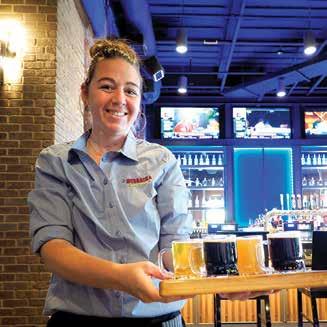
OMAHA, NEBRASKA
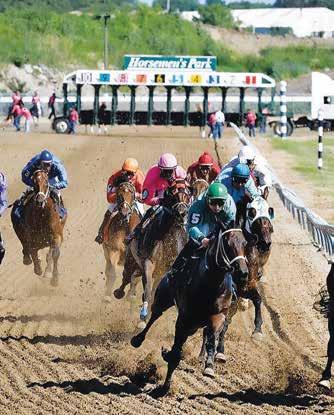


WE’RE JUST GETTING GOING” “
By Jennie Rees
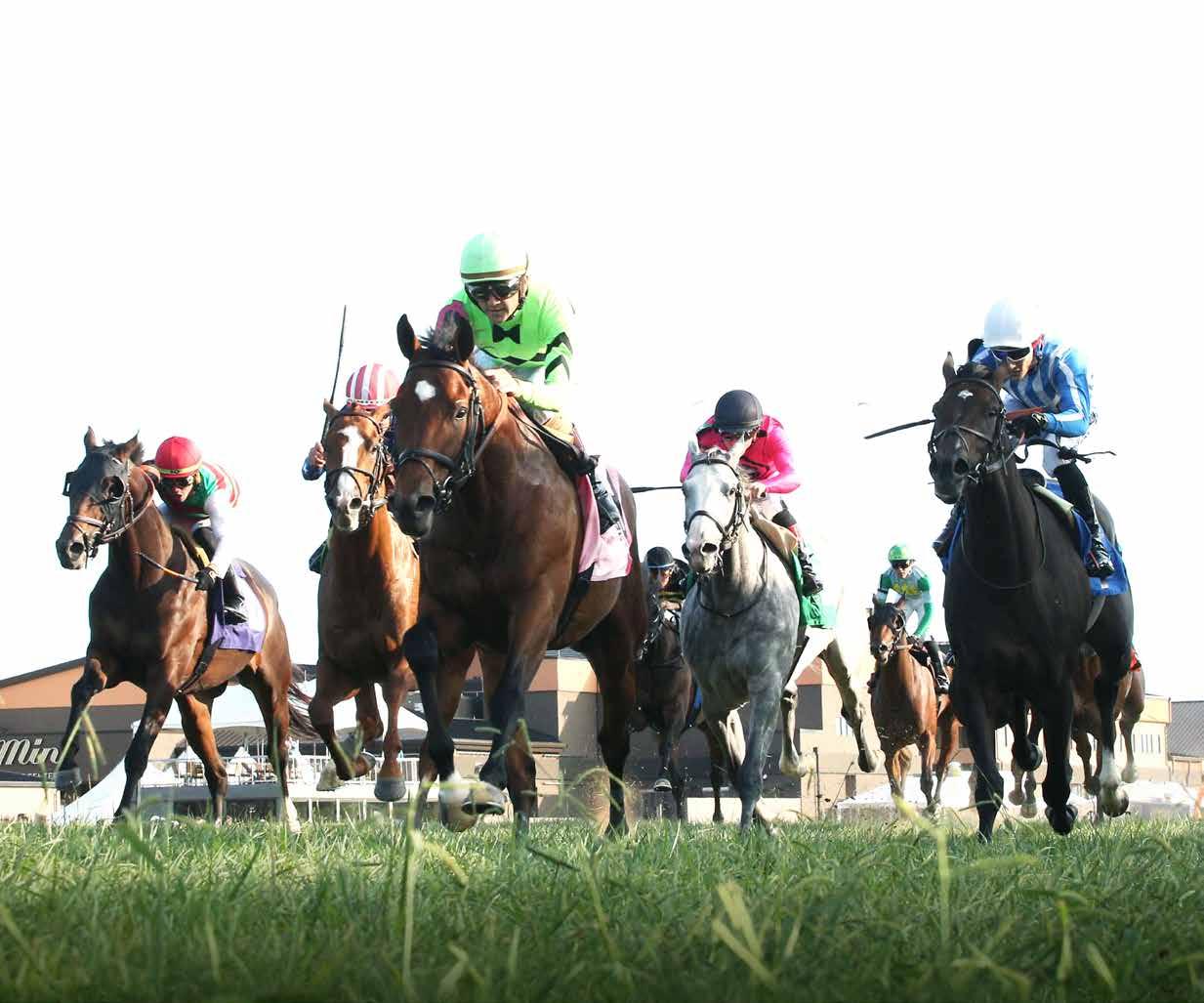
HORSEMEN WILL COMPETE FOR RECORD PURSES AT THE 2025 KENTUCKY DOWNS MEETING, WHICH WILL OFFER A RECORD $41.77 MILLION FOR KENTUCKY-BREDS OVER ITS SEVEN DAYS.
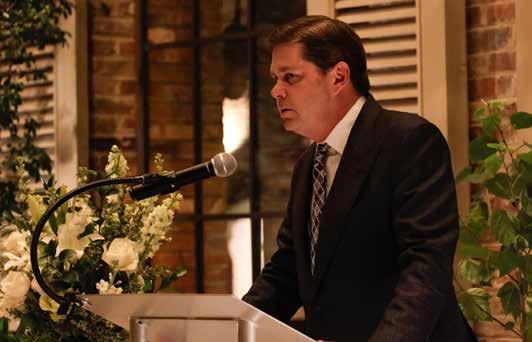
RON WINCHELL, HONORED BY THE KENTUCKY THOROUGHBRED OWNERS AND BREEDERS IN APRIL WITH ITS LIFETIME CONTRIBUTIONS AWARD, LEADS THE TEAM THAT CONTINUES TO RAISE THE BAR AT KENTUCKY DOWNS.
“The new Kentucky Downs is not going to be anything near what the old Kentucky Downs is—top to bottom improvements all the way around. This is going to drive HHR immensely. I can’t stress how much I’m invested in horse racing, committed to doing the right thing.”
That was Ron Winchell to Kentucky’s horse racing commission in late 2018, shortly after the group the prominent horseman heads with fellow Vegas entrepreneur Marc Falcone agreed to purchase Kentucky Downs.
This was Winchell’s response when reminded of his comment 61/2 years later: “If you look at that statement, we actually executed what we said we’d execute, probably even more than we imagined at that point, just because we’ve been able to reinvest back into the facility. When you go to the property, you see it; you see the changes. You see the success, and you see the numbers. It’s been very positive.”
Such compressed success encouraged the Kentucky Thoroughbred Owners and Breeders to give Winchell the organization’s Lifetime Contributions Award in April. He was honored, if a bit bemused.
“Since I don’t feel I’m at the end of my career here,” Winchell said with a laugh in a phone conversation. “I feel like we’re just getting going here and not at the end. We still have a lot to do.”
But, as the award attests, he’s still done a lot in a little time.
Only 53, Winchell has made his mark on multiple fronts in the Thoroughbred industry: half-owner of the breed-shaping stallion Tapit and the record-setting young stallion Gun Runner; owner of a powerful racing stable and breeding operation that has produced multiple champions; and co-managing partner with Falcone in Kentucky Downs since 2019 and more recently in building the Cumberland Run harness track in Corbin (with Keeneland as a minority partner) and buying two racetracks in Wyoming.
The Kentucky Downs ownership has used historical horse racing (HHR) gaming—the pari-mutuel version of slot machines based on previously run
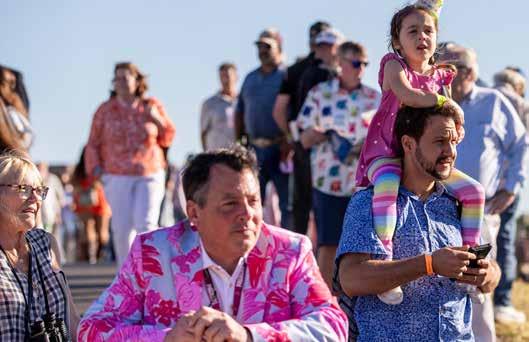
FANS FLOCK TO WESTERN KENTUCKY EVERY SUMMER FOR THE KENTUCKY DOWNS MEETING, WHICH RUNS SEVEN DAYS IN LATE AUGUST AND EARLY SEPTEMBER.
horse races—as a catalyst for economic development and more. The owners rebranded the track’s gaming facility as The Mint Gaming Hall, and the property has undergone four major expansions, adding restaurants, bars, larger gaming floors and most recently an 18,000-foot addition to accommodate the Circa Sportsbook opening this summer. Also constructed were gaming and entertainment facilities in Bowling Green, Williamsburg and Cumberland Run. Each includes simulcast wagering and sports betting.
Kentucky Downs’ seventh meeting under the leadership of Winchell and Falcone runs August 28, 30 and 31 and September 4, 6, 7 and 10. For a track that races only seven days and exclusively on turf, Kentucky Downs has an outsized impact.
The Franklin track, already offering the largest overnight purses in the world for Kentucky-breds, will again top its record purses, with $41.77 million offered for the seven days. Of that, $19.29 million comes from Kentucky Thoroughbred Development Fund purse supplements for KTDFregistered horses, which must be foaled in the (KTDF) Commonwealth and sired by a Kentucky stallion.
The meet’s 18 stakes (10 graded) are worth a combined $30.5 million: $16 million in base purses and $14.5 in KTDF supplements. Eleven of those stakes have a purse of at least $2 million—led by the $3.5 million, Grade 3 Nashville Derby—with another five carrying $1 million purses. Even horses that aren’t KTDF-eligible will race for some of the biggest pots in America and even the world. Stakes worth $2 million to $2.5 million carry a $1 million base purse, with the 15/16-mile Nashville Derby’s base purse at $2 million. The $1 million races (four of which are for 2-year-olds) feature a $500,000 base purse.
Purses have quadrupled under the Winchell-Falcone ownership, while total betting—more than $90 million last year—is up almost 2.5 times from 2018, including the addition of two racing dates starting in 2022.
New this year:
• Kentucky Downs is beefing up its first of two Saturday cards. The August 30 card will feature the Nashville Derby, the Grade 2 Kentucky Downs Turf Sprint (a Breeders’ Cup Challenge Series race) and three other stakes. NBC (the mothership network, not one of its cable channels) will air a two-hour live broadcast from on site.
• A drone and cable camera running the length of the stretch will be added as the track keeps working through the inherent difficulties in showing races on a 15/16-mile, undulating course shaped roughly like a lopsided pear.
COURTESY OF KTOB
GRACE
CLARK-SWEET
PHOTO
• Winchell said the track continues to consider the practicality and costeffectiveness of someday building a synthetic surface inside the turf course. That would allow racing to continue when rain would otherwise force a cancellation and conceivably could lead to additional racing dates somewhere on the calendar. While there would be construction challenges that a flat surface wouldn’t face, Winchell’s ownership group moved—OK, blew up—a mountain to create enough level land to build Cumberland Run in southeastern Kentucky.
But it’s not just what Winchell and Falcone have done to build on the foundation created by Kentucky Downs’ previous ownership, which in 2011 took the gamble on HHR and created the blueprint for other tracks in the state. It’s Kentucky Downs’ unprecedented policy of transferring tens of millions of dollars to the purse accounts of other Kentucky tracks. While the transfer of purses to Ellis Park started under the prior ownership headed by veteran track executive Corey Johnsen, the largesse has multiplied and now provides significant boosts to the purses at not just Ellis Park but also Turfway Park and Keeneland. Those transfers are the results of agreements with the Kentucky HBPA and, for the KTDF, approval from the Kentucky Horse Racing and Gaming Corporation.
The KTOB’s proclamation about Winchell reads: “Whose venerable family legacy in Thoroughbred breeding and racing, shrewd acquisition of Kentucky Downs with partner Marc Falcone and altruistic investment of Kentucky Thoroughbred Development Funds with multiple sister racetracks transformed Kentucky into the leading year-round racing circuit in the United States.”
“I think I just have a different perspective from the standpoint of breeding horses, racing horses,” Winchell said. “It’s important to have the whole state get elevated. I know we just worked out to send Churchill Downs [as owner of Ellis Park and Turfway] $5 million this year. What we’re trying to do there, with Churchill Downs, is to get maiden races to at least $100,000 at Ellis and Turfway. With the elevated expenses that everybody sees across the board to run a horse, to train a horse, to keep a horse, it’s important people have the opportunity to make some of that money back.”
Asked about the unusual relationship of transferring purse money to tracks owned by other entities, Winchell said, “The important part is we’re all working together. That’s been a rarity in the history of racetracks in Kentucky. We work well with Keeneland; we work well with Churchill.”
One concept Winchell would like to see is a new Kentucky fund structured on the lines of the KTDF that would provide significant purse supplements to horses raced in the Commonwealth by their breeders. While noting that Winchell Thoroughbreds has done well with the existing Kentucky Thoroughbred Breeders’ Incentive Fund, which awards money to breeders of Kentucky-breds who win certain kinds of races no matter the ownership, he said it’s not enough to move the needle to encourage more people to breed. He said the motivation is to increase the foal crop by making it more viable to breed to race.
“What Kentucky Downs is doing under Ron and Marc’s leadership should be a model for the entire racing industry,” said Eric Hamelback, CEO of the National HBPA. “It proves what’s possible when racetracks work hand in hand with horsemen, collaborate with other tracks and engage constructively with state legislatures. The success of Kentucky Downs underscores the power of historical horse racing, and it strengthens the pari-mutuel system by helping grow our industry’s long-term stability. Kentucky has spectacularly demonstrated that, and states like Wyoming are now showing it too. This is the winning blueprint: cooperative, state-driven, horsemen-centered progress.”
Winchell and Falcone’s latest capital project is an 18,000-square-foot expansion of The Mint Gaming Hall at Kentucky Downs to accommodate the Circa Sportsbook. Circa’s Las Vegas sportsbook is the largest in the world and famously incorporates swimming pools.
“We’re hoping we’re going to end up with the largest sportsbook east of the Mississippi,” Winchell said. “We’re hoping to continue to draw more people who normally aren’t used to going to a racetrack-type venue. Our goal is to drive more revenue, and that will help continue the path of giving more racetracks in
KENTUCKY DOWNS 2025 MEET AT A GLANCE
RACE DATES August 28, 30, 31 and September 4, 6, 7, 10
ADDRESS 5629 Nashville Road, Franklin, KY 42134 (I-65, Exit 2)
RACING WEBSITE themintkentuckydowns.com/live-racing/
GENERAL OFFICE (270) 586-7778; racing office (in season) (270) 598-9821
RESERVED SEATING VIP Chalet, Finish Line Pavilion. Details, including additional options, will be available around mid-July and posted at themintkentuckydowns.com/live-racing/. Free general admission will be available at the top of the stretch with a tailgating area into the far turn.
HORSEMEN’S POLICY A horse’s connections in a stakes receive up to four tickets in a reserved-seating venue, with those in undercard races getting up to two. There is an option to purchase more tickets at the HBPA halfprice rate.
NEW THIS YEAR Trainers will receive a meet-long wristband valid for venue access and HBPA Pavilion seating. For both Saturdays when the HBPA Pavilion is assigned seating (or if a seat in the Chalet is desired on any day), trainers must secure those seats from within the horse’s allotted tickets. Details are on page 5 of the Kentucky Downs condition book.
HORSEMEN’S HOTEL RATE Use the QR code on page 54 of the condition book to receive a special rate at the SpringHill Suites Franklin Mint.
Kentucky more money and keep building on that. The amount of business it is driving to Kentucky now is quite phenomenal.”
Circa Sports Kentucky will feature an 80-foot-wide LED screen, a 31-footwide real-time odds board and a Vegas Stats and Information Network broadcast studio with live on-air talent, analysis and game-day content. The swimming pool, however, is at the on-site SpringHill Suites Franklin Mint hotel, which opened in August 2023.
Noting Circa’s marketing prowess, Winchell envisions the sportsbook being a destination where sports fans can enjoy college football Saturdays, spend the night at the SpringHill Suites and feast on Sunday’s NFL games—with the opportunity to engage in betting on HHR and horse racing.
“That was part of the original master plan,” he said. “But it takes time to put all these components together. We continue to do that, continue to tweak it and work on it, and we’ll continue on that going forward.”
Because, after all, the man still has a lot to do. HJ
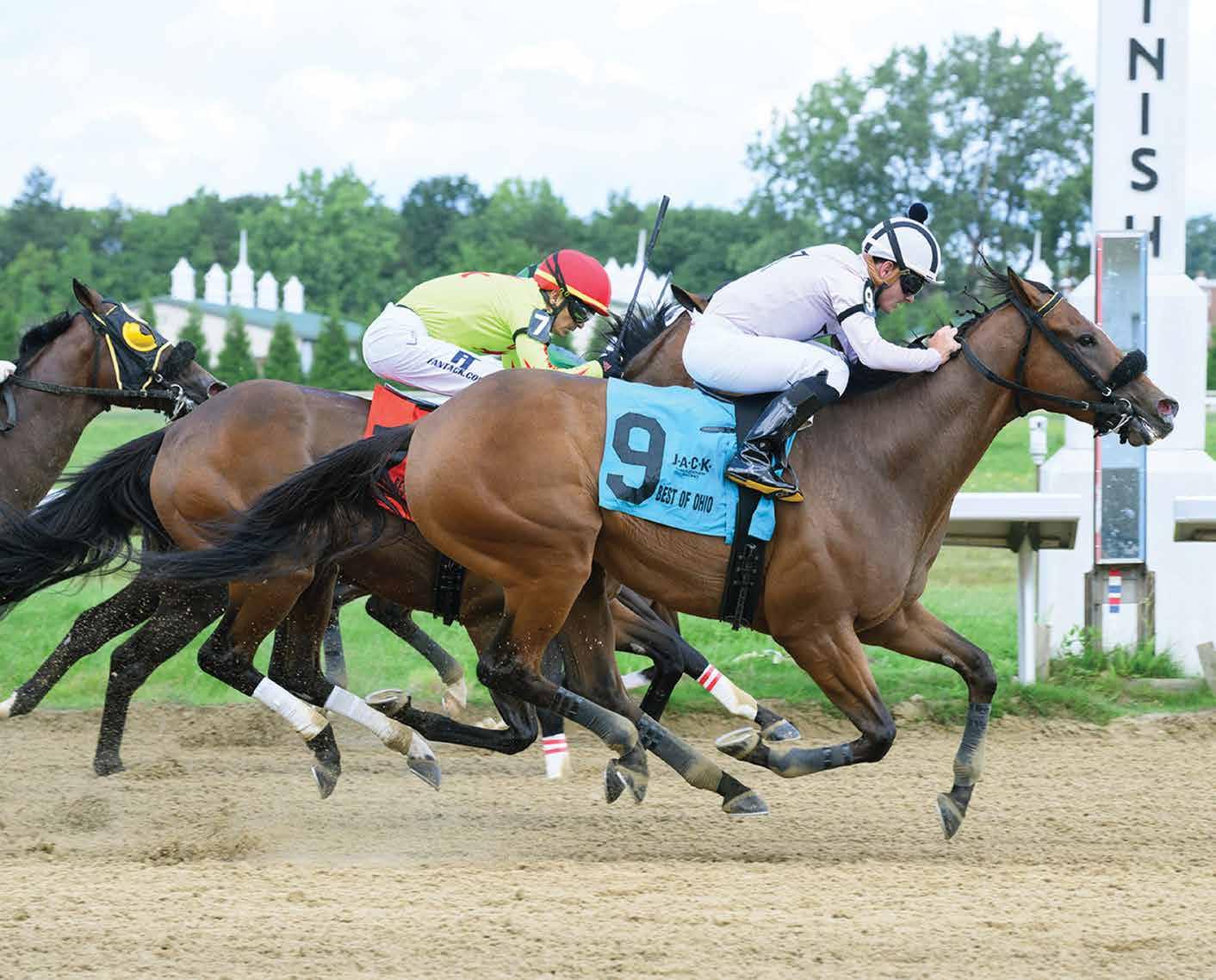

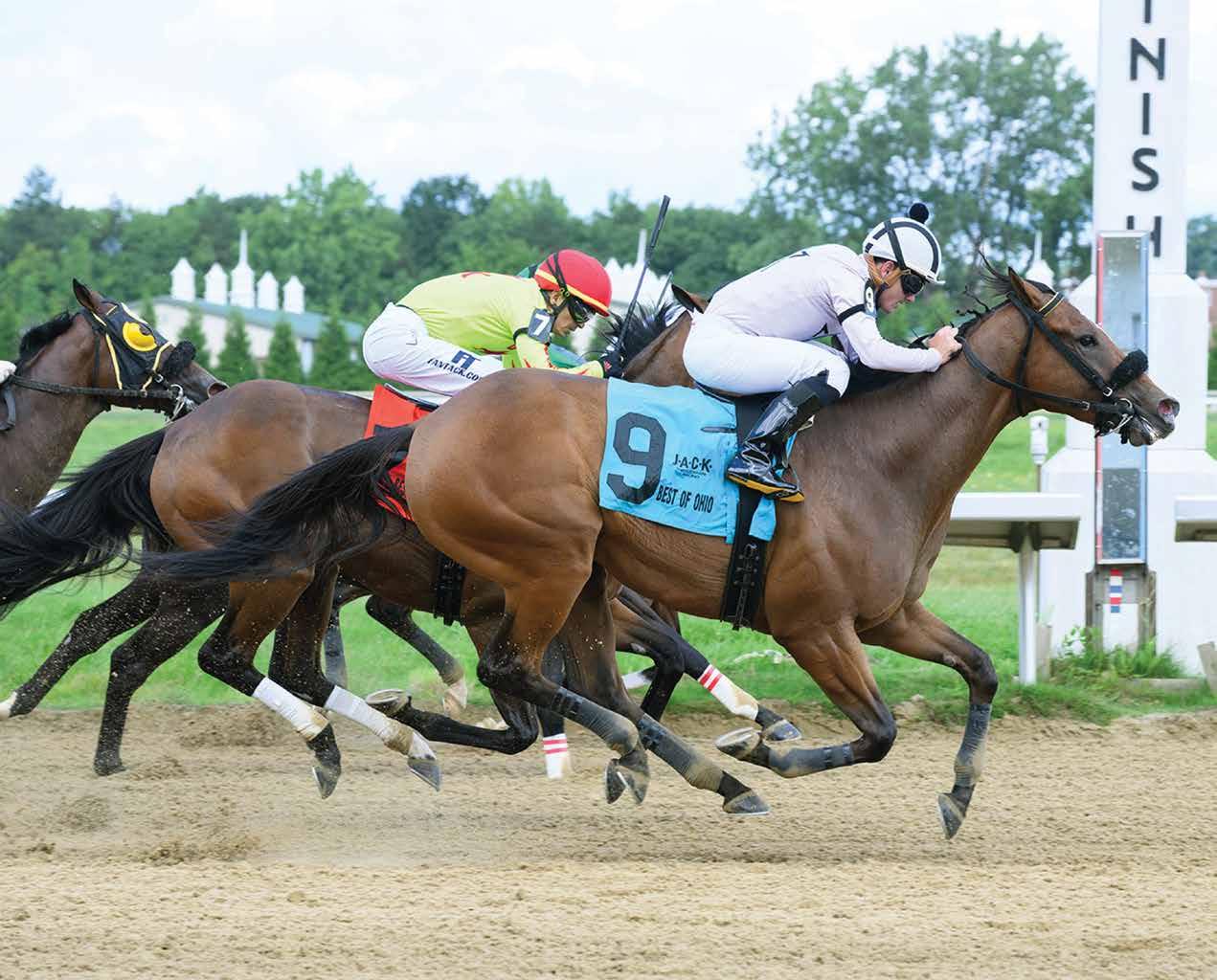

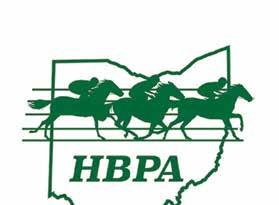


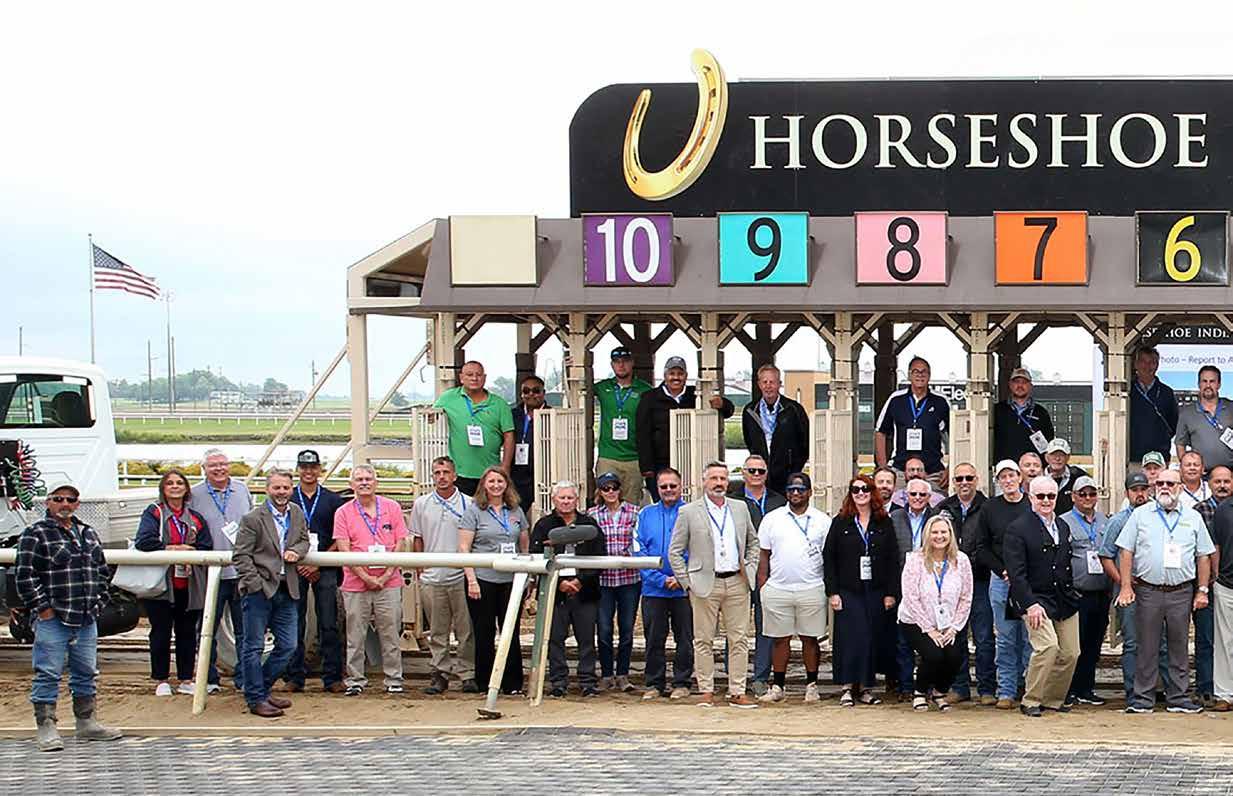
True Team Effort
Cooperation and communication between the horsemen, the racetrack and the racing commission are paying dividends for safety at Horseshoe Indianapolis
By Denis Blake
Horse racing, perhaps more than any other sport, can produce a range of sensational headlines on both ends of the spectrum.
On the plus side, the incredible story of 2023 Horse of the Year Cody’s Wish and the young man who inspired his name captured the attention of racing and non-racing fans alike, and the athletic exploits of reigning Horse of the Year Thorpedo Anna have done the same.
On the other side, medication positives—sometimes real and more often the result of environmental contamination—have been a hot topic. Breakdowns also can fall into the latter category, but there is an often-overlooked fact: The injury rate for racehorses has been dropping significantly for some time, and that’s something that can and should be celebrated.
While officials with the Horseracing Integrity and Safety Authority (HISA) are quick to take credit for the decline, it needs to be noted that the trend was underway long before the HISA legislation was passed, and ample credit needs to be given at the local level, where horsemen, track management and racing commissions are working together to protect our equine and human athletes.
In 2009, the first full year for The Jockey Club’s Equine Injury Database (EID), the rate of racing-related fatalities per 1,000 starts at North American tracks that participated in the database was 2.00. That number dropped slightly to 1.88 in 2010 and then was mostly unchanged until 2015, when it dropped again to 1.62. The data for the most recent year, 2024, shows an all-time low rate of 1.11. One of the tracks that has been well below the North American average in recent years is Horseshoe Indianapolis, which recorded a rate of 0.26 in 2024 for Thoroughbreds.

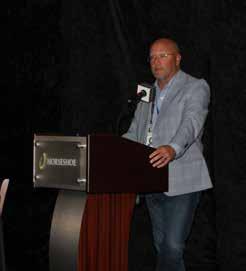
ERIC HALSTROM, VICE PRESIDENT AND GENERAL MANAGER OF RACING AT HORSESHOE INDIANAPOLIS, WORKS WITH HORSEMEN ON SAFETY ISSUES, AND TRACK OWNER CAESARS HAS PUT IN MORE THAN $15 MILLION OVER THE YEARS TO IMPROVE FACILITIES AND REPAIR AND MAINTAIN EQUIPMENT.
According to those with boots on the ground at the Midwest track, the exemplary results there are primarily due to hard work by the track superintendent and his staff, along with collaboration and cooperation between track management, the Indiana Horse Racing Commission and the horsemen and horsewomen of the Indiana HBPA.
Of course, the ideal number for the injury rate would be 0.00, and that’s something that everyone involved is striving to reach. Even so, no amount of effort by the track superintendent, state veterinarian or horsemen can guarantee an injury-free race meeting. The EID tabulates all racing-related injuries (within 72 hours of a race), even those resulting from horses clipping heels, suffering a heart attack or anything else that could be completely unrelated to the track surface or the soundness of the horse.
What makes the results at Horseshoe Indianapolis even more impressive is that its April-to-November meet sees a wide variety of weather, from heavy rain to brutal summer heat to chilly fall temperatures. The facility has both a
dirt and a turf course, and it has the extra challenge of also offering American Quarter Horse racing, which often has a full field of horses running down the straightaway over the middle and outer portions of the dirt track that don’t frequently have Thoroughbreds racing over it. Despite that, the Quarter Horse injury numbers are also quite low, coming in at 0.51 for 2024.
MAINTENANCE MAN
The person who, rightfully or not, often gets the most credit (or blame) for breakdowns is the track superintendent. At Horseshoe Indianapolis, that role is filled by Tony Martinez Jr., a third-generation track superintendent who took the position starting with the 2023 meet and brought with him more than 30 years of experience, most recently at Gulfstream Park.
Martinez credits his staff for their hard work and track management for providing him with the needed equipment to keep the racing surfaces safe, but undoubtedly his astute eye for track maintenance also plays a big part.
“I do have great management that gives me anything I need, or at least they give me the resources and materials, and then I’m able to do what I need to do,” Martinez said. “And I have a great team working for me.”
While Martinez has plenty of experience, his track maintenance team does not, which can be either a positive or a negative depending on your point of view. Martinez believes it to be the former.
“They’re all youngsters, between about the ages of 18 and 20, so I was able to mold and shape them and teach them the way I wanted things done, rather than having some old-school veterans that want to keep doing it their own
HORSESHOE INDIANAPOLIS SHOWED ITS COMMITMENT TO SAFETY BY HOSTING LARGE GROUPS FOR THE TRACK SUPERINTENDENT FIELD DAY SPONSORED BY EQUINE EQUIPMENT IN 2021 AND 2023.
DENIS BLAKE PHOTO
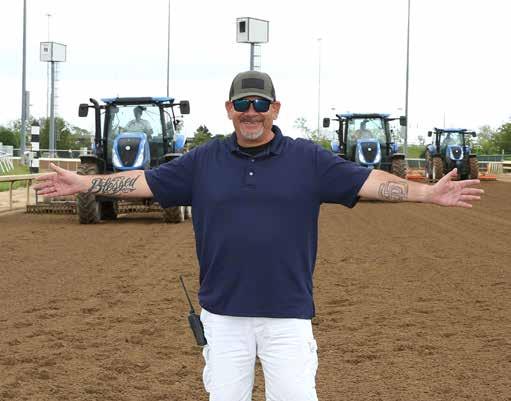
HORSESHOE
INDIANAPOLIS’ TONY MARTINEZ JR., A THIRD-GENERATION TRACK SUPERINTENDENT, ENJOYS WORKING WITH A YOUNG TEAM BECAUSE HE’S “ABLE TO MOLD AND SHAPE THEM AND TEACH THEM THE WAY I WANTED THINGS DONE, RATHER THAN HAVING SOME OLD-SCHOOL VETERANS THAT WANT TO KEEP DOING IT THEIR OWN WAY.”
way,” he said of his team of about 15. “These guys are smart kids. Some are mechanics that grew up with their dad learning the ins and outs of equipment and cars and stuff like that, so it’s kind of a big benefit, even though they’re so young.”
COMMUNICATION AND EQUIPMENT ARE KEY
While horsemen and track management might never agree on everything, there is consensus that working together for track safety is vital.
“We do work together really well with the horsemen,” said Eric Halstrom, vice president and general manager of racing for Horseshoe Indianapolis. “It’s easy to call [National HBPA Central Region Vice President and Indiana HBPA President] Joe Davis and talk. That doesn’t mean it’s always an agreeable conversation, but it’s very easy just to have one.”
Owned by Caesars Entertainment, Horseshoe Indianapolis has a full casino with slot machines, table games and a sportsbook. While there might be mixed opinions on how committed some gaming companies are to the horse racing side of the business, nearly everyone involved with racing at the Indiana track agrees that Caesars has put in the money and effort to promote racing and make it as safe as possible.
“Since 2020, Caesars has put up over $15 million to improve facilities or repair and maintain good equipment,” Halstrom said. “We’ve got six tractors that are less than two years old, and some of them are brand new. We’re open during the winter [for training], which is hard on equipment, but our company has put up enough money where we’re able to replace equipment for Tony when he says he needs it.”
Davis agreed that management provides Martinez with the equipment he needs to get the job done right, and that’s something that doesn’t happen at every track.
“We are very pleased [with the track surfaces],” Davis said. “I give a lot of credit to Tony. I think the horses are staying sounder, and I think a lot of that’s
due to him. He’s got the surface to where it holds up amazingly well even when we get a lot of rain.”
Martinez and the horsemen certainly do communicate when needed, but they also respect and trust each other and know their own areas of expertise.
"When the horsemen like what I’m doing, they leave me alone and let me do my job,” Martinez said. “I’m not going over to the barns and looking at their training charts and telling them what to do either.”
STRIVING FOR SOUND STARTERS
According to Martinez, Dr. Andy Hirschy, the track veterinarian at Horseshoe Indianapolis for the Indiana Horse Racing Commission, plays a big role in safety at the track.
“When it comes race time, if he doesn’t feel like a horse is traveling well enough, he’ll scratch them,” Martinez said. “He’s definitely minimizing what could happen. Between the both of us and my team, the collaboration has been great, and it’s been working out really well.”
No owner or trainer wants to see their horse scratched, especially after they leave the paddock, but Halstrom said that horsemen have become more accepting that things have changed compared to 15 or 20 years ago.
“I know the locals better than anybody, and they understand this is a long-term issue,” Halstrom said. “One of the key pieces of a healthy racetrack is going to be healthy stock. Sometimes when you see a scratch, maybe it’s a 50-50 call. What I’ve come to believe now is it’s not 50-50; that horse needs to come out. And if the horse really is OK, he or she will be back running quicker than you expect.”
Davis also gave credit to the horsemen at the track for doing their part by sending sound horses to the starting gate.
“The horsemen do a good job here keeping an eye on that, along with the vets,” he said.
In addition to showing their commitment to safety by putting money into equipment, Caesars and Horseshoe Indianapolis hosted Track Superintendent Field Day in 2021 and 2023. According to Steve Andersen, whose Equine Equipment was the title sponsor and organizer of the event, the track went above and beyond what was expected to support the gathering.
“We had well over 100 attendees from tracks around North America and beyond to talk about best practices and the latest technology for track safety, and the support of Horseshoe Indianapolis, along with other tracks over the years, was important to furthering the goal of improving safety for all,” Andersen said.
There is no simple answer to improving track safety, and some tracks don’t have the luxury of an adequate budget for equipment and staffing. That doesn’t mean, however, that advances can’t still be made.
“Horseshoe Indianapolis is just one of many examples of how horsemen and racetracks have worked together to advance safety,” National HBPA CEO Eric Hamelback said. “I encourage all HBPA affiliates to let their voices be heard when they have concerns and to work together with track management and their state racing commission to continue this trend of declining injuries.”
The successful safety record at Horseshoe Indianapolis is not the result of some secret formula, and even the financial investments made by track management do not guarantee results, especially when injury numbers get so low that an unavoidable and unpredictable accident can skew the statistics.
Adding to the complexity of the issue is that with some injuries it is just not possible to definitively determine the cause. What is certain is that a team effort of the racetrack, racing commission and horsemen provides the best chance to keep our equine and human athletes safe from the paddock to the finish line. HJ
DENIS BLAKE PHOTO
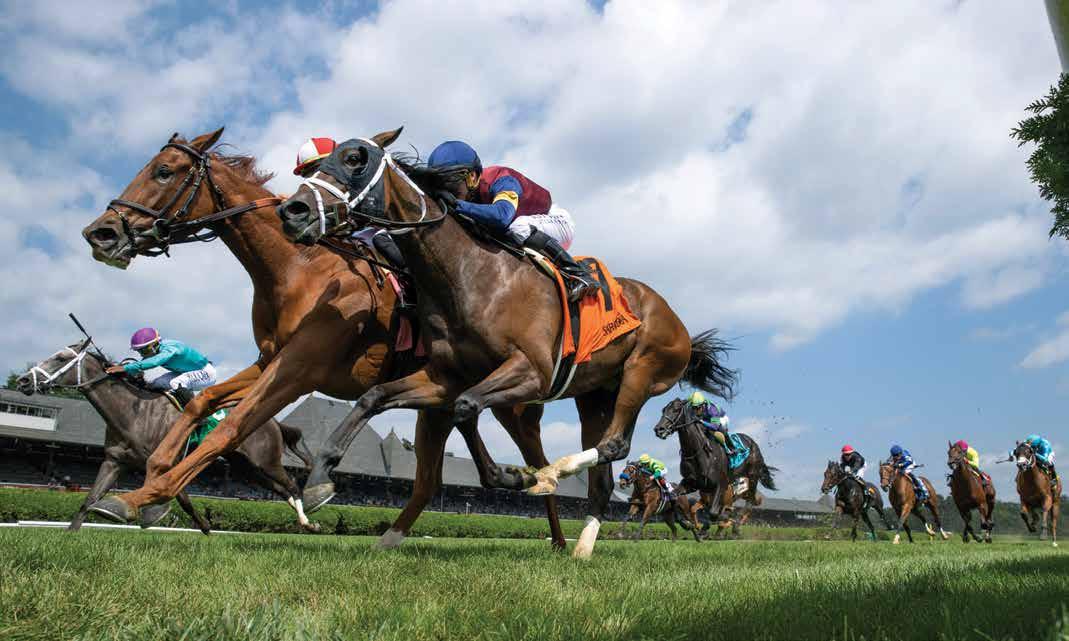

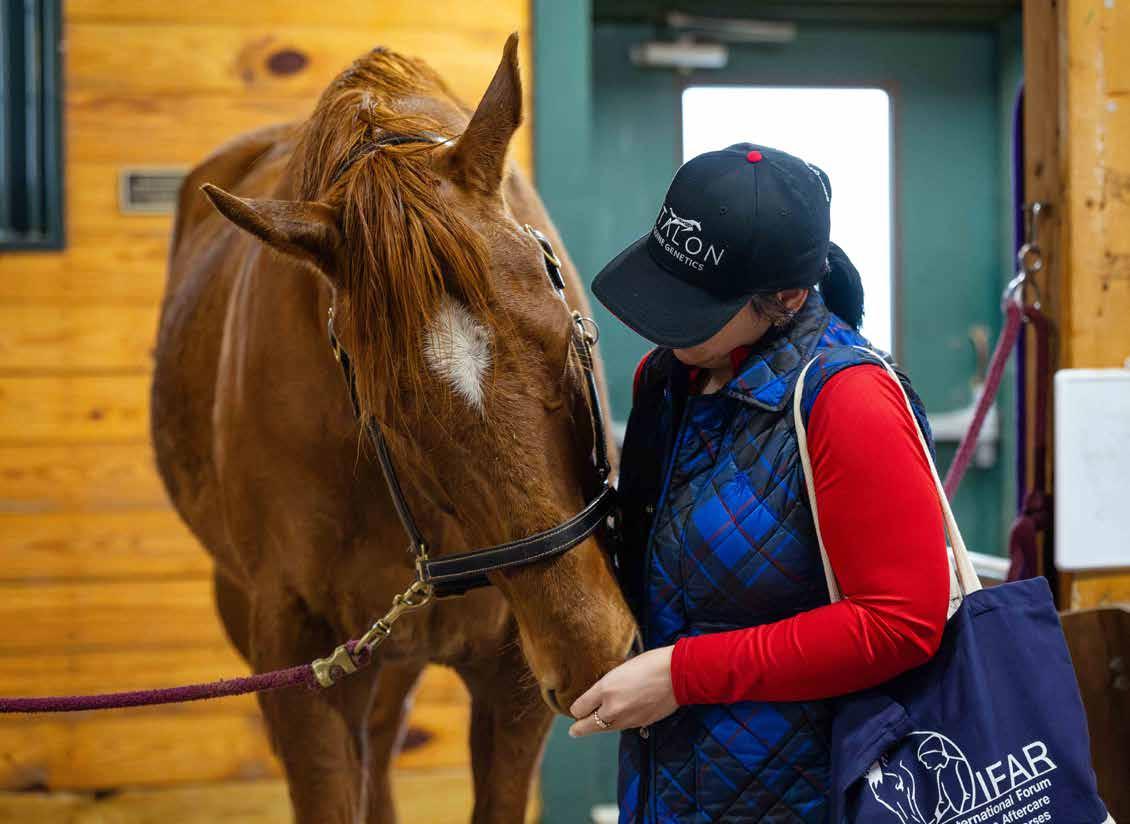
CONFERENCE ATTENDEES VISITED WITH EQUINE FRIENDS AT CENTRAL KENTUCKY RIDING FOR HOPE AND NEW VOCATIONS.
AFTERCARE ON A GLOBAL SCALE
THE INTERNATIONAL FORUM FOR THE AFTERCARE OF RACEHORSES DRAWS CROWD IN RETURN TO THE U.S.
By Jen Roytz
The ninth annual International Forum for the Aftercare of Racehorses (IFAR), held April 24-26 in Lexington, Kentucky, brought together more than 130 aftercare and racing professionals from 13 countries and representing 65 organizations for meaningful discussions concerning the challenges associated with racehorse retirement, retraining, placement and more.
The conference included a day of traditional panel discussions and speakers, a day of outings to Thoroughbred breeding farms and aftercare facilities in and around Central Kentucky and a day attending the cross-country phase of the Defender Kentucky Three-Day Event, the premier eventing competition in North America.
“The overarching message [at this year’s conference] was clear: For racing to maintain public trust and thrive into the future, it must continue to evolve, with aftercare, traceability and evidence-based welfare practices embedded at its core,” said IFAR’s chair, Eliot Forbes, who is also CEO of the Racing Integrity Board in New Zealand.
Forbes, who practiced as a veterinarian before taking on racing administration and regulatory leadership roles in Australasia, the United Kingdom and the Middle East, has been involved with the development and governance of IFAR for years.
The conference’s first day included tours of Keeneland Race Course during morning training hours to learn about its safety and welfare initiatives; Godolphin’s North American base of operations, including a tour of the stallion division, for insights into its Lifetime Care aftercare initiative; and the Secretariat Center, a Thoroughbred Aftercare Alliance-accredited retraining and adoption facility, and Central Kentucky Riding for Hope, a therapeutic riding and learning program, both located on the grounds of the Kentucky Horse Park.
On the formal seminar day of the conference, speakers representing Japan, Hong Kong, Ireland, Great Britain, New Zealand, Australia, the U.S. and other countries shared insights on the aftercare landscape in their respective countries, what the racing jurisdictions do to advance the appropriate transition of horses out of racing and into retraining situations and which events have been most fruitful in promoting and increasing the desirability of Thoroughbreds for equestrian sports. Other topics included how to improve the evaluation of Thoroughbreds retiring from racing, their suitability for various disciplines based on physical and behavioral assessments, and sourcing and preparing retired racehorses for use in therapeutic services.
“The panel discussions reflected a shift in mindset—one that views aftercare not only as an ethical imperative but as a strategic opportunity,” Forbes said. “A horse-centered approach is not just good for horses; it is operationally smarter, more sustainable and aligned with the expectations of modern audiences.”
After the seminar session of the conference concluded, IFAR attendees were invited to attend New Vocations’ annual Open Barn and BBQ, a showcase event that includes retraining clinics, live music, food trucks, shopping and more.
The following day attendees visited Old Friends, an equine sanctuary that specializes in the retirement of stallions and notable former racehorses and offers tours to the public that allow people to get an up-close (and sometimes
hands-on) experience with their favorite equine celebrities. Attendees later had the opportunity to walk the cross-country course with Olympian Boyd Martin as he prepared to pilot three horses over the course the following day. Martin delivered the keynote address (see sidebar).
SHAPING THE LANDSCAPE OF AFTERCARE
Since its inception in 2016, IFAR has played a transformative role in reshaping how the global racing community understands and approaches aftercare. As an independent entity supported by many of racing’s foremost leadership organizations worldwide, IFAR provides guidance, support and expert advice on a range of aftercare-related issues, allowing those from around the world to share their experiences and best practices with a goal of improving outcomes for horses globally.
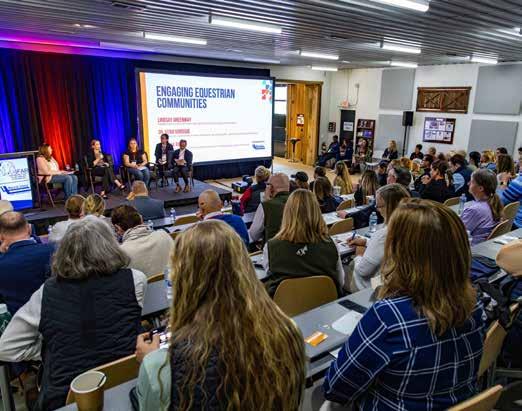
There is a growing consensus across the global racing industry that social license is no longer earned through statements alone but rather earned through action.”
—Eliot Forbes, chair of IFAR
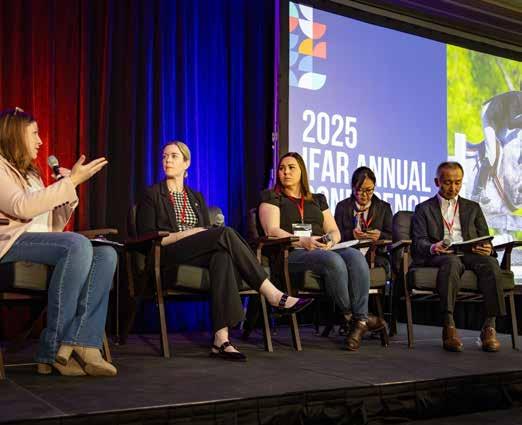
THE THREE-DAY INTERNATIONAL FORUM FOR THE AFTERCARE OF RACEHORSES MADE ITS RETURN TO THE U.S. IN APRIL AND FEATURED 130 AFTERCARE AND RACING PROFESSIONALS FROM 13 COUNTRIES AND REPRESENTING 65 ORGANIZATIONS FOR DISCUSSIONS ON THE CHALLENGES OF RACEHORSE RETIREMENT, RETRAINING, PLACEMENT AND OTHER TOPICS.
BRITTLAN WALL
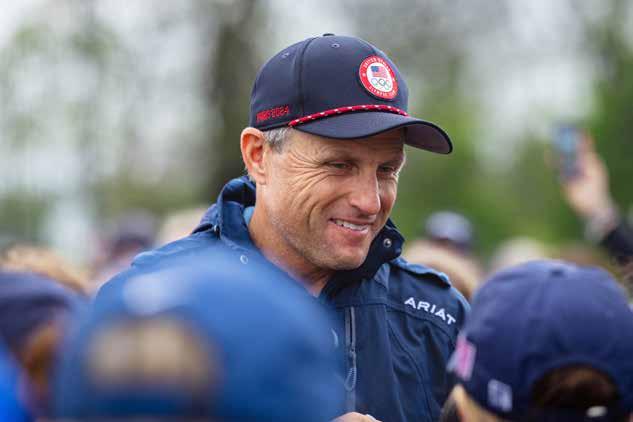
OLYMPIAN AND KEYNOTE SPEAKER BOYD MARTIN TALKS WITH IFAR ATTENDEES BEFORE WALKING THE CROSS-COUNTRY COURSE AT THE DEFENDER KENTUCKY THREE-DAY EVENT.
OLYMPIAN BOYD MARTIN DELIVERS IMPASSIONED KEYNOTE ADDRESS
In the same week he piloted three horses in the Defender Kentucky ThreeDay Event, Olympic eventing competitor and committed off-track Thoroughbred advocate Boyd Martin participated in the IFAR conference. He first offered an inspiring keynote address on Thursday, April 24, and then on Friday took conference attendees on a walk of the cross-country course, including several of the most challenging obstacles that he was preparing to navigate the following day.
Martin is an eight-time U.S. Eventing Association Rider of the Year and became the top-ranked eventing rider in the world on the Fédération Équestre International (FEI) World Athlete Rankings, after his mounts finished second, sixth and seventh at the Kentucky Three-Day Event in April (a position that hasn’t been held by a U.S. rider in more than 20 years).
Martin spoke to attendees about his love and admiration for the Thoroughbred and some of his most memorable mounts, including Blackfoot Mystery, Neville Bardos, Ying Yang Yo and True Blue Toozac.
“For me, Thoroughbreds are the king of all breeds,” Martin said. “I have had so many wonderful Thoroughbreds that have changed my career.”
The Australian-born Martin, who moved to the U.S. in 2007 and served as an assistant trainer to fellow Olympian Phillip Dutton, has competed in four Olympic Games and four World Championships and is a two-time Pan American Games gold medalist, all for the U.S.
His advocacy for Thoroughbreds has included supporting a number of Thoroughbred aftercare organizations in the U.S. as well as working with the Japan Racing Association in recent years to teach clinics aimed at retraining retired racehorses for eventing, jumping and dressage.
“They are ideal for so many purposes after they finish their racing careers,” Martin said. “It is our duty as horse lovers to make sure that we give Thoroughbreds a second chance of having a second career. This topic is so essential.”
me, Thoroughbreds are the king of all breeds. I have had so many wonderful Thoroughbreds that have changed my career.”
—Olympian Boyd Martin
“There is a growing consensus across the global racing industry that social license is no longer earned through statements alone but rather earned through action,” Forbes said. “This means integrating contemporary welfare science into every layer of the sport, from breeding and training to retraining and retirement. As racing jurisdictions respond to these pressures, IFAR continues to play a key role in connecting leaders, sharing knowledge and helping to build systems that are both compassionate and credible.”
This year’s conference marked the second time IFAR has held its gathering in the U.S., with Washington, D.C., hosting in 2017. Other IFAR conferences have been held in Sapporo, Japan (2024); Melbourne, Australia (2023); Cape Town, South Africa (2020); Oslo, Norway (2019); and Seoul, South Korea (2018). The conference was held virtually in 2021 and 2022.
“Central to IFAR’s mission is the belief that no single sector can solve the aftercare challenge alone,” Forbes said. “That’s why its work spans racing, breeding, retraining, equestrian sport and veterinary care, bringing all parts of the horse’s life into focus. By convening stakeholders across these domains, IFAR has helped foster a shared responsibility model where lifelong care is not just encouraged but expected.”
IFAR offers membership opportunities for individuals and organizations that have an interest in aftercare. Paid members are invited to participate in IFAR’s committees and have nomination and voting rights. IFAR also offers a free “supporter” level, which allows participation in IFAR meetings and gatherings. HJ
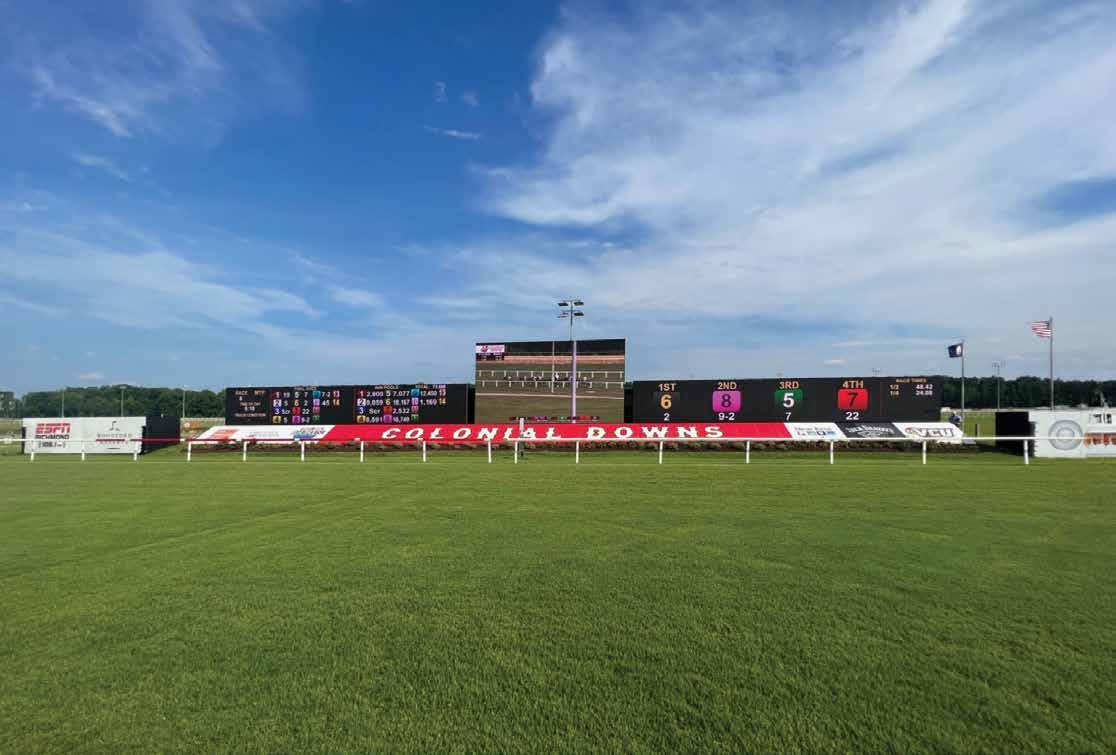
Medical Coverage
Dental Coverage
Eye Doctor Coverage
Weekly Chaplain Services

OFFERING SERVICES SUCH AS
Weekly Cornhole Tournaments
A free shuttle providing rides for horsemen from the track to local grocery and convenience stores Horsemen counsel and representation KEY EVENTS DURING THE
Backside opens on Monday, June 23
The first day of training is Wednesday, June 25th
VHBPA General membership meeting/ beginning of meet open house BBQ in the VHBPA office on Friday, July 11th at noon.
Festival of Racing - Saturday, August 9
VHBPA’s PDJF & Shannon Campbell benefit golf tournament at Brookwoods Golf Club in Quinton, VA on Sunday, August 10th
Old Dominion Derby Day - Saturday, September 6
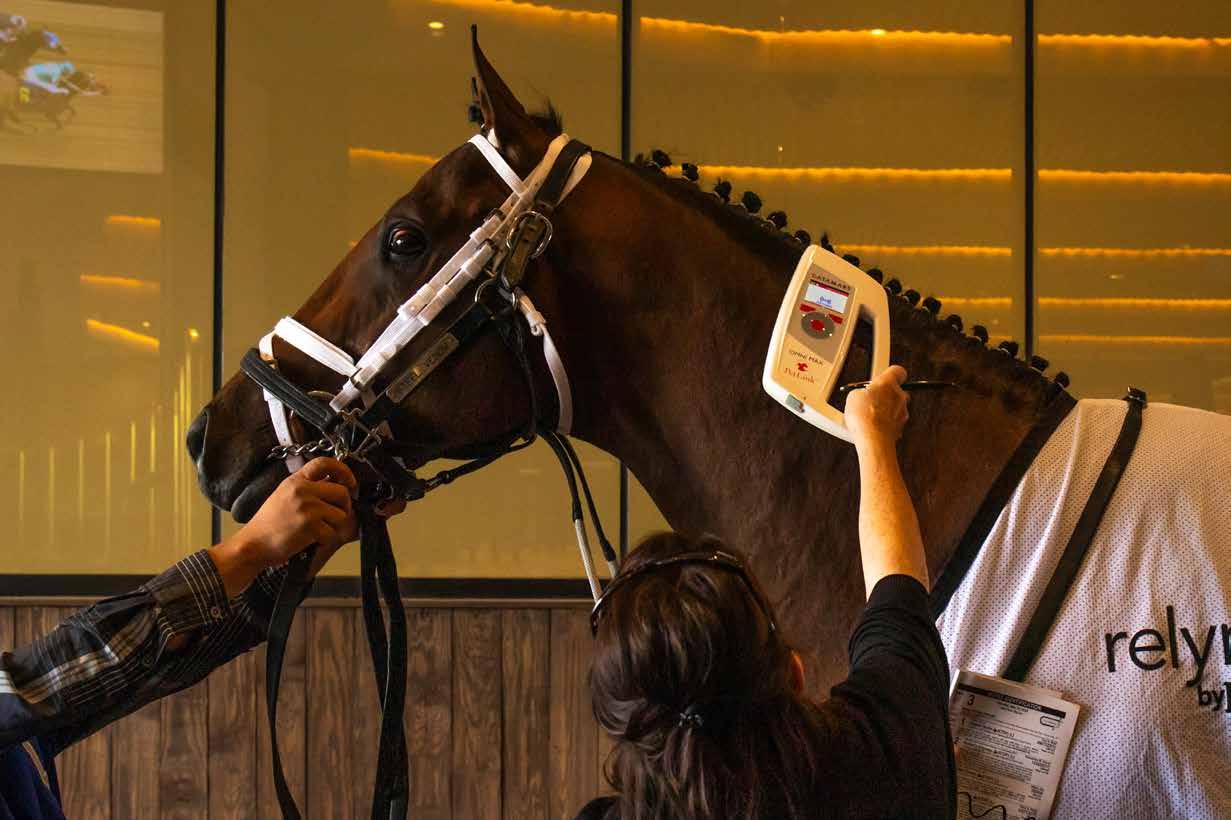
A Day in the Life… …Horse Identifier Melinda Vest
By Jen Roytz
Some people are born into the horse industry, and for them, dedicating their lives to these animals is as natural as taking a deep breath. Then there are those who have no familial ties to horses but, for whatever reason, are drawn to them like a moth to a flame.
MELINDA VEST JOKES THAT HER HEIGHT IS BETTER SUITED TO THE FORMER PRACTICE OF “FLIPPING LIPS,” BUT SHE DOESN’T LET IT SLOW HER DOWN IN HER ROLE AS KENTUCKY’S HORSE IDENTIFIER.
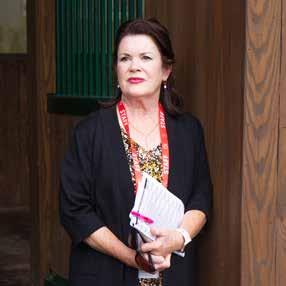
Get To Know Melinda Vest, Horse Identifier
Hometown Louisville, Kentucky
Family Two children (Emily and Matthew), three brothers (Stephen, John and David), one sister (Susan), her mother (Patricia, who is 100 years old)
Pets One dog (Gracie), two cats (Henry and Squirrel) and a 33-year-old Thoroughbred (Call Chris)
Favorite horse or moment in racing
What does your perfect non-workday look like?
“I’d have to say the day I won three races on the card at Churchill Downs. It was just an incredible feeling.”
“Not setting my alarm, not having to put makeup on, throwing on jeans and a T-shirt and working in the yard, then going to visit my old mom and old horse. That’s the perfect day.”

Melinda Vest is one of the latter. Today, as Kentucky’s horse identifier, she is an industry veteran who has built a career based on her love of horses and a particularly effective skill set with data management, but as a horse-crazy kid with very non-equine-inclined parents—her father owned an insurance agency in Louisville, Kentucky, and her mother was a homemaker—it was hard to imagine a future with horses.
By the time she and her friends were filling out their college applications and taking campus tours, Vest knew it was time to have a heart-to-heart talk with her parents.
“I told my parents I just didn’t want to go to college,” Vest said. “I wanted to be a jockey and have a career with horses. At that time, there was a vocational school at the Kentucky Horse Park where we learned to gallop horses, broke babies and learned all different aspects of proper horsemanship.”
FINDING HER WAY IN RACING
After graduating, Vest landed her first official job in the industry galloping for J.J. “Bud” Greely at Keeneland in Lexington. Soon after, she headed back to Louisville to ride in the shadows of the twin spires in the mornings and work for her dad’s insurance company in the afternoons, but it wasn’t long before she swapped office work for riding races.
“Dale Romans’ father, Jerry, gave me a shot as a jockey, and I won my fourth lifetime race on one of his horses, Big Red Chief,” said Vest, who rode under the name Melinda A. Spickard.
In the 1980s, Vest lived her childhood dream of race riding, winning 402 races from 4,707 starts and logging more than $2 million in purse earnings. She was also the first woman ever to win three races on one card at Churchill Downs.
Vest thrived on the backside. She loved the horses, but she loved the people just as much. After nearly 10 years of riding races, Vest knew she needed to transition away from the saddle, but she did not want to leave the racing industry, or the track, completely.
She began working in the racing office under Barbara Borden, who at the time was the horse identifier for Kentucky’s race meetings. In 2012, Borden moved into her current role as chief state steward, and Vest stepped into the horse identifier role, a position she has held ever since.
“Barbara was a great mentor to me,” Vest said. “She did an excellent job as the horse identifier and left big shoes to fill, and she is excellent in her current role. She really helped me as I started out in this role, and I have really enjoyed working with her over the years.”
A DAY IN THE LIFE
The horse identifier is a common sight, verifying the identity of every horse entered in every race at every track across the country.
“It’s my job to make sure that the horse that comes to the paddock and is wearing that assigned number is the horse you’re betting on, so it is very important to the integrity of the sport,” Vest said.
Long gone are the days of “flipping lips” to check a horse’s tattoo number. These days, all horses have microchips, which are typically found in the nuchal ligament on the left side of their neck. Vest uses a microchip reader to scan each horse’s microchip to ensure its chip number matches the one on the entry. Then she further verifies the horse’s identity by comparing its markings to those associated with the horse’s paperwork.
While Vest’s short stature was an asset to her as a jockey, it can sometimes be less than ideal when scanning a horse’s microchip.
MELINDA VEST, RIDING UNDER THE NAME MELINDA A. SPICKARD, CARVED OUT A SUCCESSFUL CAREER AS A JOCKEY PRIMARILY IN KENTUCKY IN THE 1980s
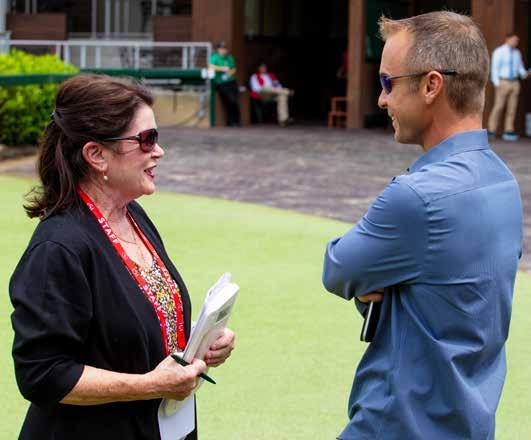
VEST, CHATTING WITH TRAINER JOE SHARP IN THE PADDOCK AT CHURCHILL DOWNS, FEELS BLESSED TO CONTINUE HER LIFE AND CAREER IN THE RACING INDUSTRY.
“I am really short, so my height was better suited to flipping lips,” she joked. “I swear these horses are getting bigger and bigger.”
While her height may not be to her advantage, her comfort level around horses and her experience working around young, fractious horses on race day definitely are. Having to get within inches of each horse’s head and neck to scan their microchip with a chip reader the size of a television remote from the 1980s can be unsettling to a horse that is already on its toes on race day.
“It’s so important to be horse-savvy in this job because you’re always in close proximity to these high-dollar, fit equine athletes who are naturally keyed up on race day,” she said. “You can get stepped on, thwacked in the face, pawed or kicked. I had a 2-year-old with a handler on either side spook, spin and double barrel [kick] at me not long ago. Thankfully he missed, but you always have to be on your toes to keep yourself, those around you and the horses safe.
“That’s why I love working the Keeneland meets so much,” she continued. “There, all horses go to the holding barn before coming to the paddock, and I can scan them there where they’re naturally calmer because it’s a more familiar environment without so many people around and so loud.”
While scanning microchips is the most visible part of her job, what takes up just as much, if not more, of her time are things people don’t see or even think about, unless they’re the ones who need it.
Horses’ digital certificates (their “papers”) are transferred from track to track based on where that horse is running or stabled and managed by that track’s racing office. Each time the horse moves from one track to another, either for a single race or due to a claim or other transfer of ownership, the horse identifier digitally transfers the certificate within The Jockey Club Registry system so the horse can be entered or race. The date the horse’s digital certificate enters a track’s database also can dictate the preference a horse is given if the race they are entering is over-subscribed.
That means horse identifiers like Vest need to be not only horse-savvy but also computer-savvy, organized and detail-oriented. Often, this type of computer work and data management ends up being done on her off hours or dark days.
“I never want to leave anyone hanging,” Vest said. “I know trainers and owners are depending on me to transfer papers in a timely manner in order to keep their businesses running efficiently and allow them to get their horses entered, and I take that seriously. A lot of us horse identifiers have each other’s
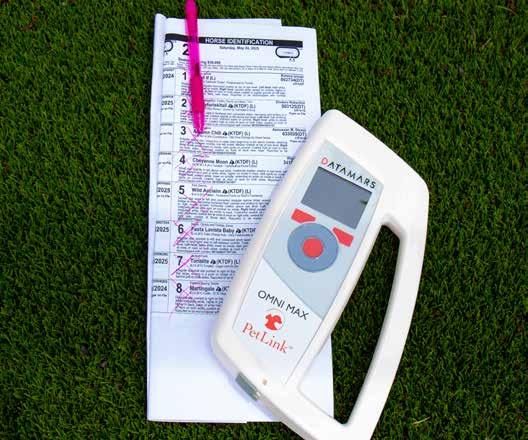
VEST’S TOOLS OF THE TRADE: A RACING PROGRAM AND MICROCHIP READER TO SCAN EACH HORSE’S MICROCHIP TO ENSURE ITS NUMBER MATCHES THE ONE ON THE ENTRY
numbers, so we help each other out to coordinate getting papers transferred between tracks.”
In addition, Vest works with the Kentucky Thoroughbred Development Fund (KTDF), which is a unique program that offers financial incentives to Kentucky-sired and -foaled runners when they run at Kentucky tracks.
“My job with the KTDF is to keep track of which horses are eligible for KTDF money and which are not,” Vest said. “You have to have your horse registered with the KTDF before the time of the race in order to be eligible to receive funds, so I also have the unfortunate job of letting people know when they don’t get the money because their horse isn’t registered, so having good interpersonal communication skills is a big part of the job.”
LIFE WITH HORSES
Vest, 68, has worked with racehorses for 50 years, and it has taught her as much about them as it has about herself.
“I have a much more innate understanding of horses, especially young Thoroughbreds, than most simply because I’ve been lucky enough to work around them for the entirety of my career,” she said. “There are ways to move around them that are less intimidating and help them receive you better when you come into their space.”
Some might say Vest has applied that approach to her human interactions as well. Known by horsemen and women throughout Kentucky for her cheery personality and commitment to her profession and to the horses, Vest has built a life in the racing industry that has become so much more than she could have ever imagined. For trainers and grooms throughout Kentucky, hers is one of the most recognizable faces in the paddock, and it is hard to find someone who doesn’t crack a smile when they see her coming to check their horse.
“I loved riding in the mornings and being a jockey,” Vest said. “The relationships you develop, both with the horses and with the people, are so special and were such a big part of it for me. I feel so fortunate that I’ve found a career that allows me to still interact with this cast of characters at the track every day.”
She added, “From the horses to the people, I just love them so much and feel very fortunate.” HJ
GWEN
GWEN

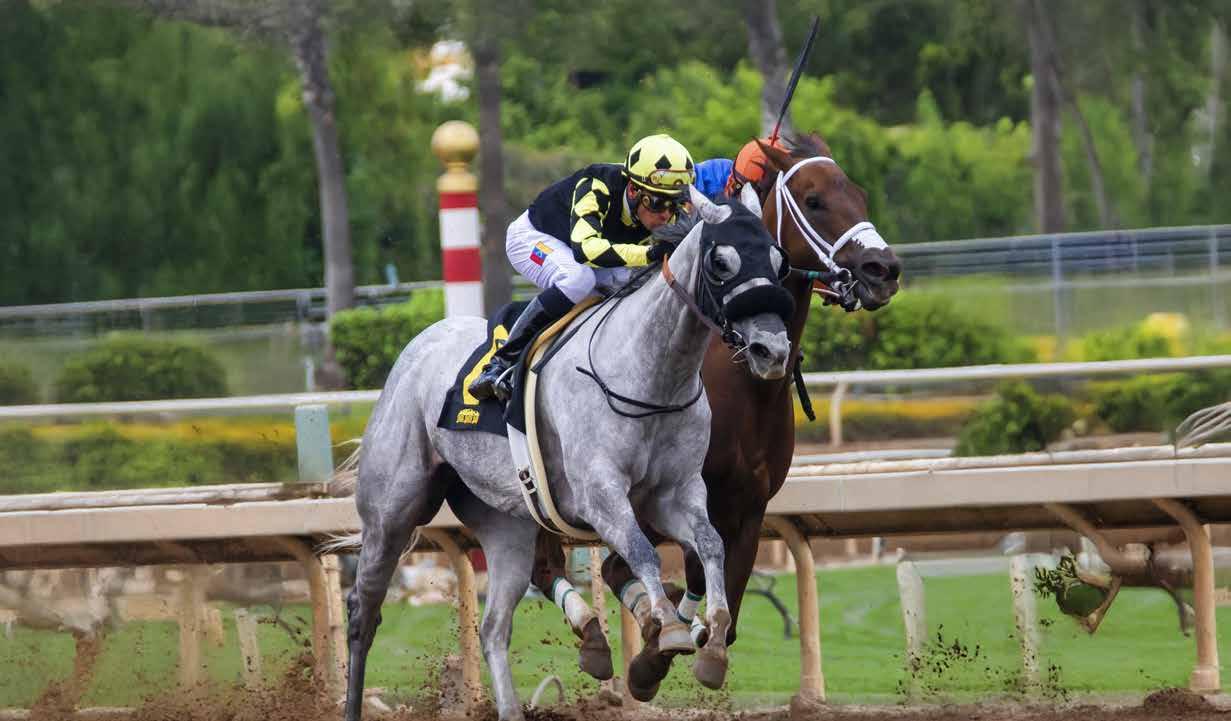

The of EIPH how flair nasal strips help
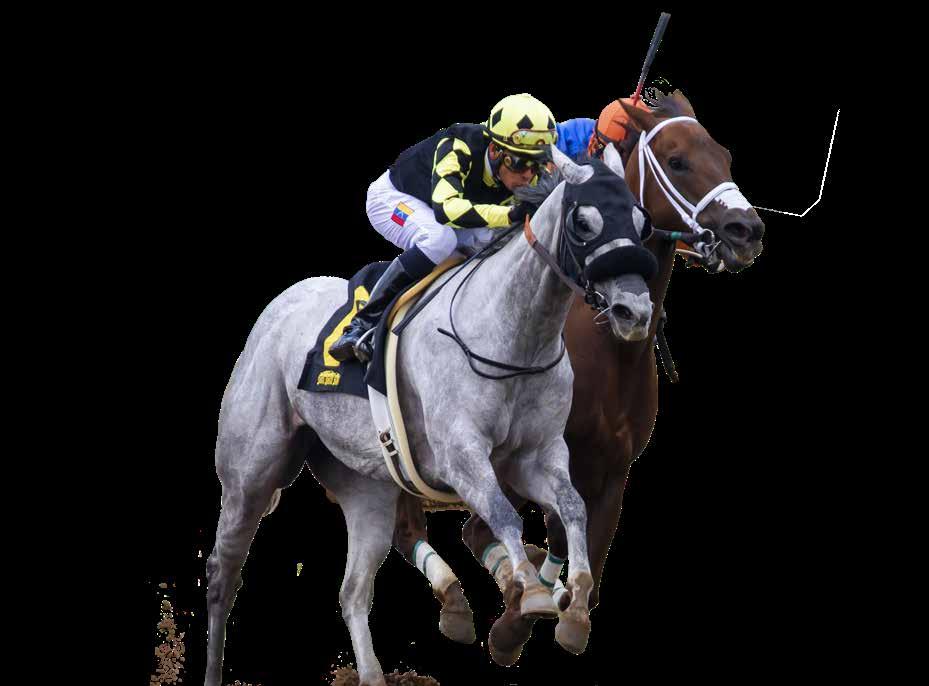

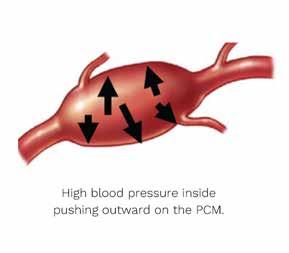
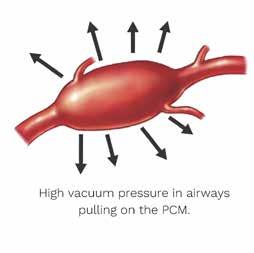
Elite racehorse performance comes at a cost. The immense forces generated during high-speed exertion place extraordinary stress on blood vessels deep within horses’ lungs. This leads to a condition called exerciseinduced pulmonary hemorrhage (EIPH), which can affect a horse’s health, performance and career longevity.
Selective breeding has produced Thoroughbreds with powerful hearts, but the lungs have not evolved at the same pace. To meet the demands of high-speed exercise, the spleen releases a surge of red blood cells to enhance oxygen delivery. This thickens the blood, driving pulmonary blood pressure to potentially four times its resting level and placing tremendous strain on the delicate pulmonary capillary membrane that separates the lung capillaries from the airways. Each hoof strike adds mechanical stress to the lung capillaries as well. Cardiovascular anomalies can further disrupt this balance, compounding the risk of EIPH.
BREATHING UNDER PRESSURE
A horse takes 120 to 140 breaths per minute at a gallop, creating significant vacuum pressures during the inhalation phase of breathing. Airway resistance rises exponentially with increased workload and duration of exercise, amplifying pulmonary stress and exacerbating the severity of EIPH.
Dynamic airway issues, such as paralysis of the arytenoid cartilage, and epiglottis issues, such as dorsal displacement of the soft palate, can lead to increased negative pressures in the lungs, making breathing more difficult and worsening EIPH. Surgery is often the best option to resolve these problems.
SCAR TISSUE IN THE LUNGS
Repeated bleeding episodes lead to vascular remodeling, progressive scarring, iron deposits and stiffened vessel walls, all of which worsen EIPH over time.
Scar tissue formation in the lungs is brittle and more easily ruptured, leading to signs of bleeding. This scar tissue is often seen on ultrasound examination and is referred to as a “comet tail.”
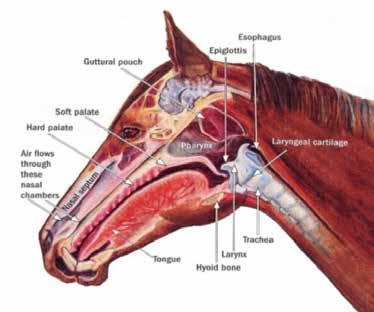
This type of scarring has been attributed to running on excessively hard ground. The comet tails are frequently seen near the top of the lungs (located just beneath where a saddle is placed), along the diaphragm, in the middle of the lungs and in the lower areas of the lungs closer to the front of the horse. Areas with scar tissue often bleed even at a light jog at the track. Hyperbaric oxygen treatment and rest have been beneficial in helping these lungs heal.
INFLAMMATION’S ROLE
Inflammation of the airways following an infection like influenza or equine herpesvirus can significantly increase the severity of EIPH. New research on the horizon may provide us with more information about inflammation and the potential role of infectious agents residing in horses’ nostrils.
Inflammatory airway disease or mucus in the airway is a sign of potential allergies. Mucus has been proven to be detrimental to performance and may play a role in EIPH.
Persistent and chronic inflammation results in scarring, altered lung architecture and reduced lung elasticity.
THE SILENT PROGRESSION AND PERFORMANCE IMPACT
One of the greatest challenges of EIPH is its subtle onset. Approximately 90% of EIPH-related damage results from the cumulative effects of repeated bleeding over years of training.
The economic impact of EIPH is massive, with estimated annual costs exceeding $250 million to medicate EIPH-affected horses. Performance-wise, the implications are equally staggering. Veterinarians often grade EIPH on a scale of 1 (mild) to 4 (severe). Horses with Grade 1 EIPH fall within the 90th percentile for race earnings and are significantly more likely to win or place, compared with those with Grade 2 or higher. Grade 4 horses are six times less likely to win and typically finish several lengths behind the winner.
Studies in which horses were neither given Lasix (furosemide) nor wearing a FLAIR Nasal Strip indicate the following percentages of horses that have experienced EIPH at the four levels:
37%–64% at Grade 1 19%–21% at Grade 2 8%–12% at Grade 3
at Grade 4
While affecting a low percentage of horses, EIPH at the Grade 4 level shortens both career duration and the number of starts, with affected horses running up to 15.2 fewer races.
However, even small volumes of blood in the lungs can acutely impair gas exchange, reduce maximum oxygen consumption and chronically impair efficiency. This ultimately hinders exercise tolerance, stamina and competitiveness.
SIGNS AND DIAGNOSIS
While epistaxis (nosebleeds) is the most visible sign of EIPH, it is relatively rare. More common indicators include frequent swallowing or coughing after a race, decreased performance, elevated respiratory rate, delayed recovery and behavioral changes.
MANAGING EIPH
A veterinarian working with trainers and owners offers the best opportunity to determine the potential causes of EIPH. It is critical to help horses recover from an episode of EIPH so they are ready for the next work or race. Adequate management of EIPH requires a comprehensive, multimodal and proactive strategy; there is no treatment that fully prevents EIPH. Staying informed about evolving research and evidence-based treatments is crucial.
FLAIR NASAL STRIPS: SIMPLE TOOL AS A PART OF EIPH MANAGEMENT
Flair Nasal Strips are the only non-drug, scientifically proven solution to significantly reduce the severity of EIPH. Use of Flair Nasal Strips can help protect respiratory health across all stages of exercise. Studies show that Flair Nasal Strips are as effective as Lasix during maximum exertion.
KEY BENEFITS OF FLAIR NASAL STRIPS
• Reduced Airway Resistance: Flair Nasal Strips reduce nasal collapse and lower inspiratory resistance, which decreases pressure across pulmonary capillaries, mitigating EIPH severity. Field studies have shown that horses wearing Flair Nasal Strips have a 3.4% higher win percentage compared with non-users and have reduced the average interval between races by 15%— from 29 to 23 days—due to EIPH mitigation.
• Optimized Oxygen Consumption and Energy Conservation: With reduced airway resistance, oxygenated blood is diverted to locomotory muscles rather than respiratory muscles. This conserves energy and may improve endurance and reduce fatigue.
• Optimized Stride Efficiency: Improved breathing leads to smoother, more powerful strides and may benefit coordination and stamina.
• Quicker Recovery: More efficient respiratory cooling allows horses to recover more quickly post-exercise.
• Long-Term Health Protection: Flair Nasal Strips benefit horses at all levels of ability with no adverse effects.
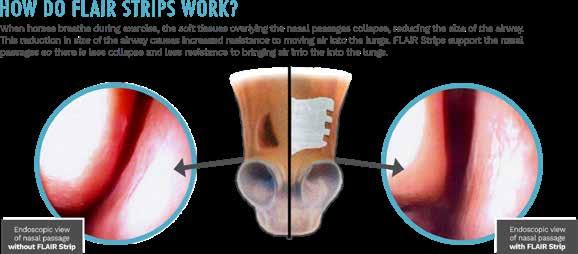
REGULATORY APPROVALS
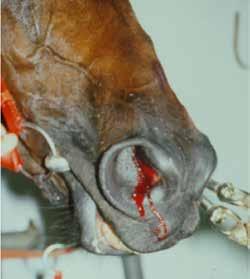
The “gold standard” for diagnosis is endoscopy performed on at least three separate occasions, ideally 30 to 120 minutes post-race and no later than 20 hours afterward. A more sensitive diagnostic tool is bronchoalveolar lavage, which detects both acute and chronic bleeding through the presence of red blood cells and hemosiderophages. This technique often identifies EIPH cases that endoscopy overlooks. Minimally invasive techniques based on evaluation of cell types in the nostrils may provide less invasive means of diagnosis in the future.
FLAIR Nasal Strips are approved for use in Thoroughbred and Standardbred racing throughout North America and internationally, including in Mexico, Brazil, Canada, South Africa, New Zealand, Australia, UAE, Qatar, Bahrain, Saudi Arabia, India, Korea and more.
EIPH undermines equine health, performance and longevity. Its impact on racing success and career lifespan is well-documented, yet a simple tool helps. FLAIR Nasal Strips offer a simple, non-invasive and scientifically proven solution for reducing the severity of EIPH, supporting optimal performance and promoting long-term respiratory health.
FLAIR Nasal Strips are for every horse and every breath.

Help Your Fellow Horsemen
Help Your Fellow Horsemen
Make a Tax Deductible Donation to the National HBPA Foundation
Make a Tax Deductible Donation to the National HBPA Foundation
The National HBPA Foundation, a tax-exempt 501 (c)(3) fund, was developed as a safety net for horsemen and horsewomen when other forms of assistance are unavailable or have been exhausted after disaster strikes. Every year the National HBPA Foundation helps horsemen and horsewomen make it through difficult times such as disease quarantines at a racetrack or natural disasters like floods and fires by providing tens of thousands of dollars in needed assistance.
The National HBPA Foundation, a tax-exempt 501 (c)(3) fund, was developed as a safety net for horsemen and horsewomen when other forms of assistance are unavailable or have been exhausted after disaster strikes. Every year the National HBPA Foundation helps horsemen and horsewomen make it through difficult times such as disease quarantines at a racetrack or natural disasters like floods and fires by providing tens of thousands of dollars in needed assistance.
“It was just fabulous. I can’t thank the HBPA enough; I really appreciate all that they do. It’s because of the National HBPA Foundation combined with our insurance and other supporters like Fasig-Tipton’s Blue Horse Charities, we were able to build this kind of barn.”–Old Friends’ Michael Blowen after receiving aid from the National HBPA Foundation following a barn fire.
“It was just fabulous. I can’t thank the HBPA enough; I really appreciate all that they do. It’s because of the National HBPA Foundation combined with our insurance and other supporters like Fasig-Tipton’s Blue Horse Charities, we were able to build this kind of barn.”–Old Friends’ Michael Blowen after receiving aid from the National HBPA Foundation following a barn fire.
The National HBPA Foundation extends heartfelt gratitude to the Estate of Bob Reeves for its generous donation. The contribution will make a significant impact on our motto, “Horsemen Helping Horsemen.” Bob Reeves’ legacy of compassion and generosity will continue to assist Horsemen everywhere as we work towards the Foundation’s mission. We appreciate honoring his memory in such a meaningful way. Scan the QR code or visit https://nationalhbpa.com/remembering-bob-reeves/ to read the Winter 2023 The Horsemen’s Journal article remembering Bob Reeves.
The National HBPA Foundation extends heartfelt gratitude to the Estate of Bob Reeves for its generous donation. The contribution will make a significant impact on our motto, “Horsemen Helping Horsemen.” Bob Reeves’ legacy of compassion and generosity will continue to assist Horsemen everywhere as we work towards the Foundation’s mission. We appreciate honoring his memory in such a meaningful way. Scan the QR code or visit https://nationalhbpa.com/remembering-bob-reeves/ to read the Winter 2023 The Horsemen’s Journal article remembering Bob Reeves.
To make a tax deductible donation to the National HBPA Foundation and make a difference in the lives of your fellow horsemen and women who may find themselves in need, either:
To make a tax deductible donation to the National HBPA Foundation and make a difference in the lives of your fellow horsemen and women who may find themselves in need, either:
• Log onto https://nationalhbpa.com/donate/ to make a credit card donation
• Log onto https://nationalhbpa.com/donate/ to make a credit card donation
• Mail a donation check made payable to National HBPA Foundation to: National HBPA Foundation, 3380 Paris Pike, Lexington KY 40511
• Mail a donation check made payable to National HBPA Foundation to: National HBPA Foundation, 3380 Paris Pike, Lexington KY 40511
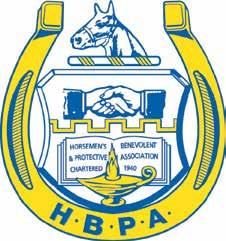
ALABAMA HBPA
ALABAMA REPRESENTED AT KENTUCKY DERBY, OAKS IN 2025
Alabama residents Robbie Norman, Gus King and John Lauriello were represented on racing’s biggest stage as part of Kentucky Derby weekend in early May at Churchill Downs.
Robbie Norman from Thomasville owns Coal Battle, who finished 11th on the sloppy track in the 151st Kentucky Derby. Purchased for $70,000 at the Texas Thoroughbred Association yearling sale, Coal Battle is trained by Lonnie Briley and was ridden by Juan Vargas.
Gus King of Marshall County is co-owner with the Estate of Brereton C. Jones in Publisher, who finished 14th in the Derby. Publisher is trained by Steve Asmussen and was ridden by Irad Ortiz Jr.
Birmingham resident and longtime Alabama HBPA member John Lauriello bred Kentucky Oaks competitor Early On, a Grade 3-placed daughter of Union Rags, in New York. Trained by Saffie Joseph Jr. and ridden by Edgard Zayas, Early On drew post one and finished eighth at 46-1 in the Oaks.
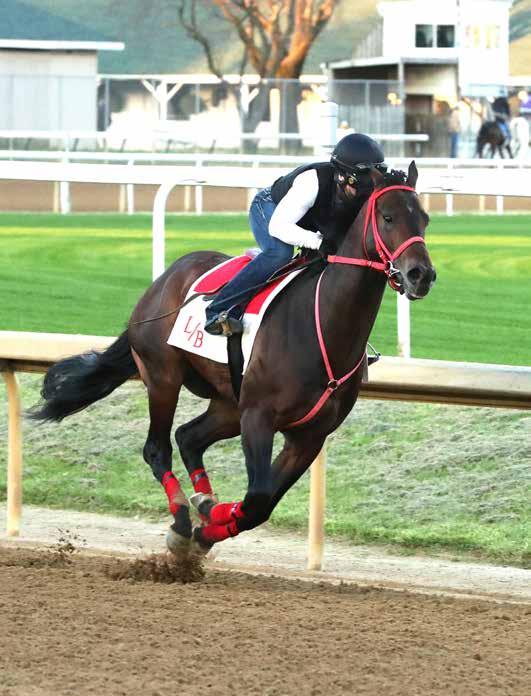
LIKEN IT WINS KENNY COTTON MEMORIAL
Jason Grudzien’s Liken It defended his title with a victory in the $35,000 Kenny Cotton Memorial Stakes April 5 at Evangeline Downs. The second Alabama-bred race of 2025, the Kenny Cotton was sponsored by the Alabama HBPA and included $10,000 from slot revenue.
The 8-year-old Liken It won by 71/4 lengths over his 4-year-old full sister Jovie G, with Wabash finishing third in the field of five. Bred by Kent and Lisa Gremmels, Liken It is trained by Rylee Magnon. Jovie G, also bred Kent and Lisa Gremmels and owned by Kent, is trained by Jonathan Wong. Wabash, bred and owned by Belinda Hubbell, is trained by Joe Duhon.
The Alabama-bred race schedule, sponsored by the Birmingham Racing Commission with added monies from slot revenue, features a few changes:
• May 31 at Evangeline Downs: $30,000 allowance, 6 furlongs on dirt, non-winners of an Alabama stakes
• June 22 at Louisiana Downs: $50,000 Yellow Hammer Stakes, 1 mile on turf, non-winners of two Alabama stakes
• July 26 at Evangeline Downs: $50,000 Buggin Out Stakes, 61/2 furlongs, non-winners of an Alabama stakes
• August 23 at Evangeline Downs: $50,000 Alabama Cotton State Stakes, 1 mile on dirt, non-winners of three Alabama stakes
We have approval for another $30,000 allowance race and another $50,000 stakes to be run at Delta Downs in the fall but no confirmation on dates as of this writing. All races will be in their respective track condition books. Only the stakes races have a nomination deadline seven days prior to entry.
For clarification, all races sponsored by the Birmingham Racing Commission cover shipping expenses for all horses entered and run in the race. Leda Dimperio, leda@realtysouth.com or leda@mindspring.com, is the contact for the required form to submit expenses.
The Kenny Cotton, sponsored by the Alabama HBPA, pays shipping for horses running fifth and out. Nancy Delony, nancy.m.delony@ms.com, is the contact to send a copy of billing for this race.
The Alabama Legislature ended May 14 with no gambling bill presented. We continued with our lobbying efforts to keep the horsemen’s voices heard so when another bill is presented we can be at the table. We also are working to start communications with the Poarch Creek Indians, who have purchased the Birmingham Race Course and Casino. We are hopeful they will recognize the economic benefit of horse racing and the draw it can bring to Birmingham as they revitalize the facility.
Best of racing luck in 2025.
Nancy Delony Alabama HBPA Executive Director
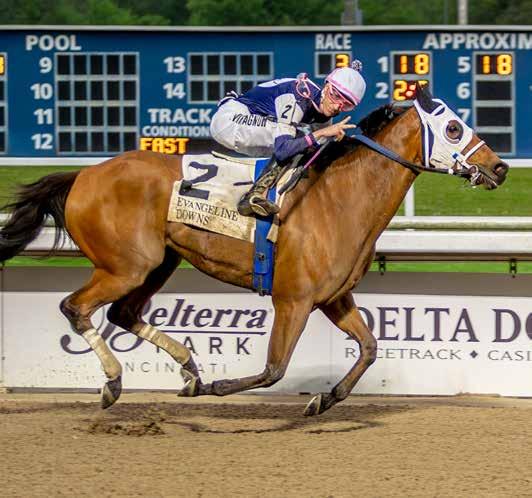
COAL BATTLE, OWNED BY ROBBIE NORMAN FROM THOMASVILLE, ALABAMA, TRAINS AT CHURCHILL DOWNS FOR HIS RUN IN THIS YEAR’S KENTUCKY DERBY.
DEVIN MAGNON RIDES JASON GRUDZIEN’S LIKEN IT TO VICTORY IN THE KENNY COTTON MEMORIAL STAKES AT EVANGELINE DOWNS FOR TRAINER RYLEE MAGNON.

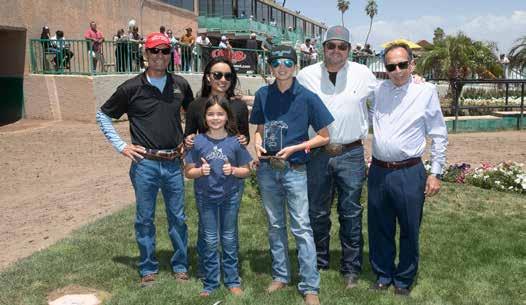
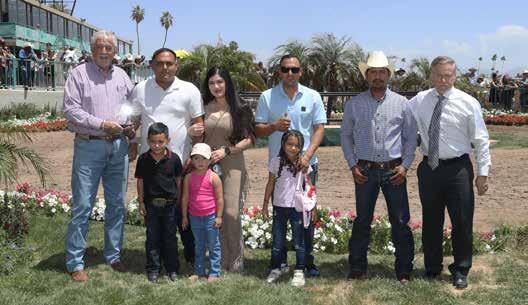
RIGOBERTO GUILLEN (WHITE GOLF SHIRT) ACCEPTS LEADING QUARTER
HORSE TRAINER HONORS.
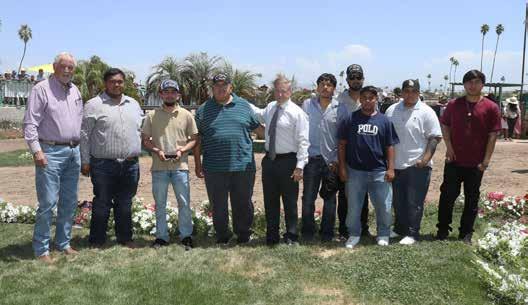
JOSE AGUILAR MENDOZA (WITH TROPHY) ACCEPTS LEADING QUARTER
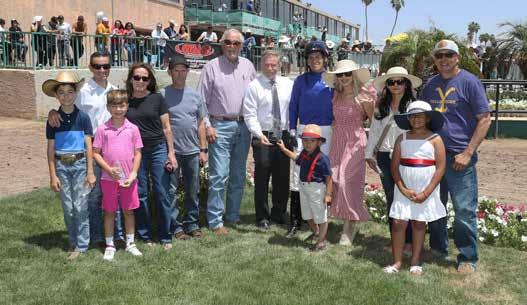
ARIZONA HBPA
POSITIVE NEWS FROM 2025 TURF PARADISE MEETING
The 2025 race meeting at Turf Paradise concluded on Kentucky Derby Day. What a race that was, with three outstanding 3-year-old colts fighting it out to the wire. Congratulations to the connections of Sovereignty, the Kentucky Derby winner.
Our race meet started with a HISA delay. Turf Paradise was unaware of the rail height changes by HISA from 38-42 inches to 40-50 inches. Because the track’s rail was under 40 inches tall, HISA delayed the start of the race meet and made Turf Paradise correct its rail height.
Turf Paradise had to remove 4 inches of material to get the rail to 40 inches. After a 10-day delay to remove the material, we started our 102-day meet. Although we lost five racing days because of the delay, we still ran 102 days.
We just completed one of the safest race meets at Turf Paradise in an exceptionally long time. I am happy to report there was only one fatality in the afternoon racing program on the main track at Turf Paradise. Three fatalities unfortunately occurred on the turf course. This gave us a 0.73 per 1,000 starts fatality rate, below the national average. As stated, this was a major improvement over previous years of racing at Turf Paradise.
We would like to thank all the parties that worked hard to make this possible, including those involved with pre-race examinations, post parade examinations and post-race examinations. Thanks to Alvarez Construction for their work at the beginning of the race meet to keep the track safe.
The meeting concluded with a pair of stakes—the Turf Paradise Open Spring Futurity, won by Whiskey High for owner Don Heim, co-owner and trainer Justin Evans and jockey Harry Hernandez; and the Richard Hazelton Overnight Stakes, won by Fearless Soldier for owner Kirk Sutherland, trainer Juan Gutierrez and jockey D.P. Vergara.
Congratulations to the 2025 award winners at Turf Paradise:
• Leading Thoroughbred Trainer: Justin Evans
• Leading Thoroughbred Owner: Kirk Sutherland
• Leading Thoroughbred Jockey: Manuel Americano
• Leading Quarter Horse Trainer: Rigoberto Guillen
• Leading Quarter Horse Owner: Jose Aguilar Mendoza
• Leading Quarter Horse Jockey: Luis Valenzuela
Leroy Gessmann
Arizona HBPA Executive Director
LEADING THOROUGHBRED OWNER KIRK SUTHERLAND (LEFT)
HORSE OWNER HONORS.
LEADING QUARTER HORSE JOCKEY LUIS VALENZUELA WITH FAMILY AND FRIENDS
LEADING THOROUGHBRED TRAINER JUSTIN EVANS (SECOND FROM RIGHT)
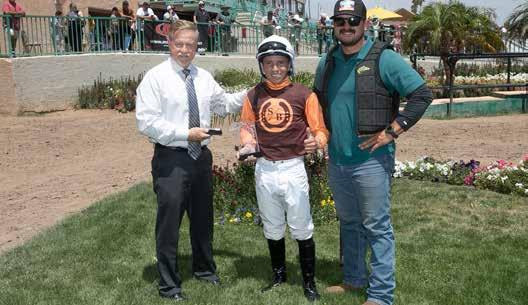
ARKANSAS HBPA
OAKLAWN PARK WRAPS UP STRONG MEETING
Oaklawn Park wrapped up its 2024–25 live racing season May 3 with strong numbers across the board, highlighted by competitive racing, recordsetting performances and key milestones.
“Another unforgettable season at Oaklawn,” said Oaklawn President Louis Cella. “The level of talent on our track, the support from fans and horsemen and the memories created over these 62 days reaffirm Oaklawn’s place as a premier racing destination. The racing community here continues to thrive, and we’re incredibly proud.”
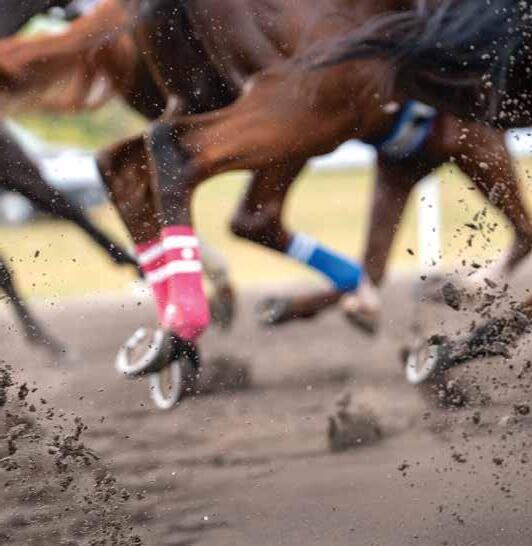
racing director
Legacy Downs of Lincoln, Nebraska and Horsemen’s Park of Omaha, Nebraska are seeking an individual to become the Racing Director at both Nebraska Thoroughbred Race Tracks. Both tracks are owned by the Nebraska HBPA.
We are seeking someone with ideas to successfully grow both facilities with expanded race dates and attendance. This unique opportunity is a full-time position with benefits. The salary is based upon experience.

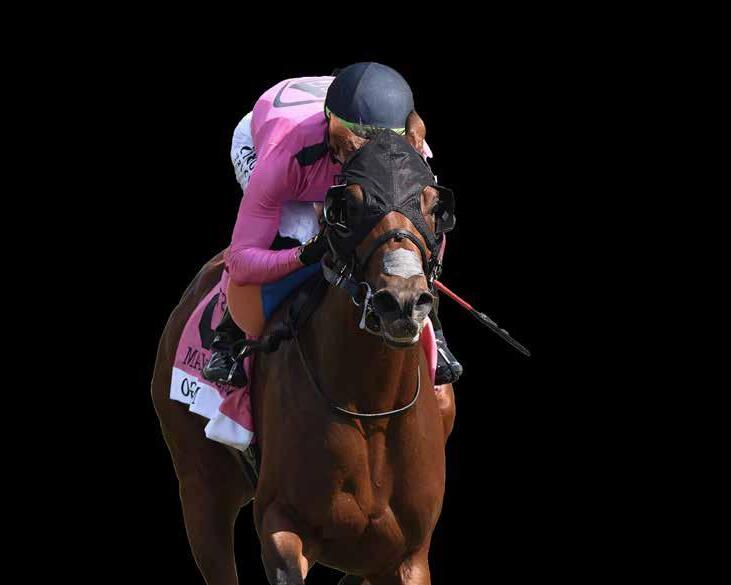


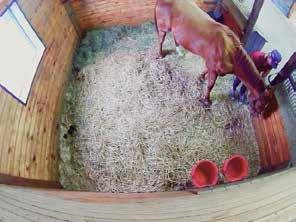

MANUEL AMERICANO ACCEPTS LEADING THOROUGHBRED JOCKEY HONORS.
Oaklawn conducted 621 races over the season, distributing $56,007,000 in purses, for a daily average of $903,338. With an average of 10 races per day, Oaklawn delivered strong, competitive racing by averaging 9.32 starters per race for fans to enjoy.
The average daily handle reached $6,737,332, generating a total meet handle of $417,714,571.
Participation remained strong, with 2,030 individual horses making at least one start, contributing to 5,788 total starts. Eighty jockeys and 186 trainers competed at Oaklawn this season.
“It’s incredible what we accomplished this season,” said Wayne Smith, general manager of Oaklawn. “Even after losing four Saturdays to weather, we ended up just 10 races shy of last year. That kind of resilience shows the passion of our horsemen, the dedication of our team and the unwavering support of our fans. It really was something special.”
Steve Asmussen and Karl Broberg’s End Zone Athletics Inc. tied for the leading owner title with 14 wins each. D. J. Stable LLC, St. Elias Stable, West Point Thoroughbreds and CJ Stables led all owners in purse earnings with $1,168,000. Steve Asmussen secured his record-extending 14th Oaklawn training title, winning 46 races and earning $5,497,570. Francisco Arrieta won his second Oaklawn riding title—and first outright—by winning 65 races and earning $5,081,352.
A record 13 trainers earned more than $1 million in purses this season compared to 11 last season, totaling $28,598,935. A total of 16 jockeys surpassed the $1 million earnings mark, combining for $45,086,467 in purses.
Other 2024–25 season milestones and highlights:
• John Ed Anthony’s Shortleaf Stables became the winningest owner in Oaklawn stakes history.
• Oaklawn’s track announcer Matt Dinerman reached 10,000 career race calls.
• Francisco Arrieta earned his 1,000th career win.
• Erik Asmussen was recognized as the Eclipse Award winner for outstanding apprentice jockey.
• Keith Asmussen achieved 100 Oaklawn wins.
• Trainer Jinks Fires reached 1,500 career wins.
• Trainer Cipriano Contreras marked 100 Oaklawn victories.
• Trainer Tom Van Berg earned his 300th career win.
• Jockey Walter De La Cruz reached 1,400 career wins, including 200 Oaklawn wins.
• Ricardo Santana Jr. joined the 2,000-career-win club.
• Tyler Bacon celebrated his 100th career win.
“This meet was defined by excellence—both in competition and community,” Cella said. “From new milestones to historic purse earnings, Oaklawn strives to set the standard for winter racing in America.”
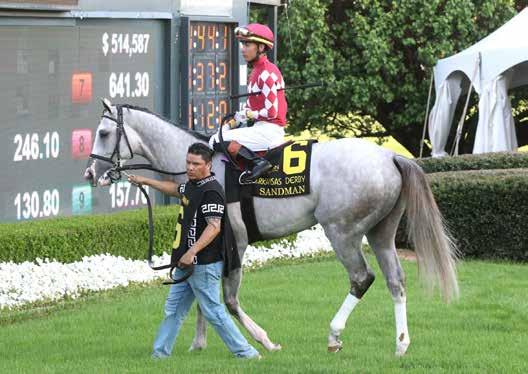
ILLINOIS HBPA
FAIRMOUNT PARK CELEBRATES 100 YEARS OF RACING
Fairmount Park celebrated its centennial year of racing on opening day, April 22. The racetrack also made history by ushering in a new era as Illinois’ first racing operation with live racing and casino gaming together under one roof.
A record crowd of more than 5,500 people turned out for a glorious day of racing, placing their bets on the horses and trying their luck in the casino. The temporary casino houses more than 270 slot machines and five electronic gaming tables, bringing a whole new energy and attracting a whole new crowd to our track. With the temporary casino in the grandstand, track owner Accel Entertainment plans to begin an estimated $95 million construction project on the permanent casino when the meet ends in October.
Things could not be any better for our downstate track, and the hope and optimism felt by the horsemen is abundant and pervasive.
We are grateful to have Vince Gabbert, senior vice president of U.S. gaming and general manager, overseeing things. He has done an incredible job connecting with the horsemen, listening to their concerns, addressing their needs and executing a plan that incorporated them into Accel Entertainment’s operational plan.
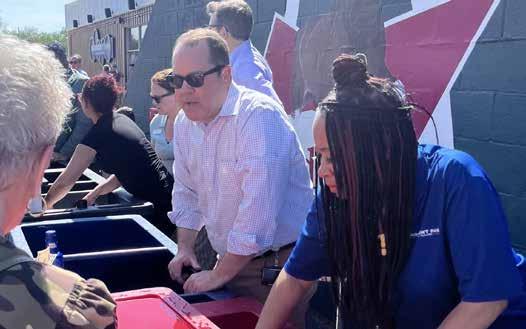
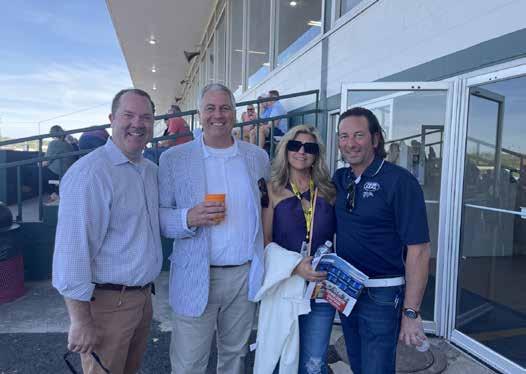
VINCE GABBERT, SENIOR VICE PRESIDENT OF U.S. GAMING AND GENERAL MANAGER, CONNECTS WITH PATRONS WHILE DISHING OUT COLD DRINKS ON OPENING DAY AT FAIRMOUNT PARK.
(FROM LEFT) FAIRMOUNT PARK SENIOR VICE PRESIDENT OF U.S. GAMING AND GENERAL MANAGER VINCE GABBERT, ILLINOIS HBPA PRESIDENT JIM WATKINS, HBPA BOARD MEMBER CYNTHIA RUSH AND HBPA LOBBYIST JOHN COSTELLO TAKE IN A DAY AT THE RACES.
LIANNE ADAMS PHOTO
CYNTHIA RUSH PHOTO
HIGHLIGHTS OF THE 2024-25 OAKLAWN PARK MEETING INCLUDED SANDMAN’S VICTORY IN THE GRADE 1 ARKANSAS DERBY UNDER JOSE ORTIZ.
In just a few short months at the helm, besides increasing purses, which has helped overall field size, he has worked diligently to make sure the betting public is more aware of the product. He has worked closely with professional handicappers, online wagering services and friends of the industry to give them an outlet to watch and wager, especially on Tuesdays, when there is a little less competition for the wagering dollar.
Vince also made changes to the wagering menu to align with industry standards and introduced pick fours and pick fives with a reduced takeout, which are already proving to be wildly popular among bettors.
Illinois HBPA President Jim Watkins attended a lecture April 7 at Southern Illinois University Simmons Law School at Carbondale, where Daniel Suhr of the Center for American Rights was the guest speaker.
Suhr spoke about how he believes the private non-delegation doctrine will save horse racing from what we believe is HISA’s unconstitutional grip on our industry. He believes the National HBPA’s case will be heard by the Supreme Court and that we will prevail. It was a very powerful lecture and hopefully inspired many future lawyers to defend our constitutional rights, even as the National HBPA and its chapters work tirelessly to fight HISA. We await the Supreme Court’s decision to hear our case with great anticipation.
The Illinois HBPA will proudly host the National HBPA’s executive committee meetings for the first time in June. In addition to the meetings and networking, we have a fun and exciting itinerary planned to showcase a little of what downstate Illinois and the metro-east has to offer, including attending a St. Louis Cardinals game.
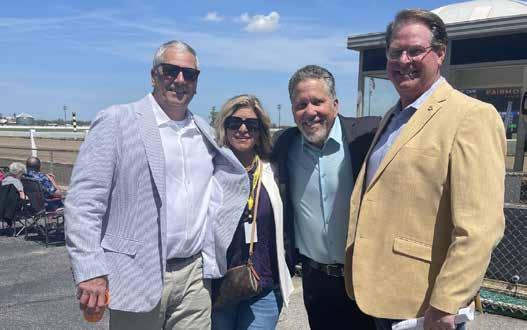
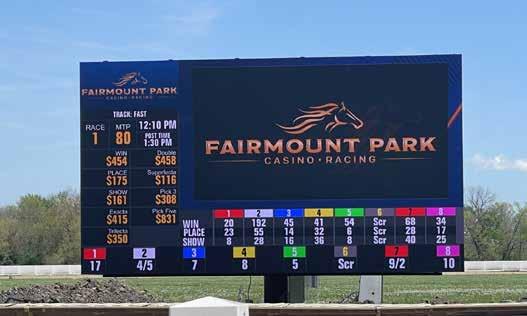
IOWA HBPA
2024 RACE MEET AWARD WINNERS HONORED
The annual Iowa HBPA Awards for the 2024 race meeting were given out May 10 at Prairie Meadows in conjunction with the Iowa Thoroughbred Breeders and Owners Association.
Allen Poindexter, a longtime Iowa HBPA director and supporter of Iowa racing and breeding, earned the title of 2024 Iowa HPBA Owner of the Year. Poindexter’s 18 winners last season under the Poindexter Thoroughbreds LLC banner included three straight tallies by the veteran Florida-bred gelding Drill’s L’il Man, who won for the ninth time at Prairie Meadows August 19.
Annual Budget, who won three of his six starts and earned $77,487 during his 4-year-old season, took home Iowa HBPA Claiming Horse of the Year honors. The son of Upstart, bred by Mamas Thoroughbreds LLC, scored three wins in July. Annual Budget finished the 2024 Prairie Meadows season with three wins, a second and a fourth from his six starts.
Longtime Iowa mainstay Jon Arnett emerged as the leading trainer at Prairie Meadows for the third consecutive season, and the successful horseman earned recognition as the Iowa HPBA Trainer of the Year for 2024. Arnett sent out 54 winners last season, logging just over $1 million in earnings off a 23% win rate and a 54% in-the-money rate. Arnett sent out a pair of four-time winners last season, including Keen Cat, who scored his fourth win and third straight of the meet in mid-August.
Off his 5-for-5 season at Prairie Meadows last year, Seventeen Black returned to the spotlight as Iowa HBPA Horse of the Year. Poindexter bred the talented son of Mendelssohn out of his Harlan’s Holiday mare American Sugar. Seventeen Black made his first 11 starts in California before winning his Iowa debut in June. He stepped into open company August 18 to record his fourth straight win. Running in Iowa for Poindexter Thoroughbreds, EIK Ranch of trainer Kevin Eikleberry and AG Racing Stables, Seventeen Black capped his season by winning the Governor Terry E. Branstad Stakes on Iowa Classic Night. Seventeen Black finished 2024 with six wins in eight starts and earnings of $188,444.

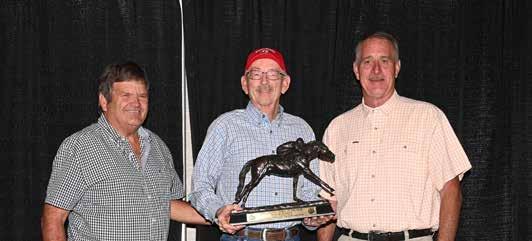
FAIRMOUNT PARK UNVEILED A NEW TOTE BOARD IN TIME FOR ITS 2025 OPENING DAY CARD.
(FROM LEFT) ILLINOIS HBPA PRESIDENT JIM WATKINS, HBPA BOARD MEMBER CYNTHIA RUSH, FANDUEL TV ANNOUNCER PETER LURIE AND NATIONAL HBPA CEO ERIC HAMELBACK AT FAIRMOUNT PARK’S OPENING DAY.
IOWA HBPA VICE PRESIDENT JOE KELLY (RIGHT) WITH THE CONNECTIONS OF 2024 CLAIMING HORSE OF THE YEAR ANNUAL BUDGET, JON ARNETT (LEFT) AND DANNY STAFFORD
2024 OWNER OF THE YEAR ALLEN POINDEXTER WITH MHETZ SALADAGA HUGHES (LEFT) AND IOWA HBPA VICE PRESIDENT JOE KELLY (RIGHT)
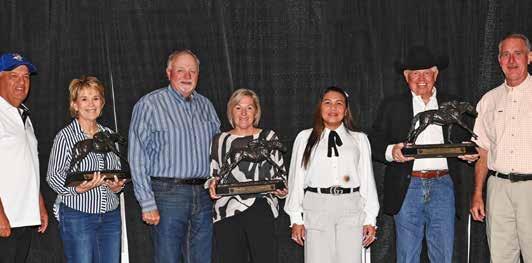
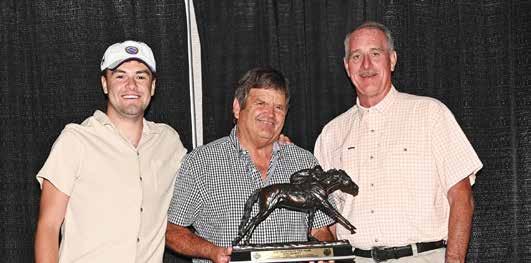
IOWA HBPA NEWS
To keep up to date on news and issues occurring in Iowa, you can find us on our Facebook page, Iowa Horsemen’s Benevolent and Protective Association, Inc.; follow us on Twitter, @IowaHBPA; and sign up to receive our emails at info@ iowahbpa.org. You also can check out our website at iowahbpa.org.
KENTUCKY HBPA
SPRING WEATHER IMPACTS BLUEGRASS STATE
The spring months in the Bluegrass were trying ones, to say the least, thanks to Mother Nature. Severe weather across Kentucky had significant ramifications for the state’s horsemen and racing operations.
Ellis Park was especially impacted, suffering extensive damage from severe flooding and high winds. Much of the barn area remained underwater for nearly a week, causing damage to infrastructure including roads, roofing, stalls and power lines. As a result, the track’s opening for horsemen was delayed by several weeks to June 1.
Keeneland Race Course’s spring meeting also faced challenges due to inclement weather, necessitating the rescheduling of its first two cards. While not ideal, the decision was made out of an abundance of caution to ensure the safety of our equine athletes, horsemen and patrons. Thanks to the resilience and dedication of our horsemen and the Keeneland team, we were still able to host a terrific meet in Lexington.
The 151st Kentucky Derby was a historic success. The NBC Sports broadcast of the Derby peaked at 21.8 million viewers, marking the highest audience ever. Wagering also reached new heights, with $234.4 million bet on the Derby alone and $473.9 million in all-sources handle during Derby Week. A sincere thank you to our horsemen and the Churchill Downs team for delivering yet another record-breaking Derby experience.
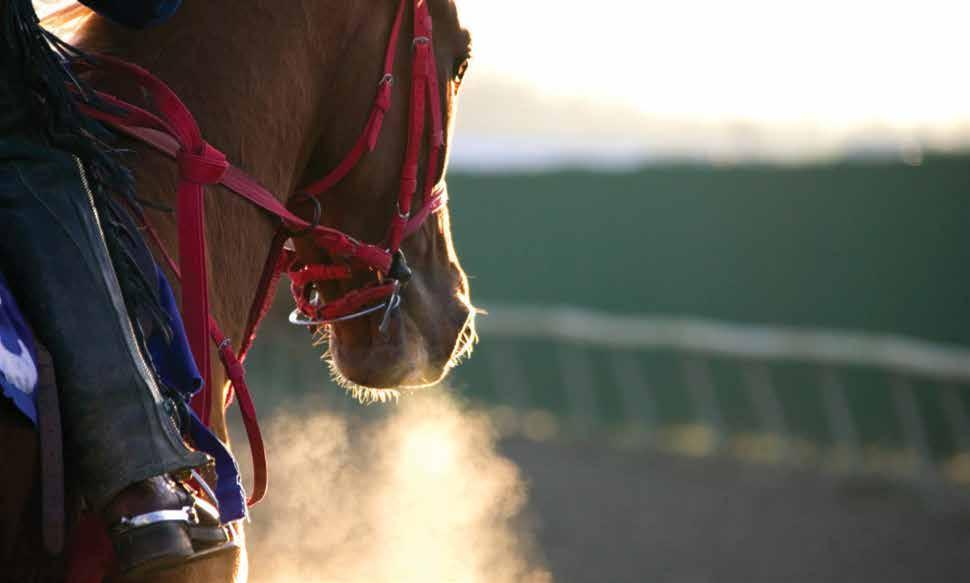
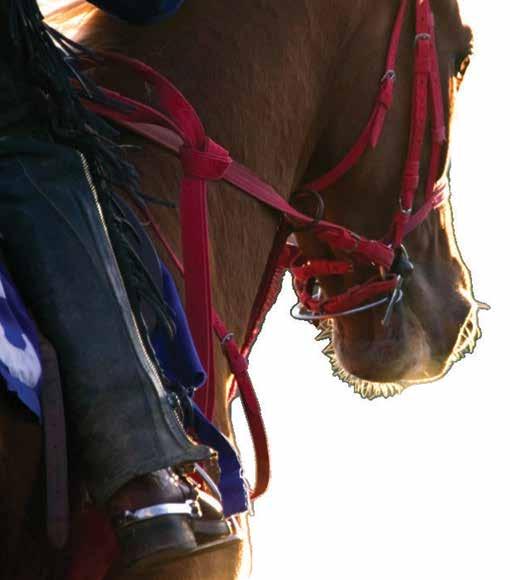
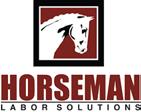





Looking ahead, Ellis Park has yet to release its 2025 condition book, but expectations are high. Maiden races are anticipated to be raised to $100,000, supported by contributions from Kentucky Downs and the new Owensboro Racing and Gaming facility. These developments make Ellis Park a highly attractive summer home for horsemen in 2025 and beyond.
Kentucky Downs’ 2025 meet will feature 18 stakes offering a combined $30.5 million in purses. The highlight will be the $3.5 million, Grade 3 Nashville Derby. The seven-day meet is set to run from August 28 through September 10. With some of the most lucrative maiden and allowance purses in the world, the Franklin, Kentucky, track continues to be a premier summer destination for racing.
Meanwhile, Turfway Park and Churchill Downs Trackside will remain open for training throughout the summer, ensuring year-round facilities and flexibility for Kentucky’s horsemen.
A heartfelt thank you to all our horsemen, racetrack leadership and state legislators for their collaboration and continued efforts in making the racing product in the Commonwealth the success that it is today.
See you at the track.
MOTT, COX SAVOR SPRING SUCCESS AT CHURCHILL DOWNS
As the late, great Churchill Downs-based Lynn Whiting (circa 1992 with Lil E. Tee) used to tell newcomers to the fraternity of Kentucky Derby-winning trainers, “It never washes off.” The same is true of being a “Kentucky guy.” Once one, always one.
So Hall of Famer and Kentucky guy Bill Mott’s second Kentucky Derby victory—this time with Godolphin’s Sovereignty and jockey Junior Alvarado hitting the wire first, after his first win came when Country House was moved up upon Maximum Security’s disqualification—was an extremely popular result on
the Churchill Downs backside. Mott evolved as a trainer in Kentucky, going from the South Dakota fair circuit to assistant trainer for Bob Irwin and Jack Van Berg to his own stable at first populated with a lot of claiming horses to developing a steady flow of graded stakes winners.
Mott moved to New York when hired by Bert Firestone in 1986. While he’s been based back East ever since, Mott has always kept a division at Churchill, which for the last two decades has been overseen by assistant trainer Kenny McCarthy.
Churchill is almost hallowed ground to Mott. He was the track’s all-time win leader from 1986 when his 272nd win surpassed Henry Forrest until 2017, when he was passed by Dale Romans’ 703rd victory under the Twin Spires. (In 2020, Steve Asmussen seized the title from Romans with his 738th win.)
“I listened to my first Derby, I guess, when I was probably 14 years old,” Mott said at the Kentucky Derby winner’s press conference. “And I was sitting in the front seat of a GMC pickup with a trailer behind it. It was owned by Keith Asmussen [Steve’s dad], by the way. I listened on an AM radio to the call of the race of Proud Clarion winning the Derby with Bobby Ussery up. From where I started—that was Fort Pierre, South Dakota—never dreaming that I’d ever come to Kentucky … and to wind up having the win title here and winning so many races here, I was very proud of that. I look back at that time, and I couldn’t even imagine being at Churchill Downs. It was just a dream that was even too far away for me. And to be sitting up here, and thinking back at that, whether it was 1967 or what it was, it’s like going to outer space.
“I’ve raced here at Churchill Downs for over 45 years,” Mott continued. “I’ve been in the same barn here at Churchill Downs since 1980. And now these young guys, they’ve gone past me. All these records are meant to be broken. But Churchill has really been special for me in my growth as a trainer. And I’ve trained for so many really good people from Kentucky that have supported me, and this has just carried over to today. And this was the icing on the cake. But I still want to win more.”
SOVEREIGNTY GIVES GODOLPHIN THE OAKS-KENTUCKY DERBY DOUBLE AND HALL OF FAME TRAINER BILL MOTT HIS SECOND DERBY SCORE.

The day before the Derby, lifelong Louisvillian Brad Cox—one of those young guys not yet born when Mott began training—won his third Kentucky Oaks with Godolphin’s unbeaten Good Cheer and jockey Luis Saez. With Sovereignty’s victory, Sheikh Mohammed’s international racing and breeding operation became the first owner to sweep the Oaks and Derby in the same year since Calumet Farm in 1952.
“They’re all very special, all different but all very meaningful,” said Cox, who also won the 2018 Kentucky Oaks with Monomoy Girl and the 2020 COVIDdelayed running with Shedaresthedevil. “Good Cheer stacks race on top of race. Seven starts in seven wins is an amazing accomplishment.
“Growing up here, the Oaks meant a lot; obviously, we didn’t have to go to school on that Friday, so that was good,” the Iroquois High School graduate said with a laugh. “Look, it’s a very special race and a hard race to win. I would admit it’s probably not as hard as the Derby; you have to run against 13 other fillies where in the Derby you run against 19 other colts most of the time. They’re both very tough to get to, let alone win.”
Good Cheer’s Oaks triumph gave Cox his 29th individual Grade 1 winner and his 55th Grade 1 victory overall, all since 2018 when two-time champion Monomoy Girl captured Keeneland’s Ashland Stakes. Good Cheer was able to pick up where her stablemate Immersive left off after she was sidelined following a 4-for-4 season capped by last year’s Breeders’ Cup Juvenile Fillies and the 2-year-old filly championship, also for Godolphin.
“I have to start with thanking Godolphin for the opportunity,” Cox said. “Obviously very good fillies with incredible pedigrees and raised right. To have both fillies, 11-for-11, one a champion and maybe Good Cheer can end up 3-year-old champion. And Immersive is back breezing, and we’re excited about her. I don’t know if there are enough big races to separate them, but we’re hoping to be in that position at some point.”
While Kentucky can’t claim Preakness winner Journalism (except for the fact that he, as well as six other horses in the field of nine, was born in
Kentucky—and all nine were sired by Kentucky stallions) or his California-based trainer Michael McCarthy, we do claim runner-up Gosger. Brendan Walsh has made Kentucky his main base since he began training in 2012, and today he has divisions at every Kentucky track open for stabling.
In the Preakness, Gosger prompted the pace in his first start since winning Keeneland’s Grade 2 Stonestreet Lexington Stakes, taking a 5-length lead with an eighth to go. If Umberto Rispoli and Journalism hadn’t bulled through a rapidly shrinking hole in the upper stretch to win by a half-length, 15-1 Gosger would have given Walsh his first Triple Crown triumph.
“I’m disappointed not to win it, but I’m not disappointed in the horse,” Walsh said. “He ran a great race, and he will improve off this. Luis [Saez] got off him and said, ‘This is a hell of a horse.’ Maybe we will get our turn the next time. I thought we were home when he opened up. Luis said at the end, he just got a little bit lackadaisical, and he was out on his own maybe a little too long, and the other horse came by and flew by him. He is a horse to look forward to, absolutely.”
Another Kentucky guy, native Louisvillian Whit Beckman, finished second in the Kentucky Oaks with 32-1 shot Drexel Hill and jockey Ben Curtis rallying from last to pass every filly but the favorite.
“Really, really happy with that,” said Beckman, in only his fourth full season of training. “She came out a little flat, trailed the field. But when Ben got her set down, she just made one of the most gutsy efforts I could ever imagine for her and just came up a little short. I knew it was going to be tough to get there, chasing that filly. But it was an absolute thrill. ‘Almost’ usually is no fun, but ‘almost’ in the Oaks feels a lot better.”
—Jennie Rees
GODOLPHIN’S GOOD CHEER KICKS OFF A BIG WEEKEND FOR KENTUCKY HORSEMEN WITH HER VICTORY IN THE 151ST KENTUCKY OAKS FOR TRAINER BRAD COX.
• Purse increases in 2025
• Open year around with stalls available
• New casino with 270 machines
• We offer Backside Dorms, Kitchen and RV Hookups

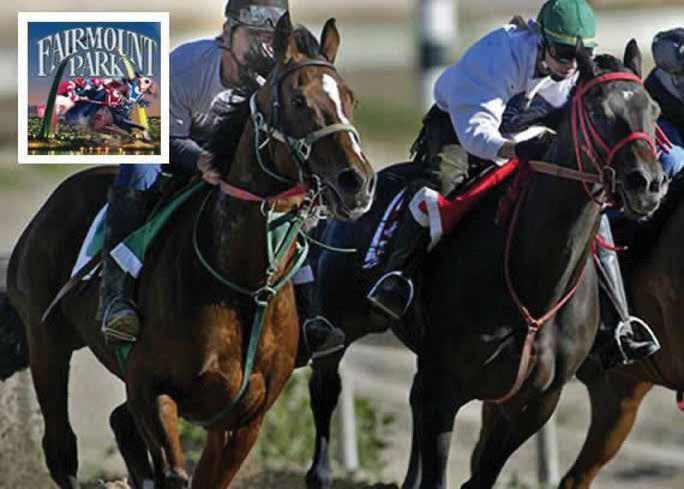
• We have Benevolence for Dental, Medical, Burial, Eye Care and Employee Assistance
• Social Activities, Family Events and Horsemen’s Services

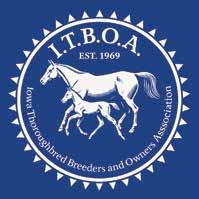
or 800-577-1097
The HBPA, established in 1940, is an organization of owners and trainers, approximately 40,000 nationally in 23 states and Canada and more than 6,000 in Kentucky. The association is governed by a board of directors consisting of owners and trainers volunteering their time and elected by the membership every three years. The HBPA is committed to working for the betterment of racing on all levels. The HBPA represents owners and trainers on several fronts:
• The HBPA negotiates with each racetrack regarding purse structure, equitable share of simulcast revenues, overall track safety, sanitation and security.
• The HBPA provides benevolence to horsemen in need, education and recreation programs to the backstretch and various insurance packages that include—free of charge to members—fire and disaster insurance. Visit one of the fully staffed HBPA offices at the currently running racetrack in Kentucky for details.
• The HBPA works in conjunction with the chaplaincy program and the Kentucky Racing Health and Welfare Fund to provide support and benefits for horsemen.
• The HBPA supports scientific research and marketing initiatives on a regional and national level to help promote interest in Thoroughbred racing.
• The HBPA is at the forefront in litigation and legislation on issues involving horsemen’s rights with regards to interstate simulcasting, proprietary rights, casino gambling, therapeutic medication, sports betting and many other areas of concern to horsemen.
HOW CAN I JOIN?
You are invited to drop into the HBPA office to meet the staff and learn more about current projects and how you can get involved in helping to improve the industry. There are no membership fees. Remember that this is your
organization. Become an active participant and one of the “horsemen helping horsemen.” To join, all you need to do is fill out our membership card and fax, mail or email it back to us. For more information, please visit our website at kyhbpa.org and click on “Become a Member.”
LOUISIANA HBPA
EVANGELINE DOWNS
Racing Employees Assistance Program is an organization that supports the good work of our Chaplain Dwight Brown and provides financial assistance to horsemen in need. REAP will hold its annual fundraiser August 2 in Mojo’s at Evangeline Downs. We would like to thank everyone who supports the event each year. For more information regarding this year’s event, call Chaplain Brown at (337) 308-0960.
The 2025 Thoroughbred meet began April 4 and ends Labor Day, September 1. The D.S. Shine Young Futurity divisions for fillies and for colts and geldings will be conducted August 1-2. The Louisiana Stallion Stakes divisions for fillies and colts presented by Coteau Grove Farms also will run August 1-2 with purses of $75,000 each. For additional information, contact the Evangeline Downs racing office at (866) 349-0687.
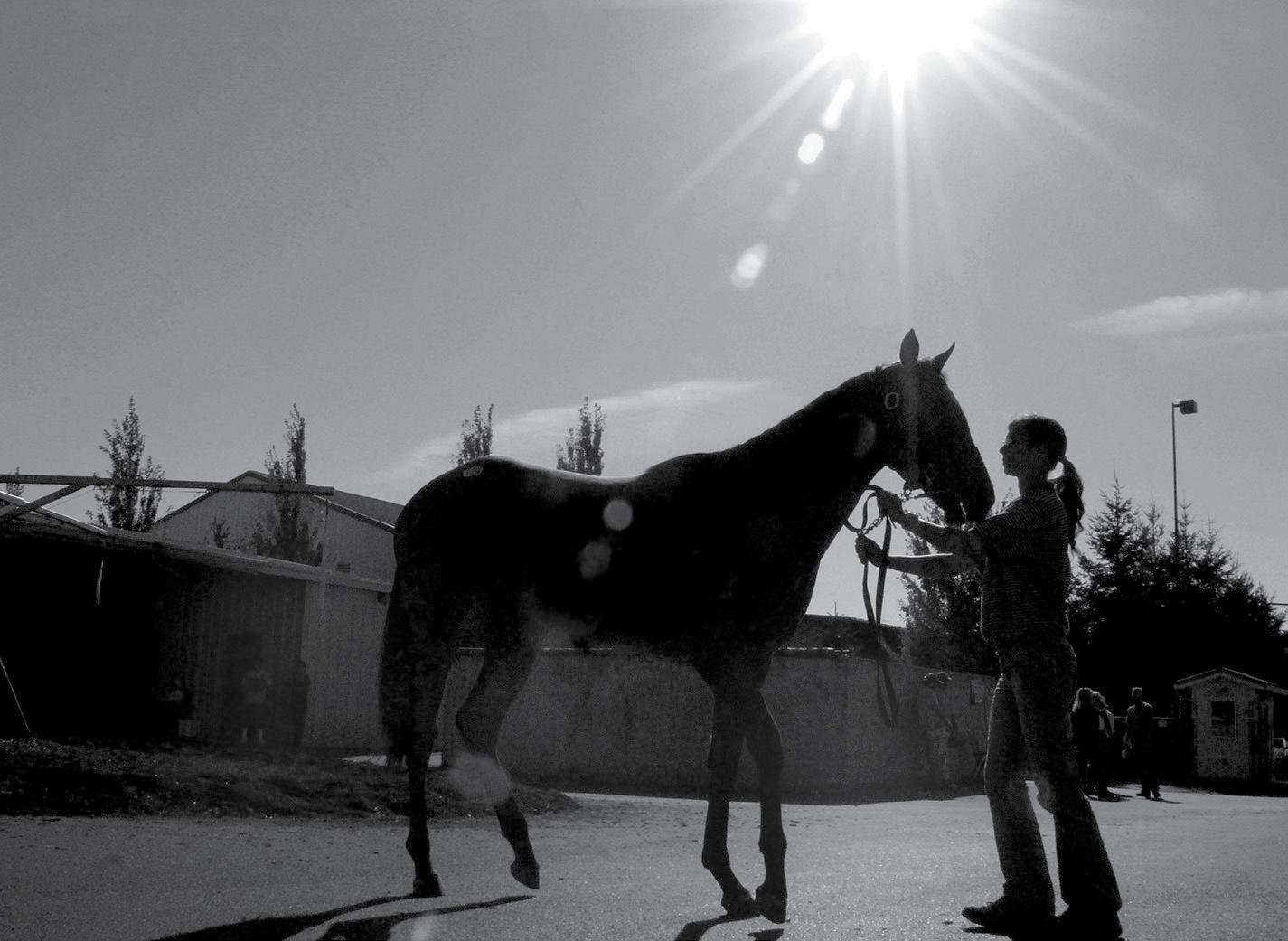
LOUISIANA DOWNS
The Backside Benevolence Fund will conduct its annual Chaplain’s Banquet in late August/early September along with the annual golf tournament. Items will be available for live and silent auction at the banquet. Proceeds will help the BBF continue supporting the Louisiana Downs Chaplaincy, thrift store and backside workers. If you would like to help the BBF, please contact Chaplain Jimmy Sistrunk at (318) 560-7466.
The 2025 Thoroughbred meet began May 3 and concludes September 23. On August 30, Louisiana Downs will host Louisiana Cup Day, featuring $450,000 in purses for Louisiana-breds. The highlight of the meet will be the return of the Louisiana Downs Super Derby featuring an estimated purse of $250,000 September 6. For additional information, contact the Louisiana Downs racing office at (318) 741-2519.
DELTA DOWNS
The 2025 Quarter Horse meeting began April 25 and ends July 12, featuring the $200,000-added (last year’s purse was more than $600,000) Lee Berwick Futurity for 2-year-olds to be contested July 12. Trials for the Lee Berwick were set for June 20. For additional information, contact the Delta Downs racing office at (888) 589-7223 or LQHBA at (318) 487-9506.
FAIR GROUNDS QH MEET AT DELTA DOWNS
The 2025 Fair Grounds Quarter Horse meet at Delta Downs is scheduled to begin July 24 and run through August 30. The meet will feature the LQHBA Sales Futurity August 30 with an estimated purse of $650,000. The trials are to be held August 9. For additional information, contact the Delta Downs racing office at (888) 589-7223 or the LQHBA at (318) 487-9506.
OHIO HBPA
THISTLEDOWN’S 2025 SEASON UNDERWAY
Thistledown kicked off its 100-day meeting April 21. Shadowy won the first stakes of the season May 3 with a victory over stablemate Villian in the $75,000 Michael F. Rowland Memorial Stakes over a sloppy track. Trained by Tim Hamm for his owners/breeders Blazing Meadows Farm and Brian Kahn, Shadowy covered 6 furlongs in 1:12.04 under Erik Barbaran while defeating 11 other Ohio-accredited colts and geldings.
Shadowy, a 4-year-old son of National Flag, collected his sixth win from 14 starts in the Rowland and sent his earnings to $269,680. Villian, also by National Flag and trained by Hamm, finished willingly for the place and 31/4 lengths clear of Lust for Life in third.
The Grade 3, $500,000 Ohio Derby highlighted the meet at Thistledown Saturday, June 21. Thistledown’s 2025 Best of Ohio day will take place Thursday, August 14.
Thistledown’s normal weekly schedule features live racing Monday through Thursday with a 12:50 p.m. ET first post. The season runs through October 9.
FLOODING DELAYS BELTERRA PARK OPENING
Large-scale flooding of the Ohio River led to a two-week delay in stabling at Belterra Park. The live racing schedule also was delayed two days with opening day of the 93-day meet taking place on Kentucky Derby Day, Saturday, May 3. The racing office was moved to temporary trailers to begin the racing season due to damage caused to the ROC building by the flooding.
Live racing will take place at Belterra Park on a Wednesday through Saturday schedule throughout the season with a 12:35 p.m. ET first post. Racing at Belterra runs through October 4.
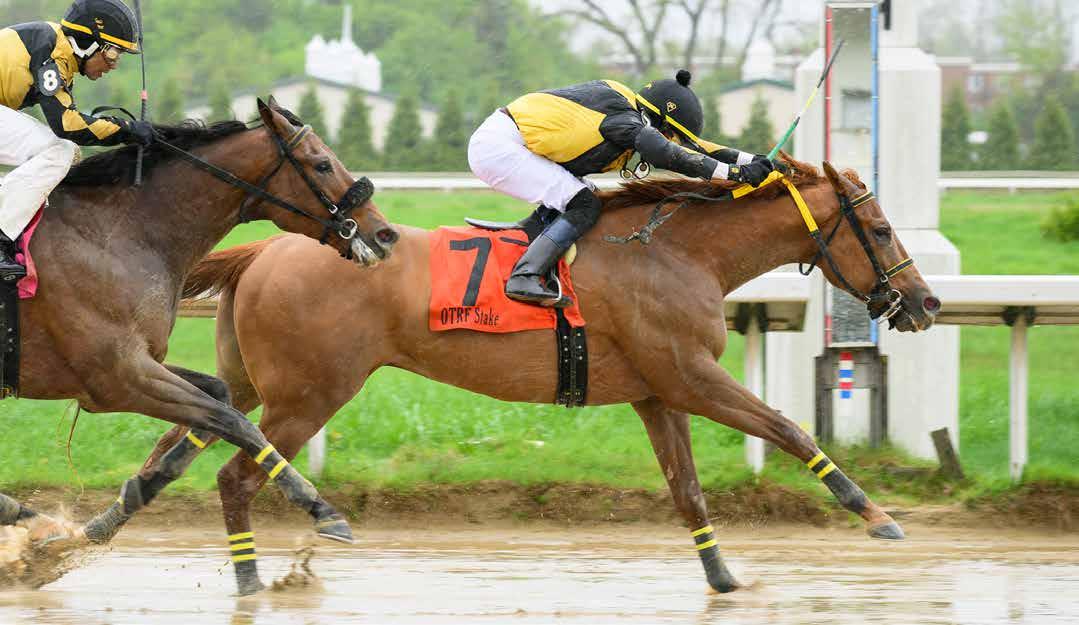
SHADOWY ROLLS TO VICTORY IN THE MICHAEL F. ROWLAND MEMORIAL STAKES UNDER ERIK BARBARAN MAY 3 AT THISTLEDOWN.
TRADITION OF SUCCESS
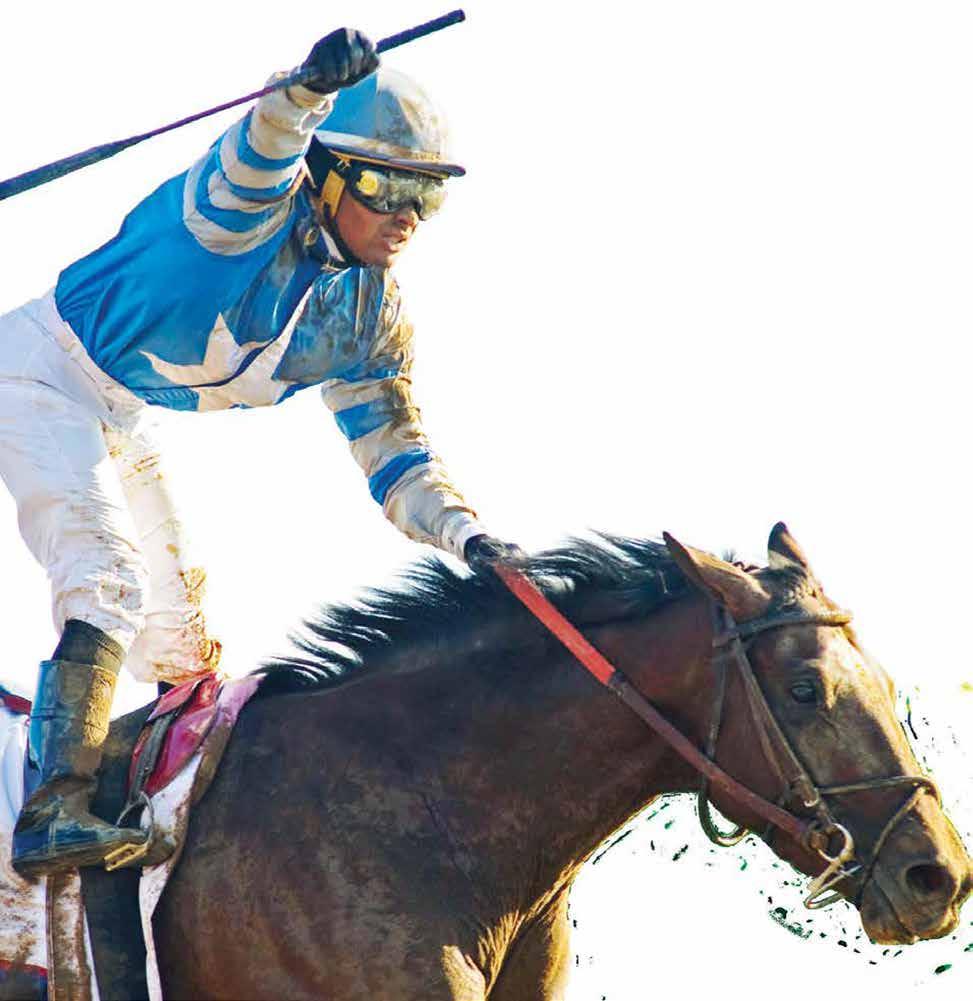
TRADITION OF SUCCESS
Since 1973, Race Track Industry Program graduates have been united by passion–for the horse, for racing, for making their own mark. This passion and drive connects them long after the degree has been earned
Since 1973, Race Track Industry Program graduates have been united by passion–for the horse, for racing, for making their own mark. This passion and drive connects them long after the degree has been earned and careers have been launched.
From winning Triple Crowns to running racetracks, managing bloodstock enterprises to calling races,
From winning Triple Crowns to running racetracks, managing bloodstock enterprises to calling races, RTIP alumni are leading the industry.
Become a part of this legacy.
WILL ROGERS WRAPS UP 2025 SPRING SEASON
Will Rogers Downs wrapped up its 28-day spring Thoroughbred racing schedule May 14, the first season run with new barns built following the destructive tornado of May 2024. Average field size increased slightly compared to last spring.
Bryan Hawk’s homebred 3-year-old Omaha Beach colt Mister Omaha stole the spotlight from the older horses as the most notable and exciting runner at Will Rogers Downs this season. Following a facile victory in the Welder Stakes in March, his 181/4-length romp in the $55,000 Will Rogers Handicap for Oklahomabred 3-year-olds going 1 mile May 3 came under a 127-pound high weight and was accomplished with ease in front of a healthy on-track crowd. He’s one to watch as he steps up to take on graded stakes company outside of Oklahoma this year.
Overall, our most shining moments came in the stakes and handicap divisions, including Mandolin Wind’s victory in the David Harum Handicap in April.
Alfredo Triana Jr. finished as the meet’s leading jockey with 27 wins, six more than Richard Eramia and Elvin Gonzalez. The contentious trainer division went to the wire with Joe Offolter, who trains Mister Omaha, winning 14 races. Juan Padilla finished second with 12 wins.
The 13th annual Champion Awards Banquet and Auction honoring the 2024 Oklahoma-bred champions will be Thursday, August 14, at the National Cowboy Hall of Fame. Invitations and winners will be announced at a later date. HJ

FRIDAY, AUGUST 22
WEDNESDAY, AUGUST 26
For more information or to reserve space, contact The Horsemen’s Journal advertising department at 515-508-1811 or advertising@hbpa.org


